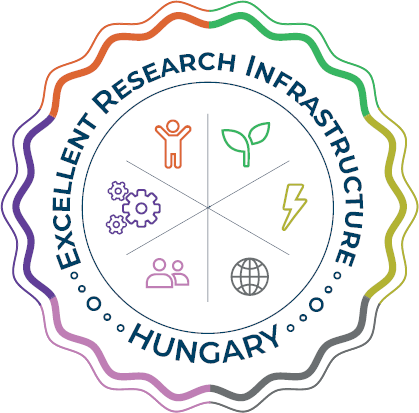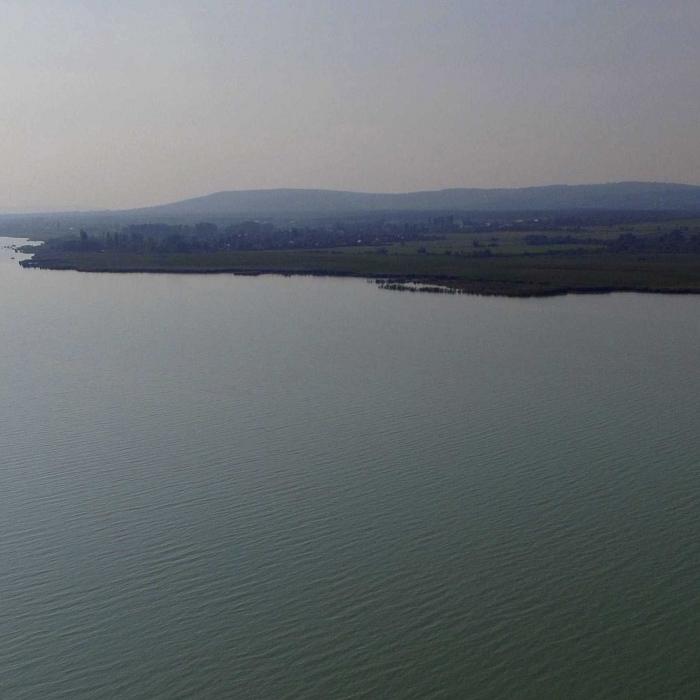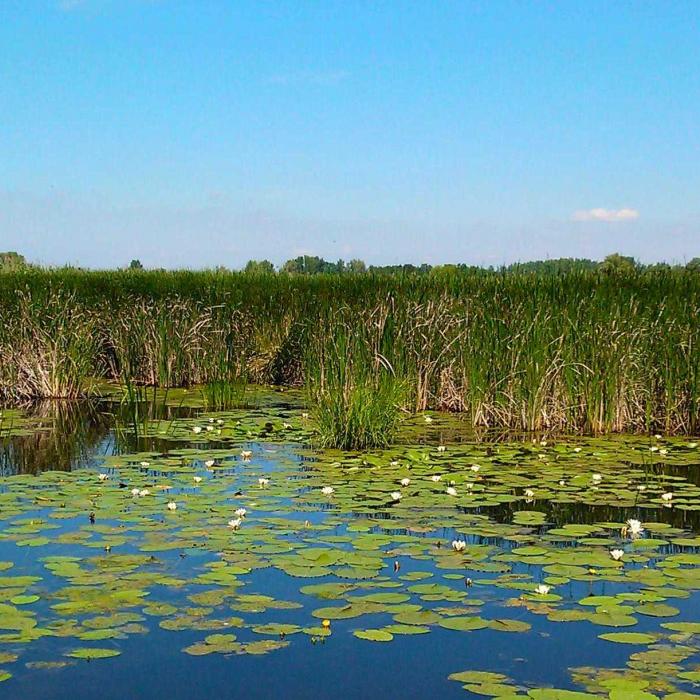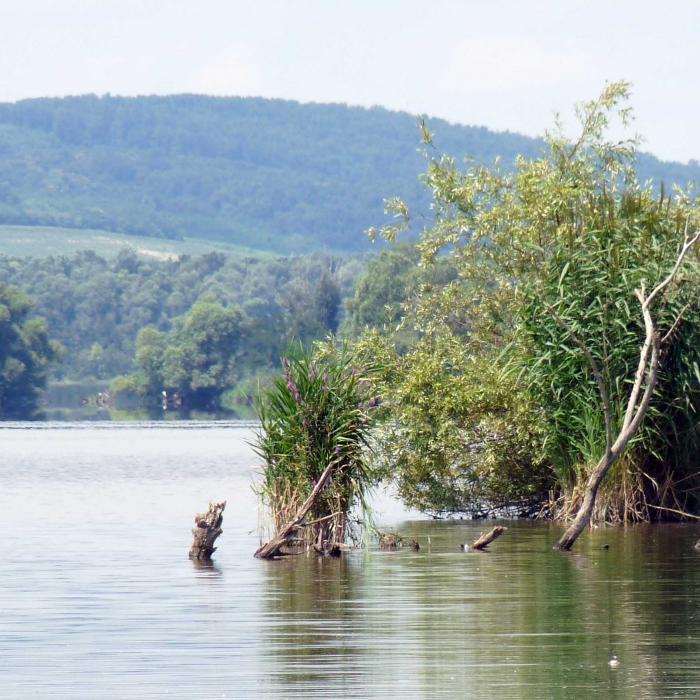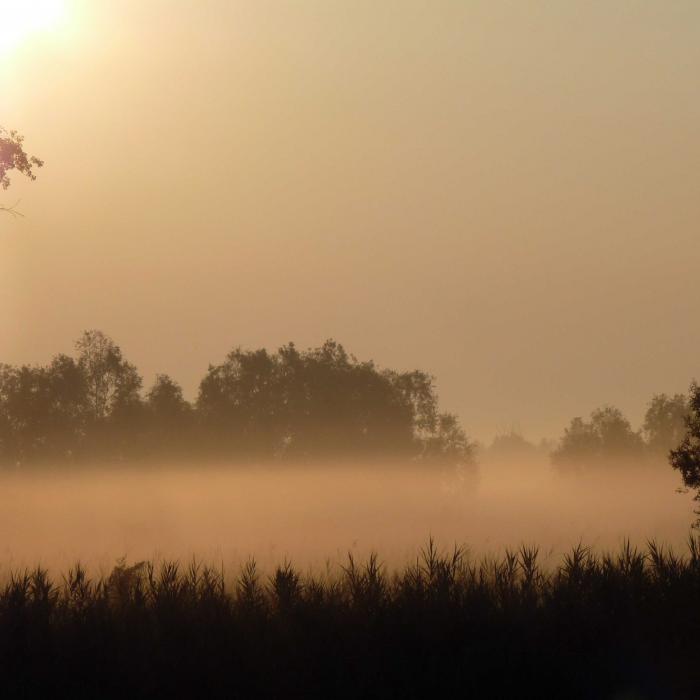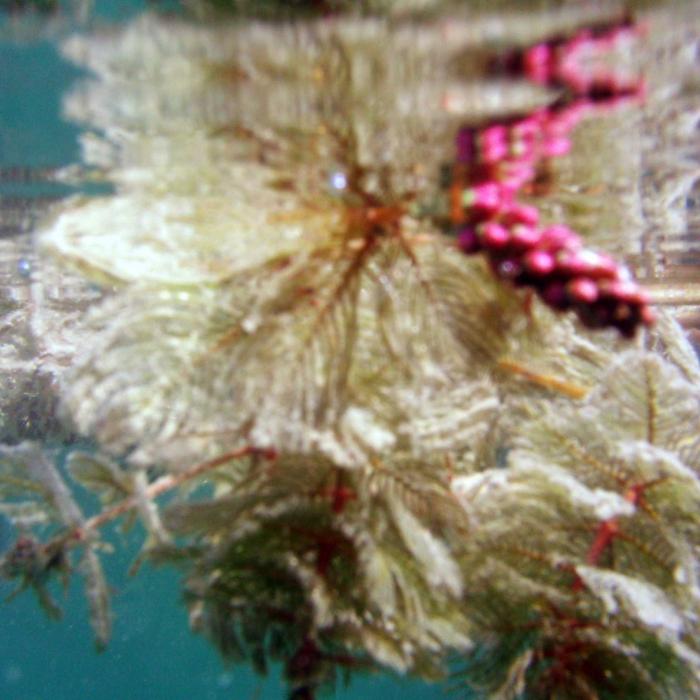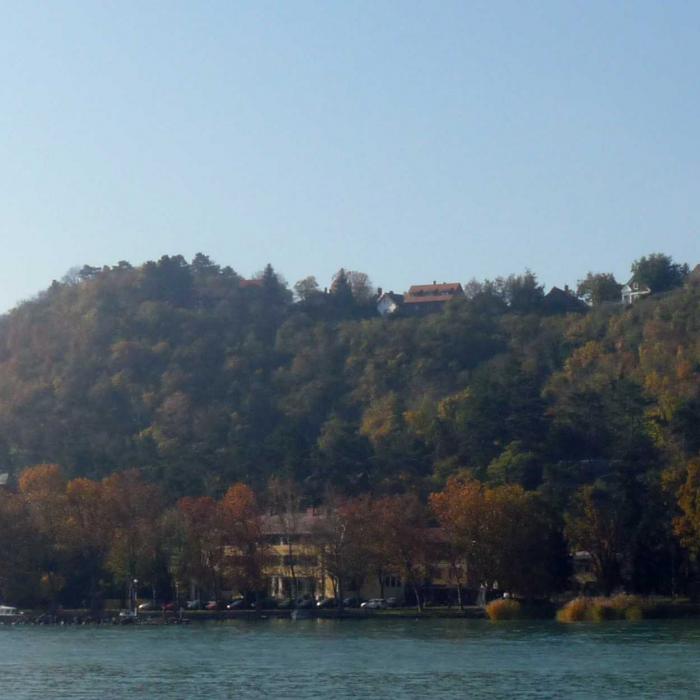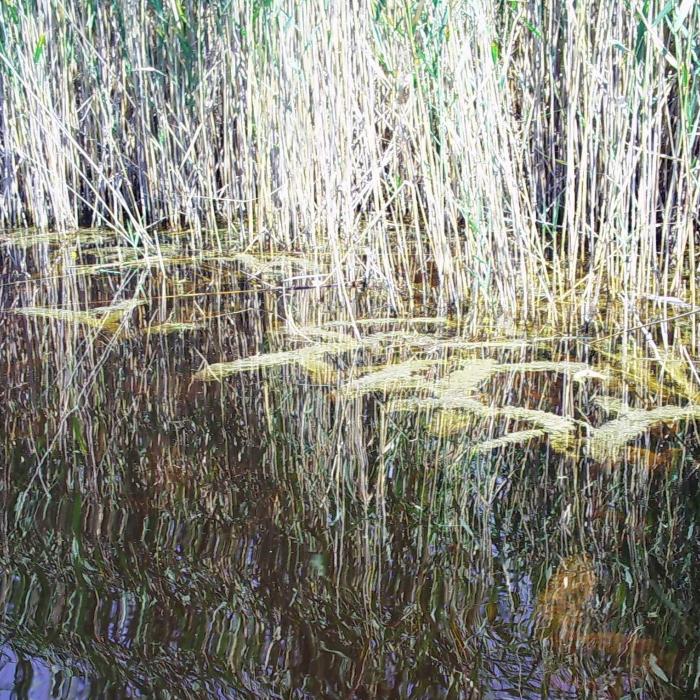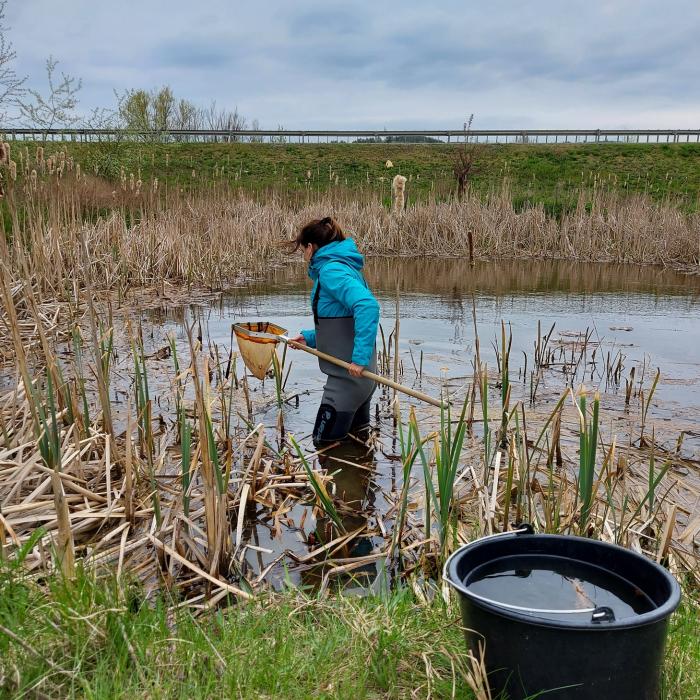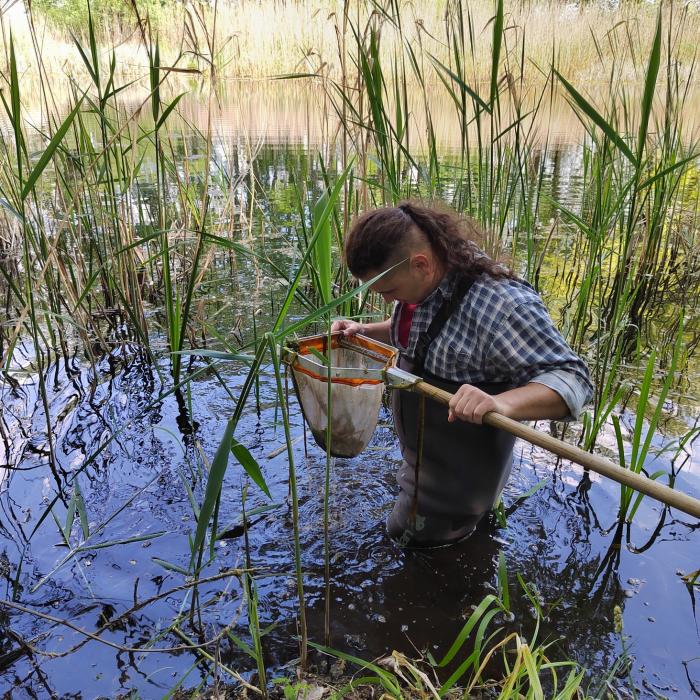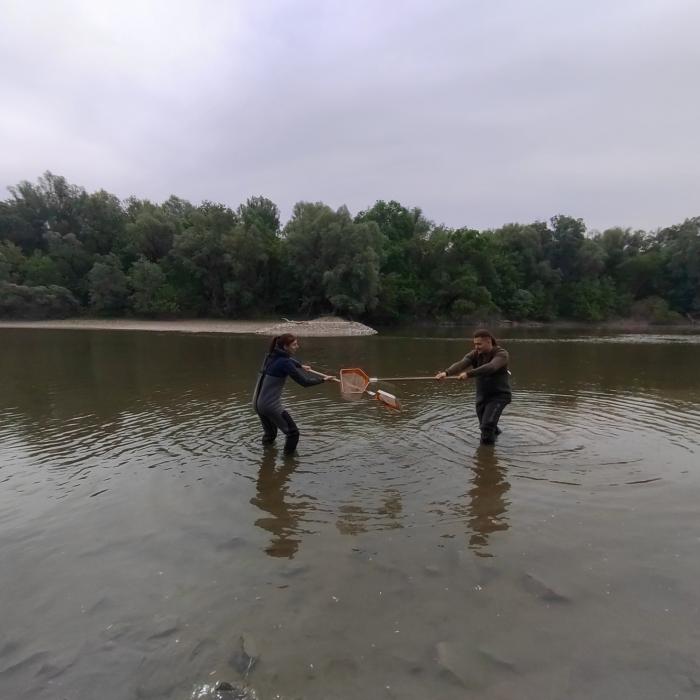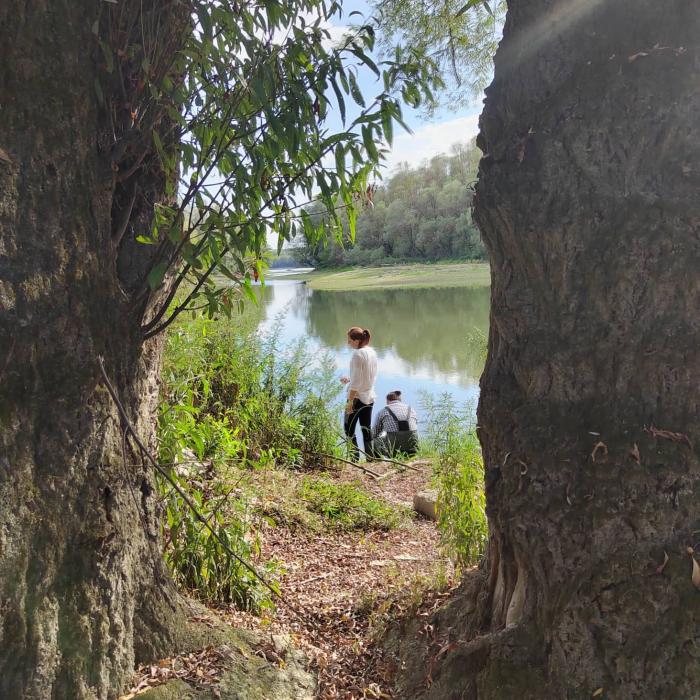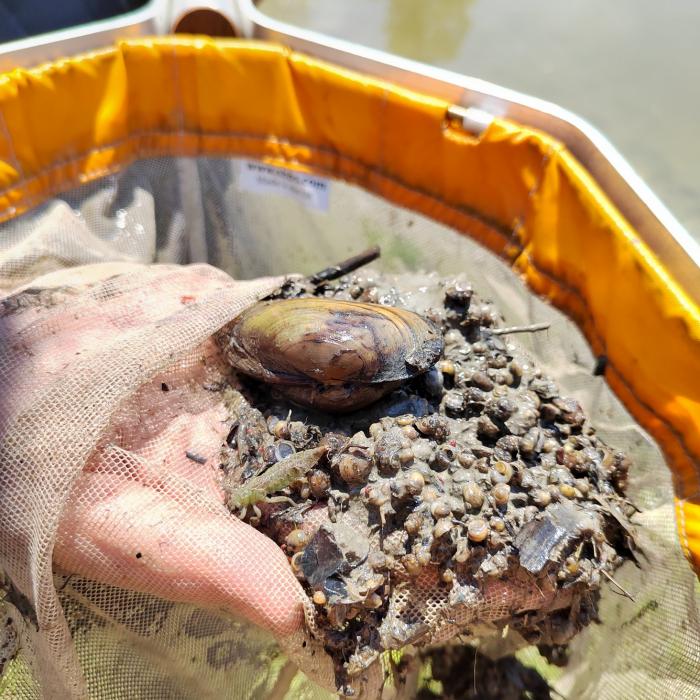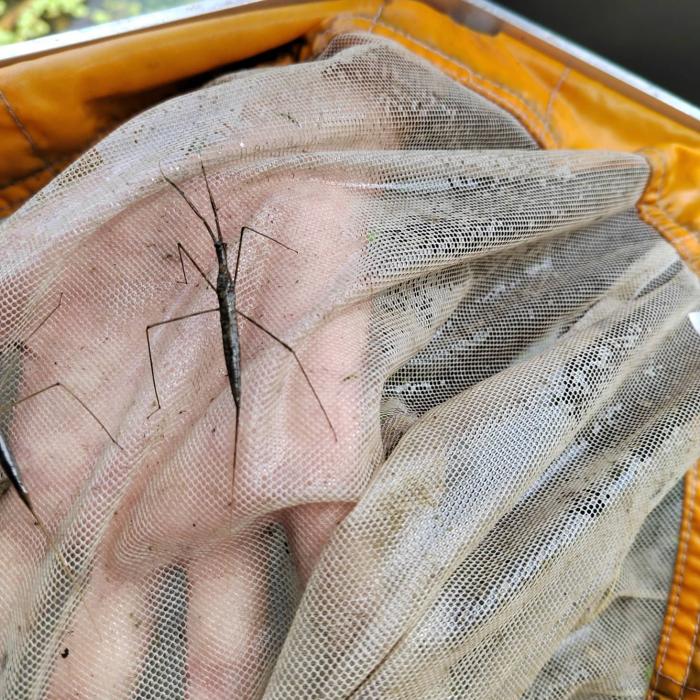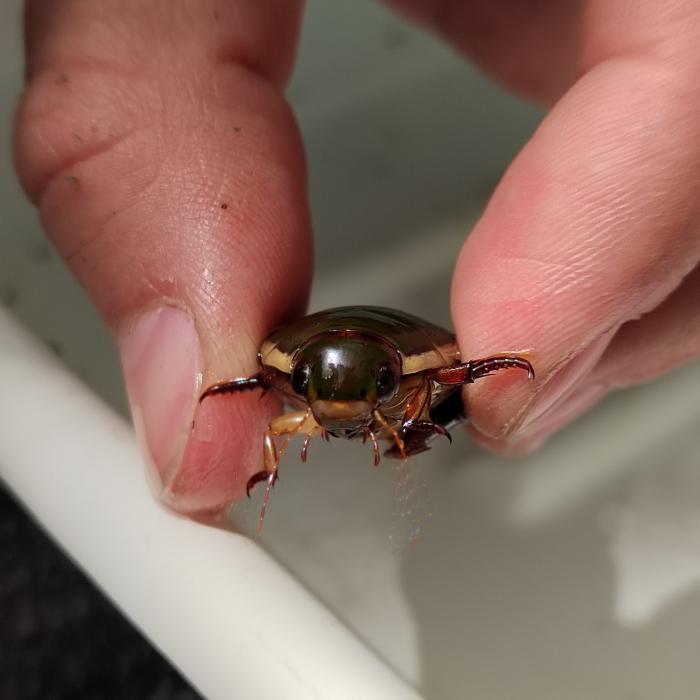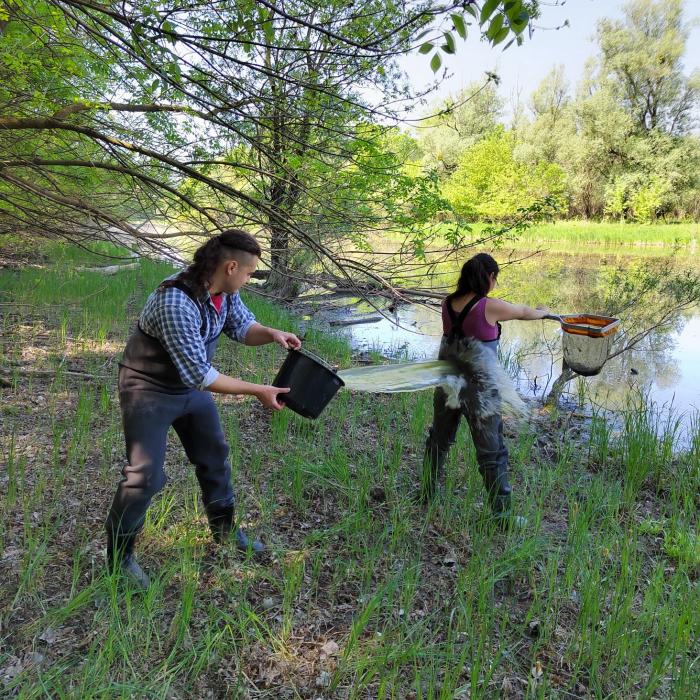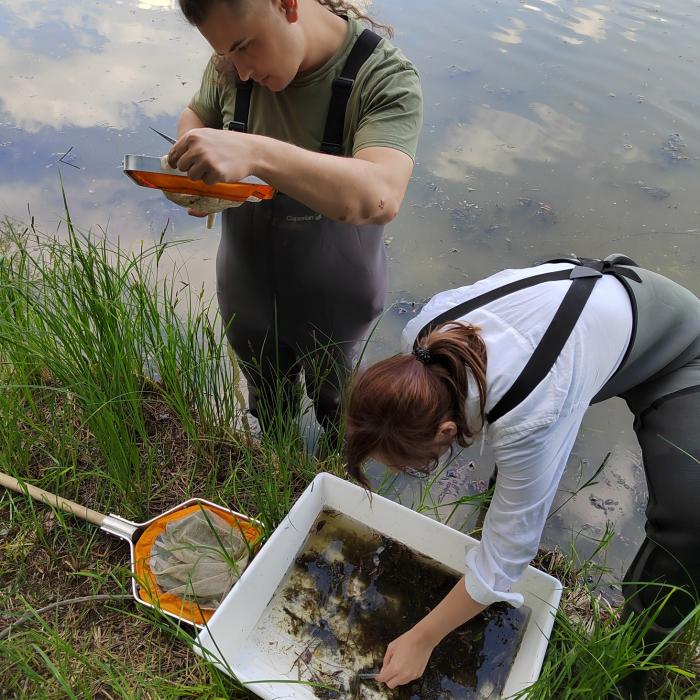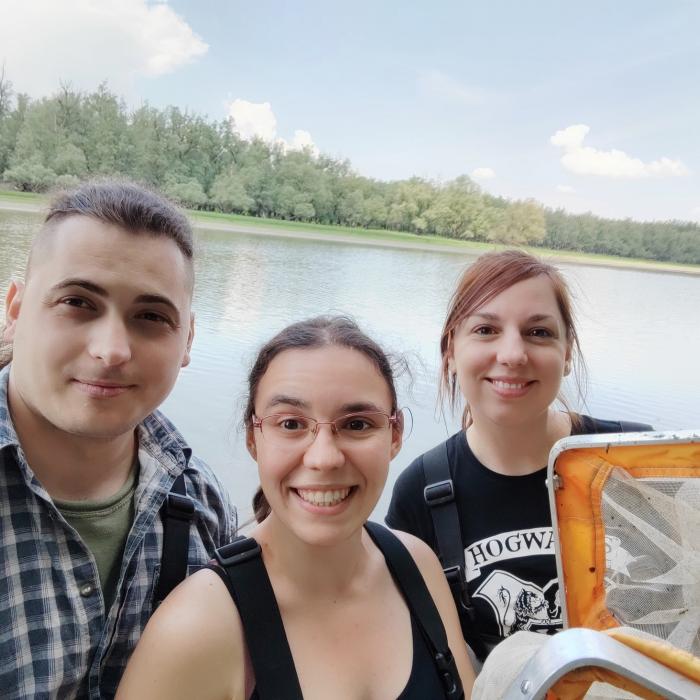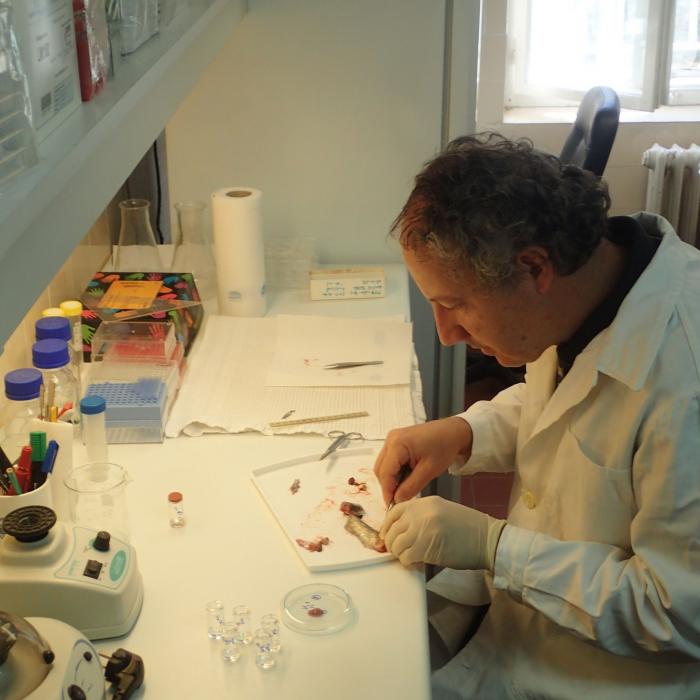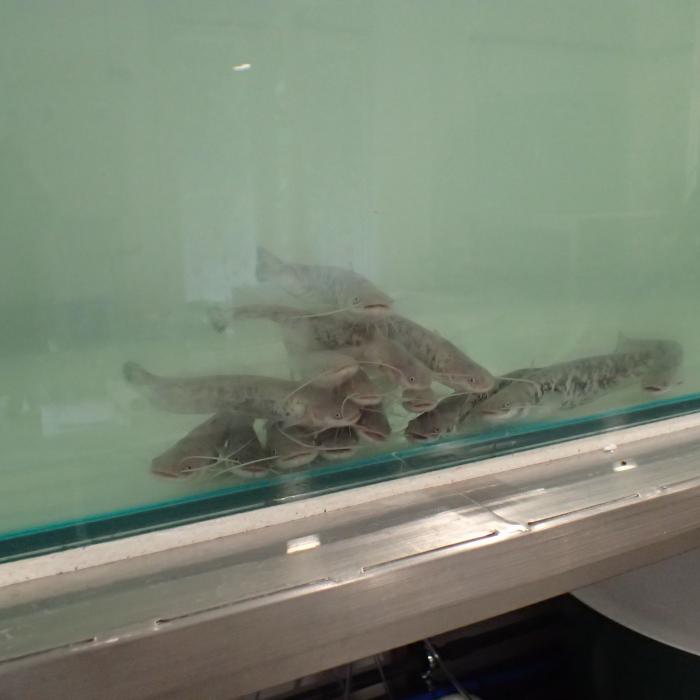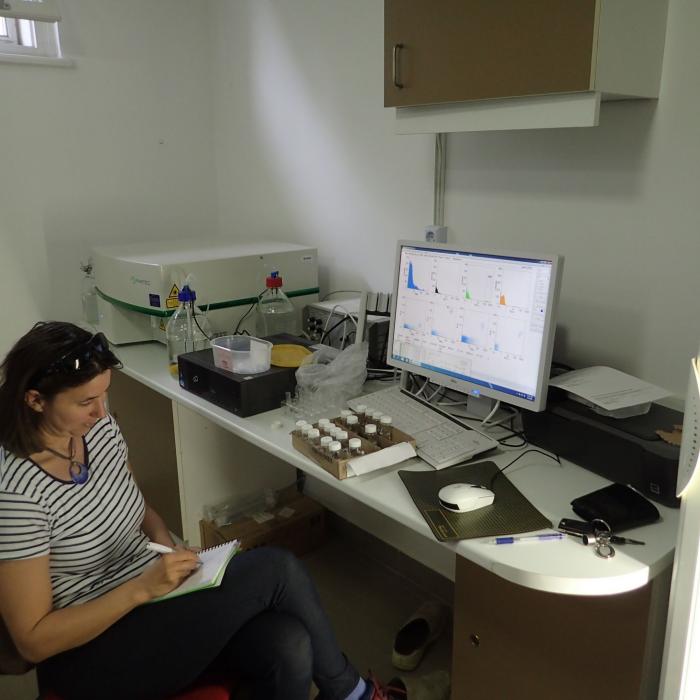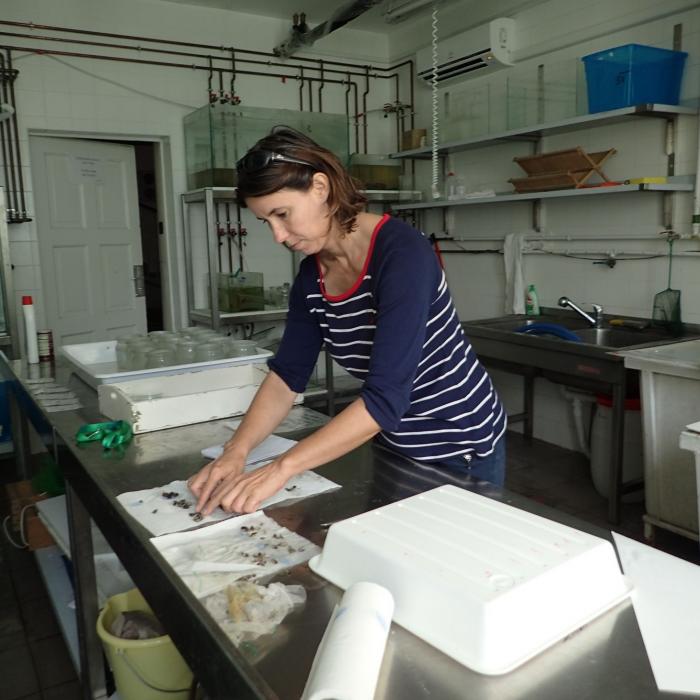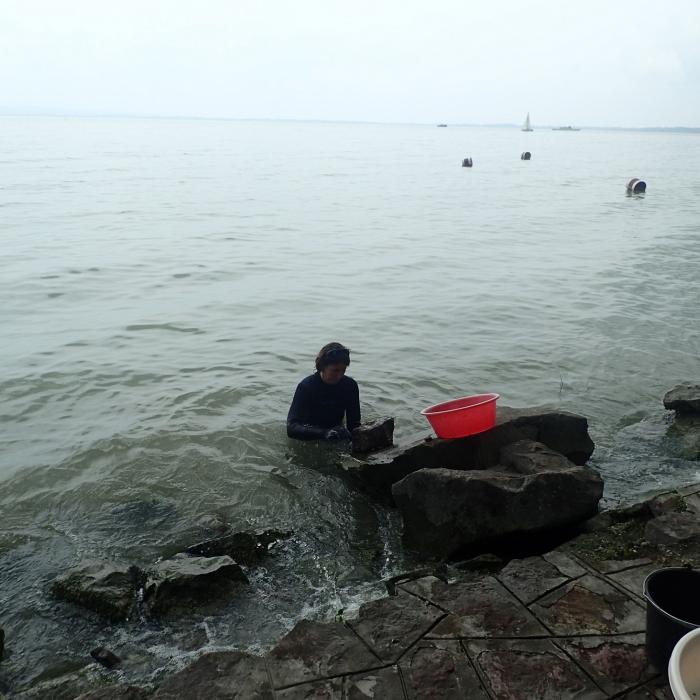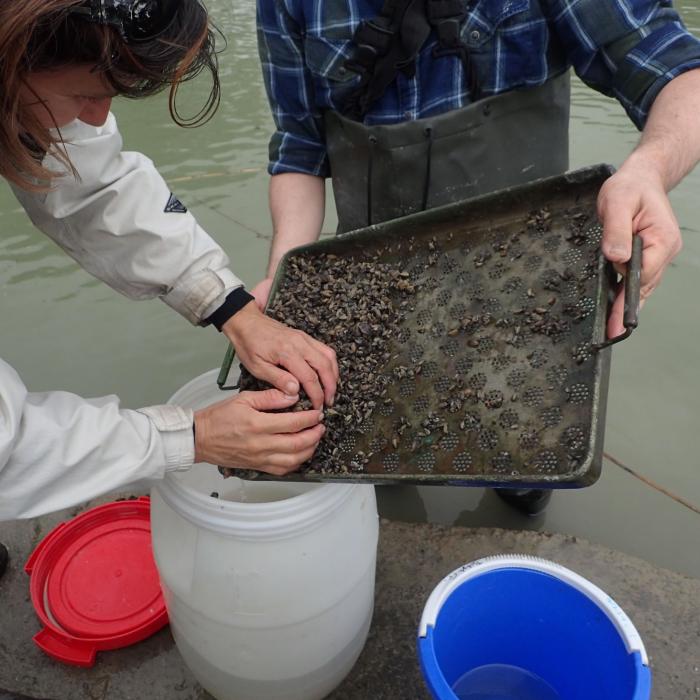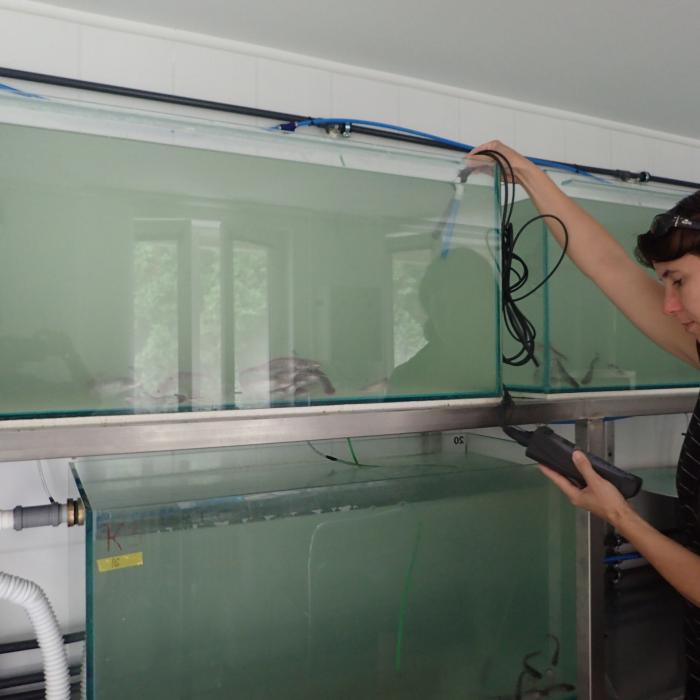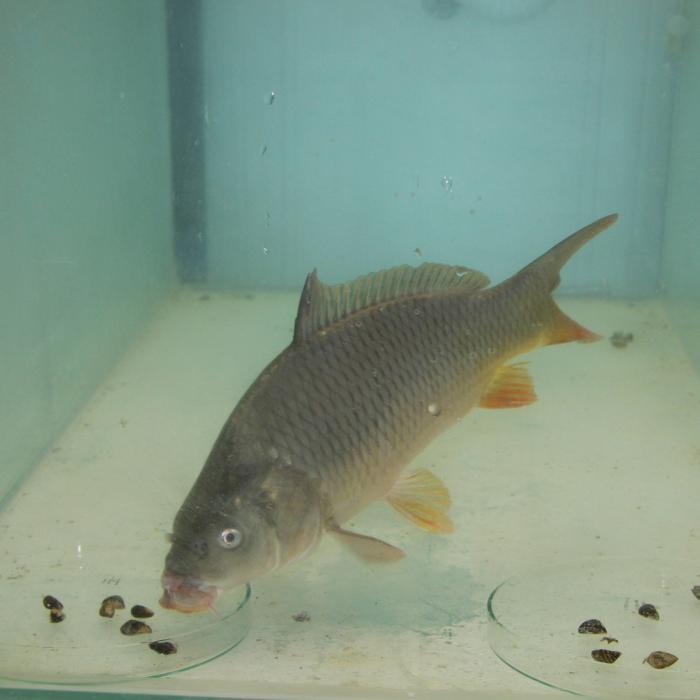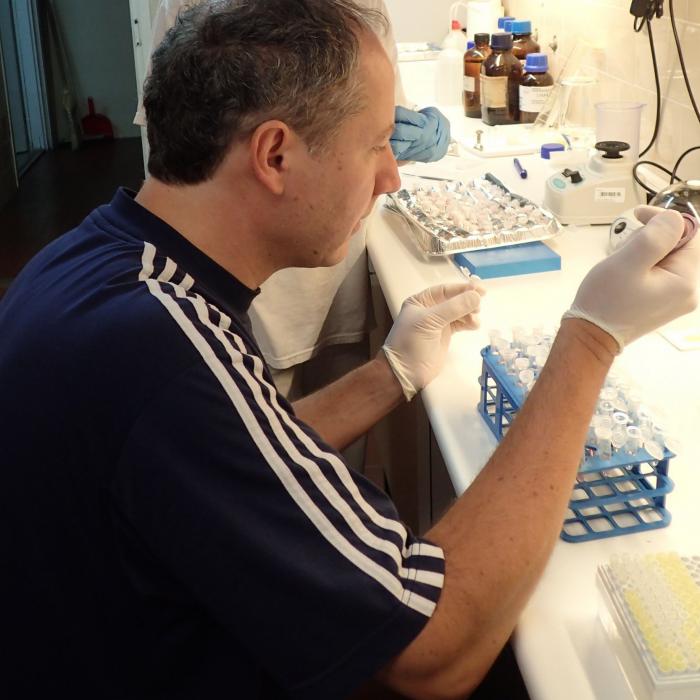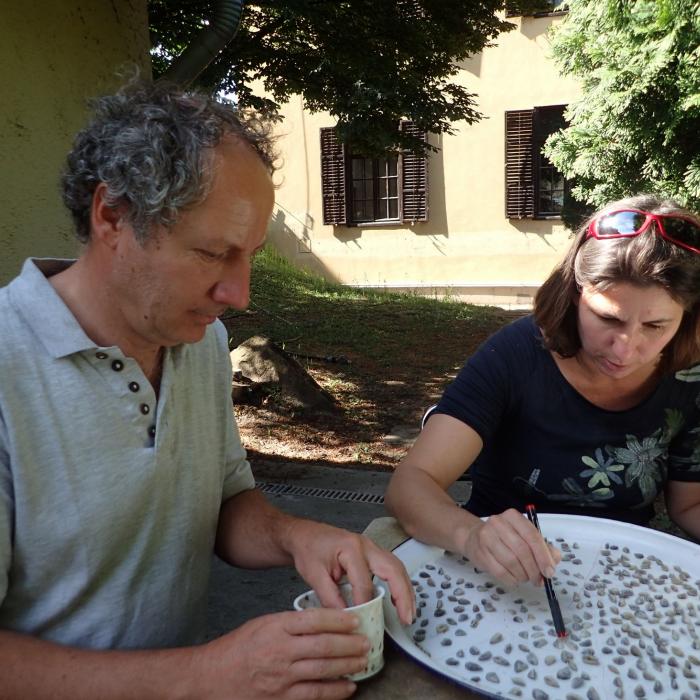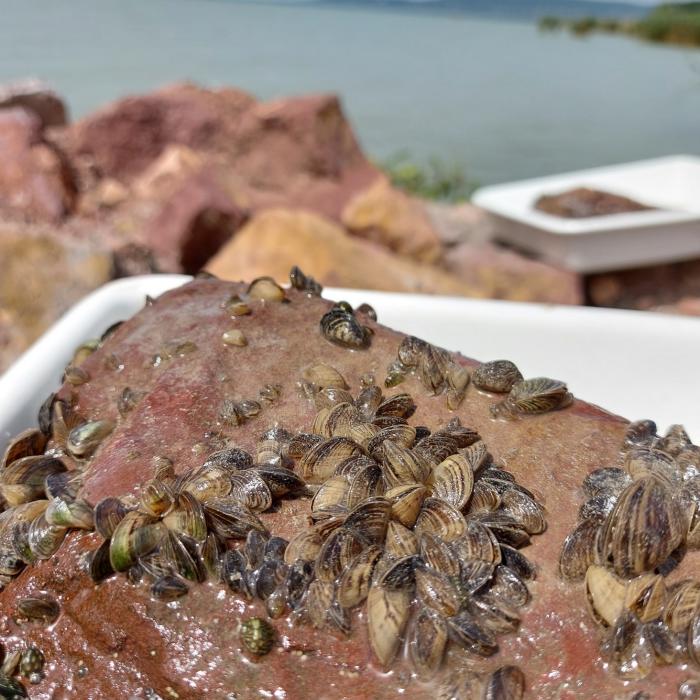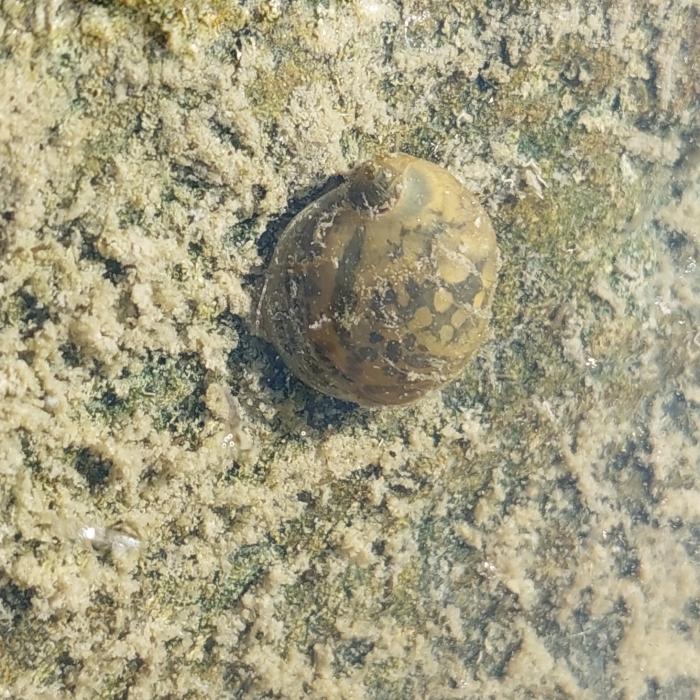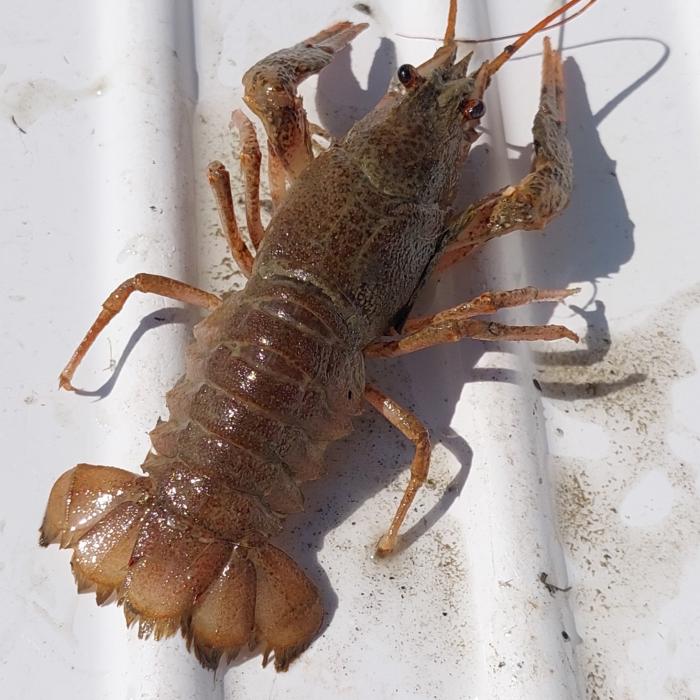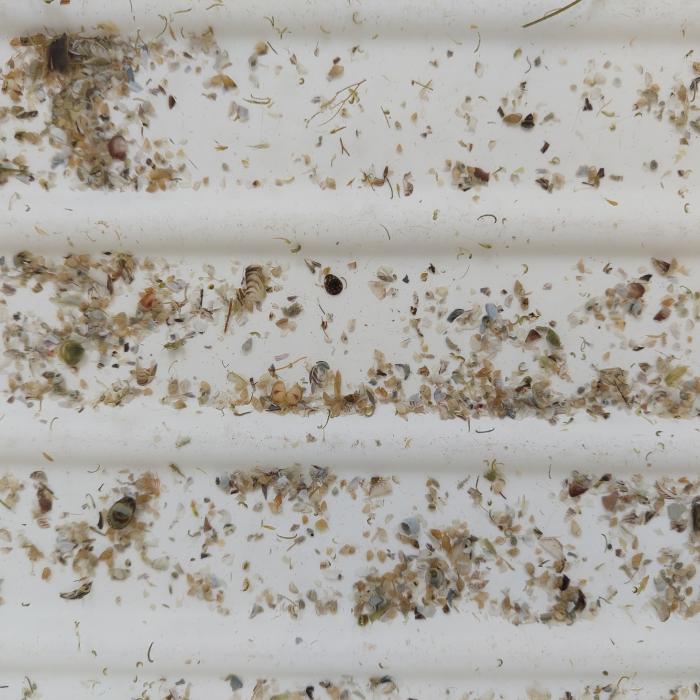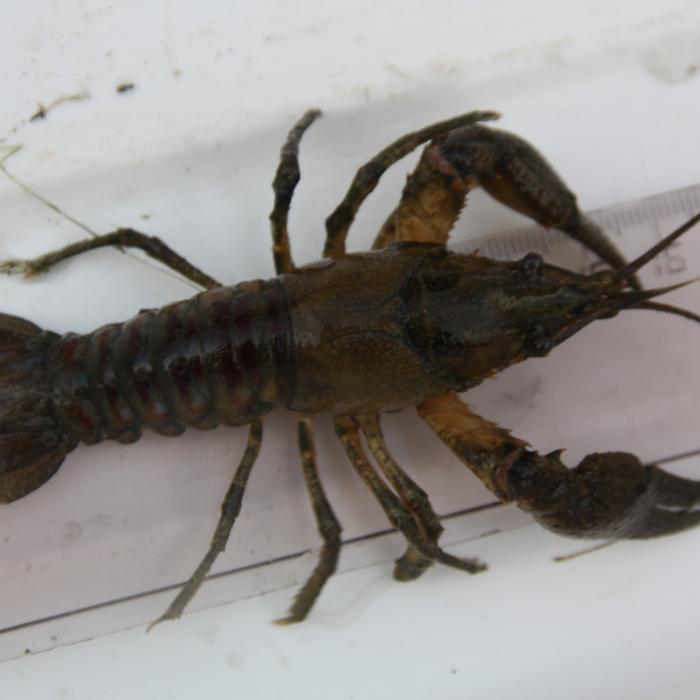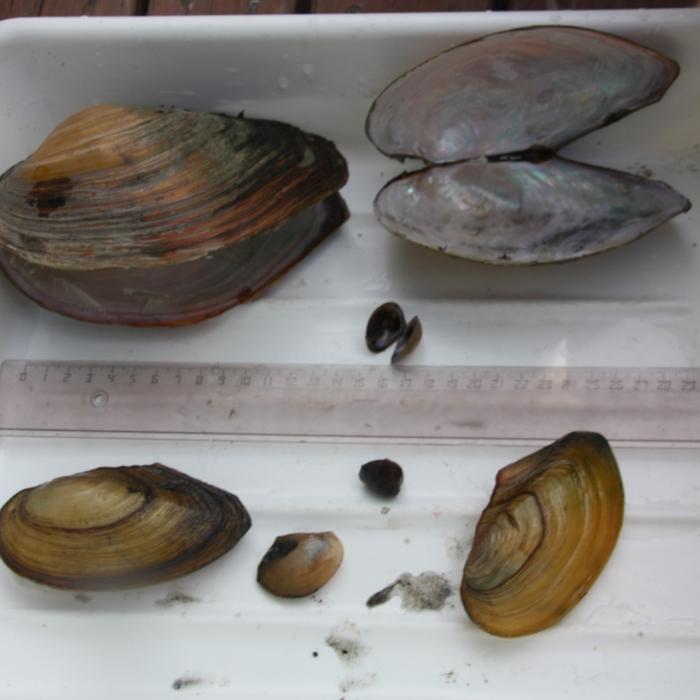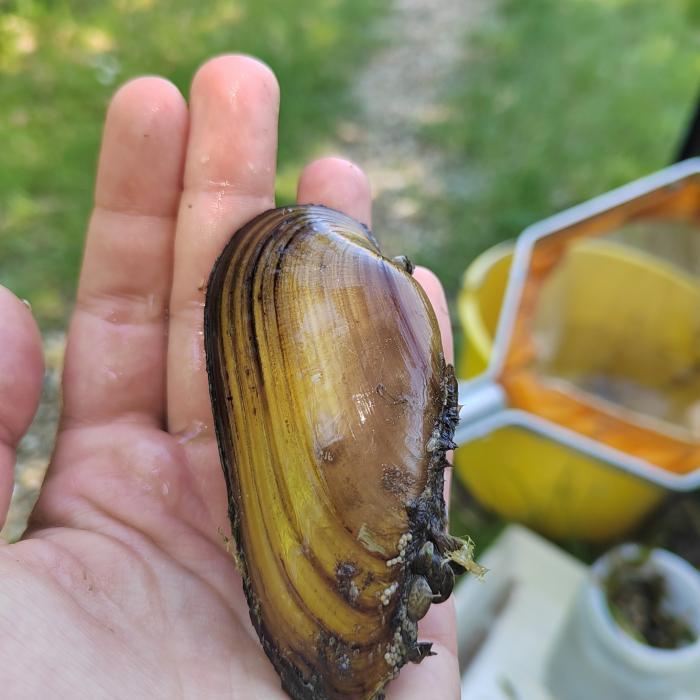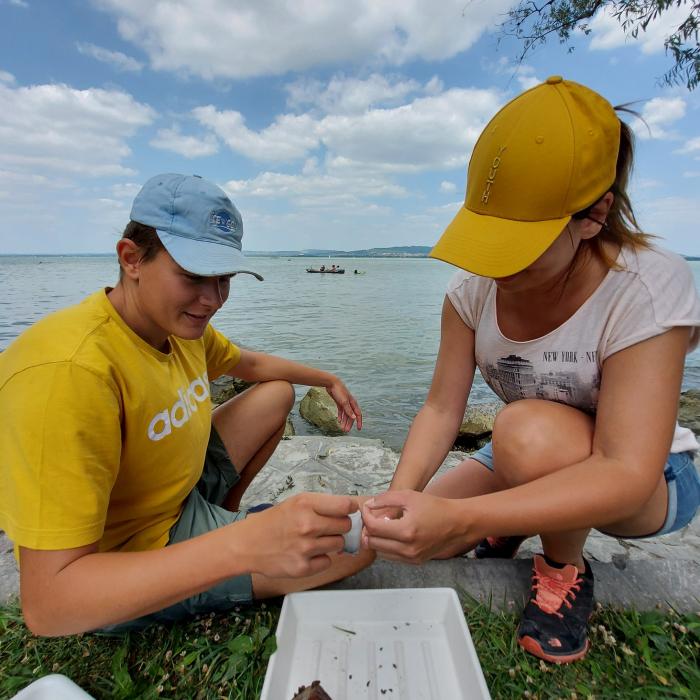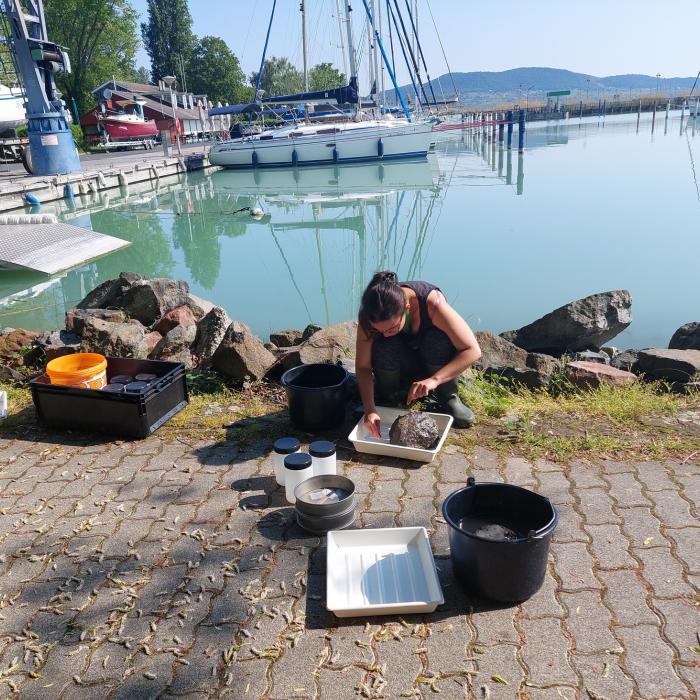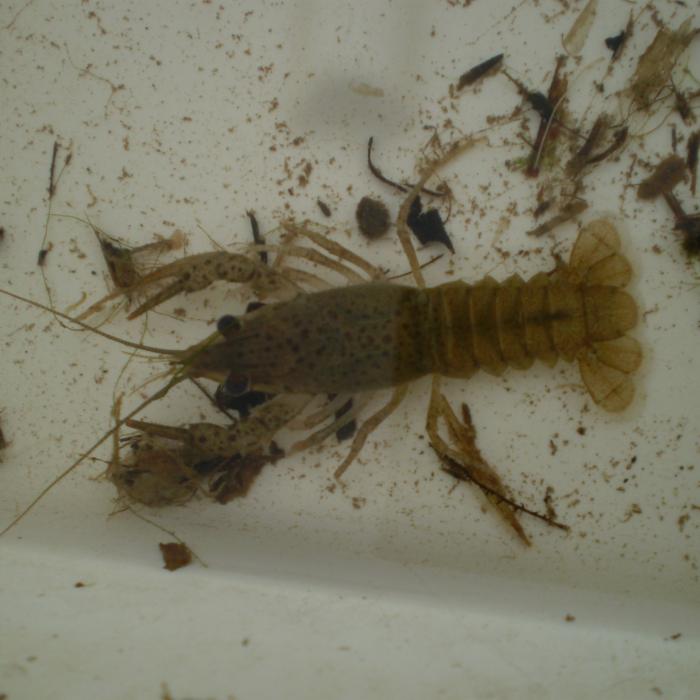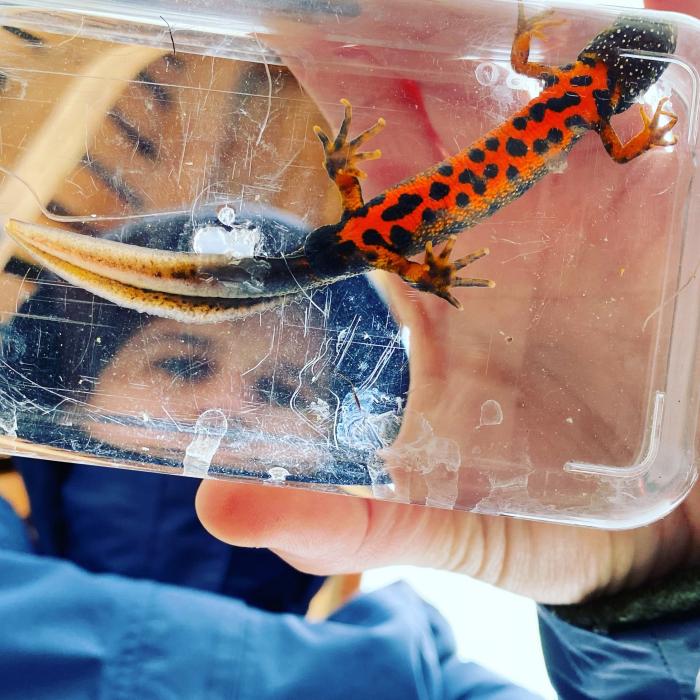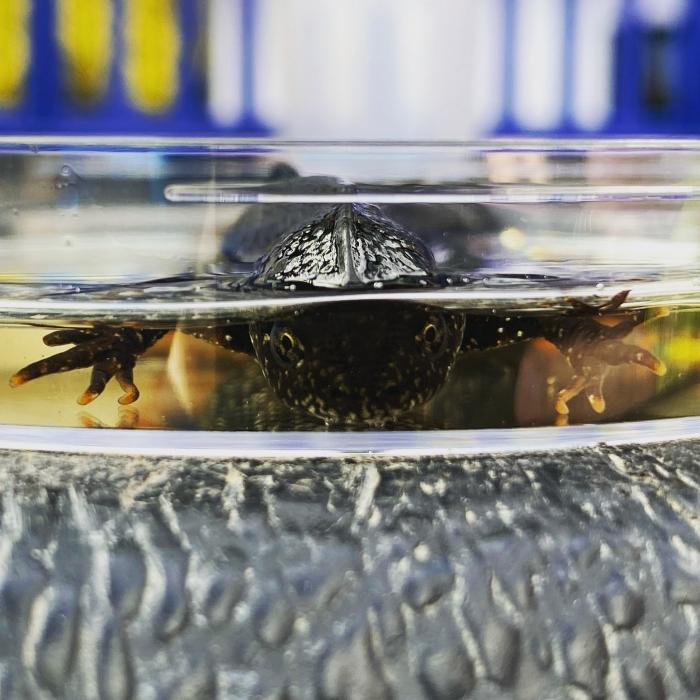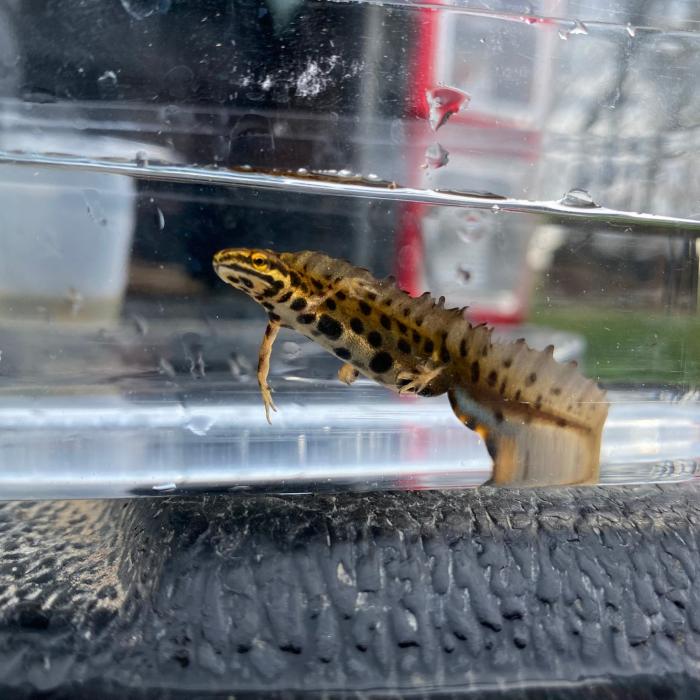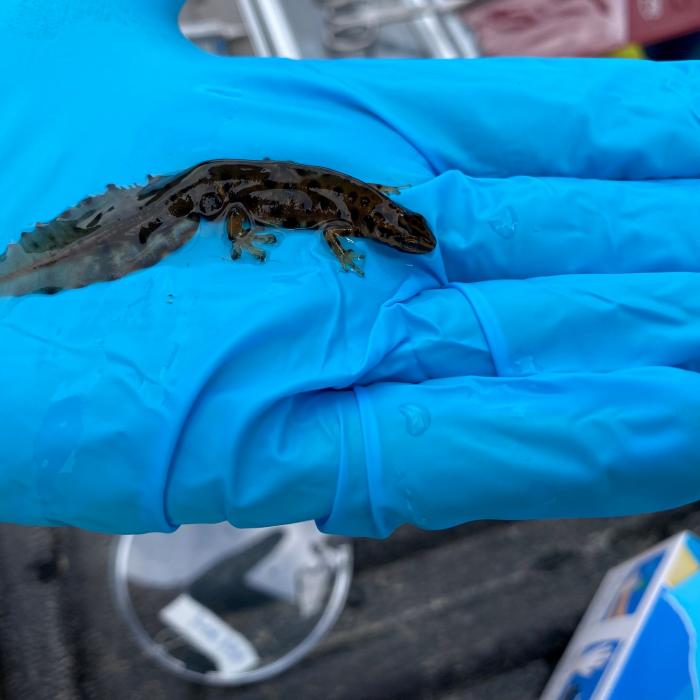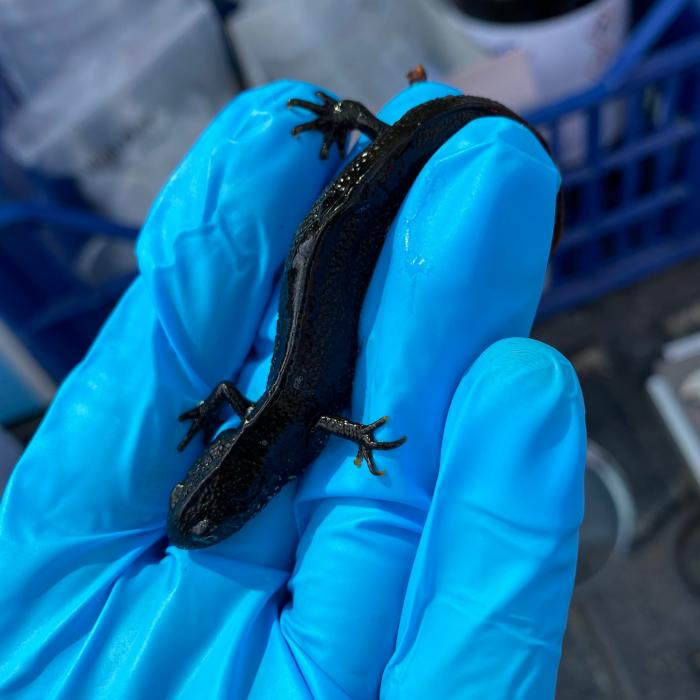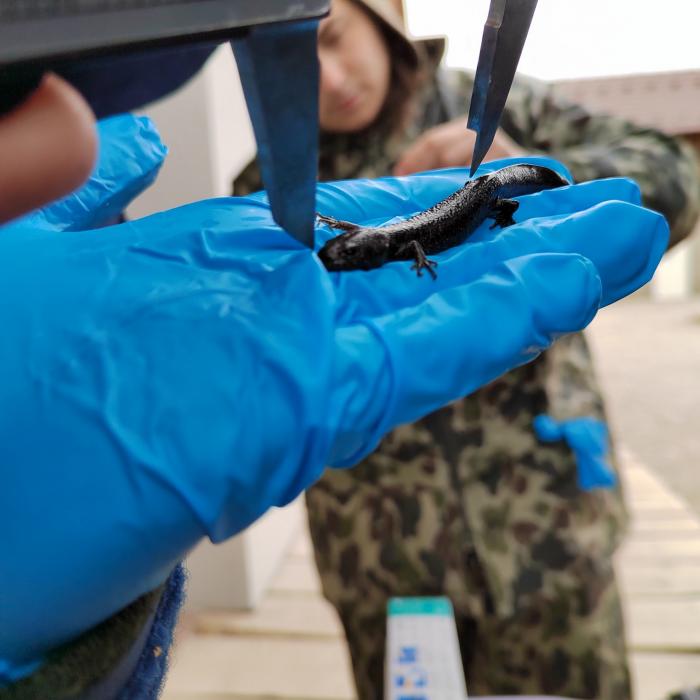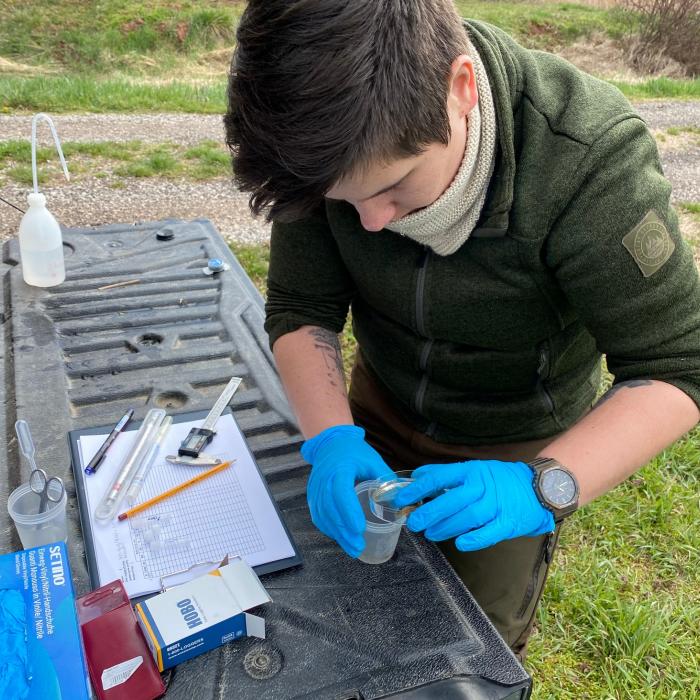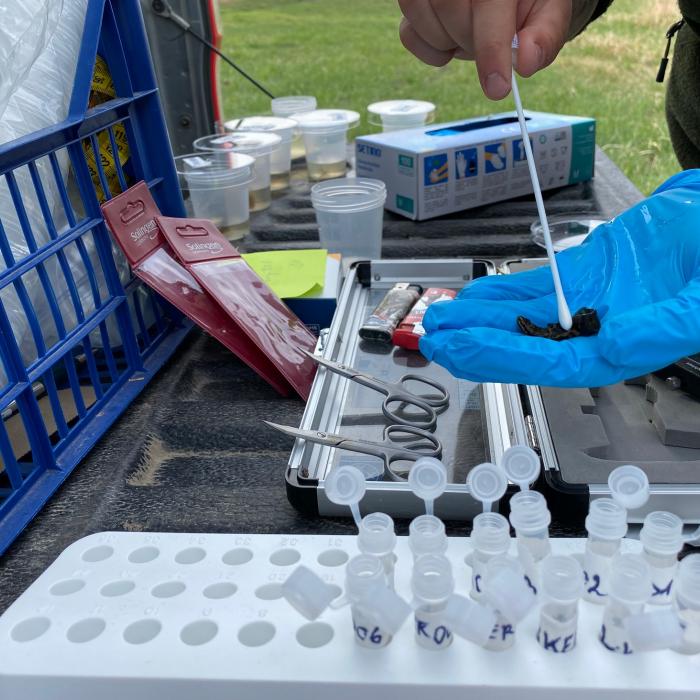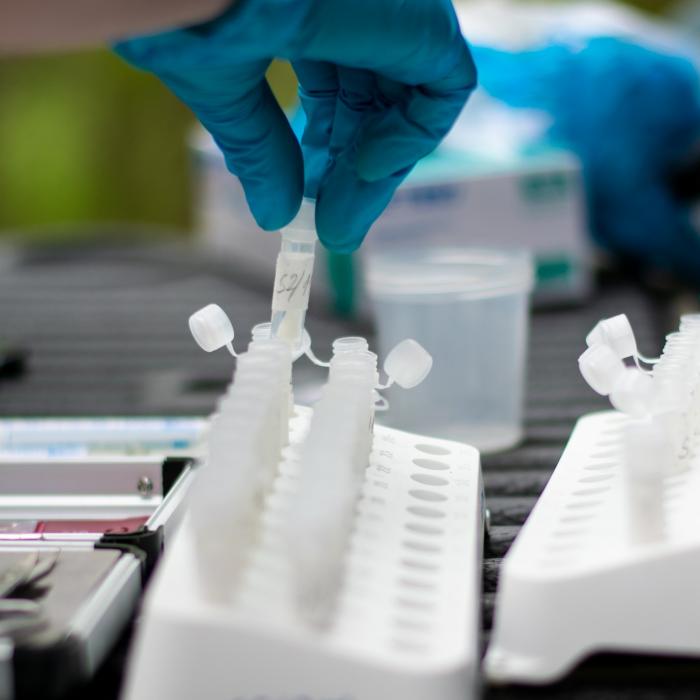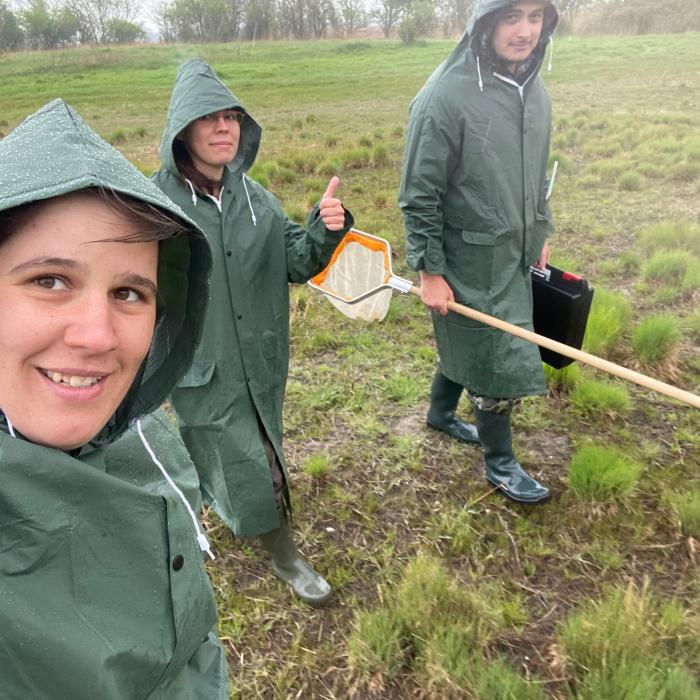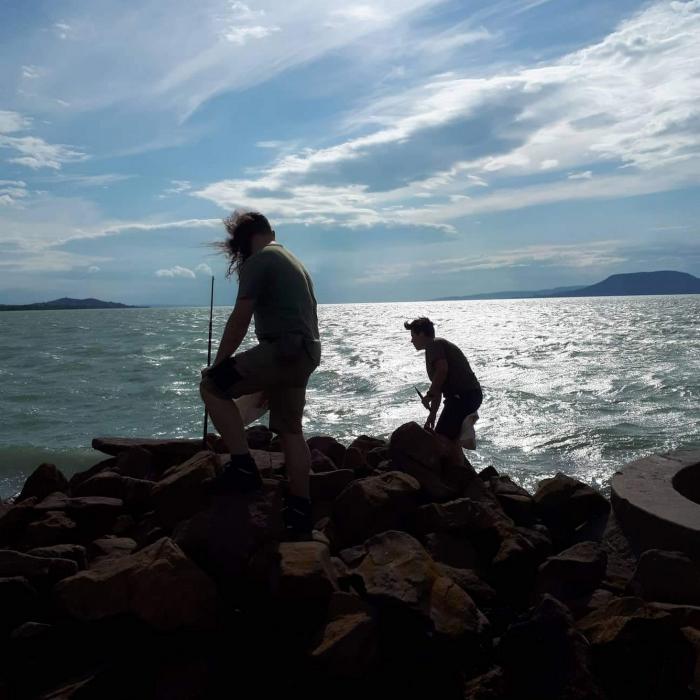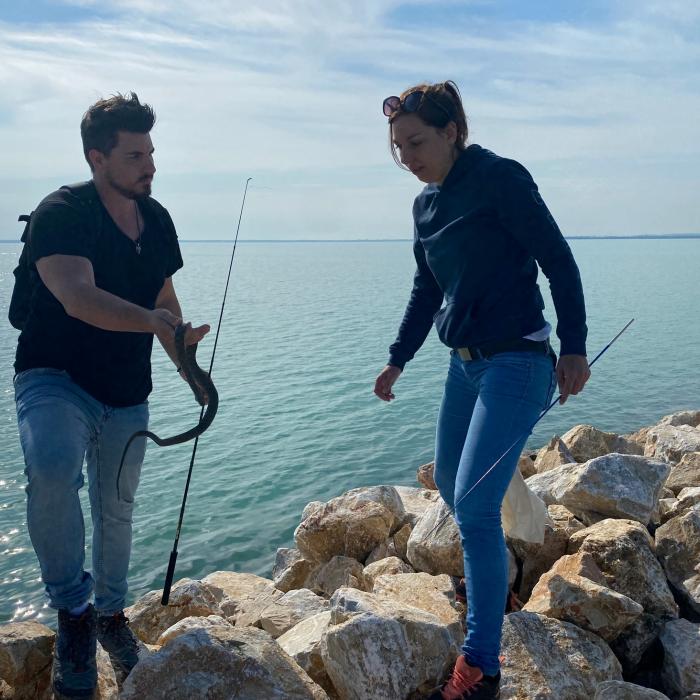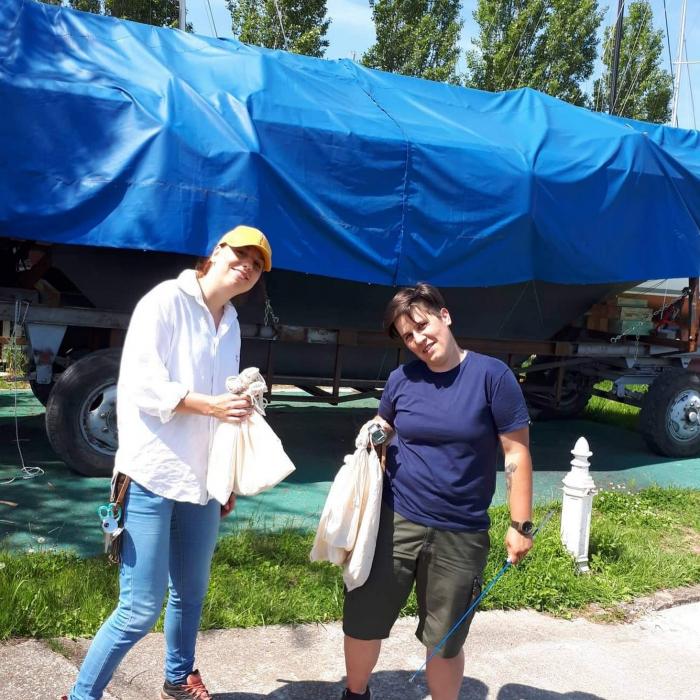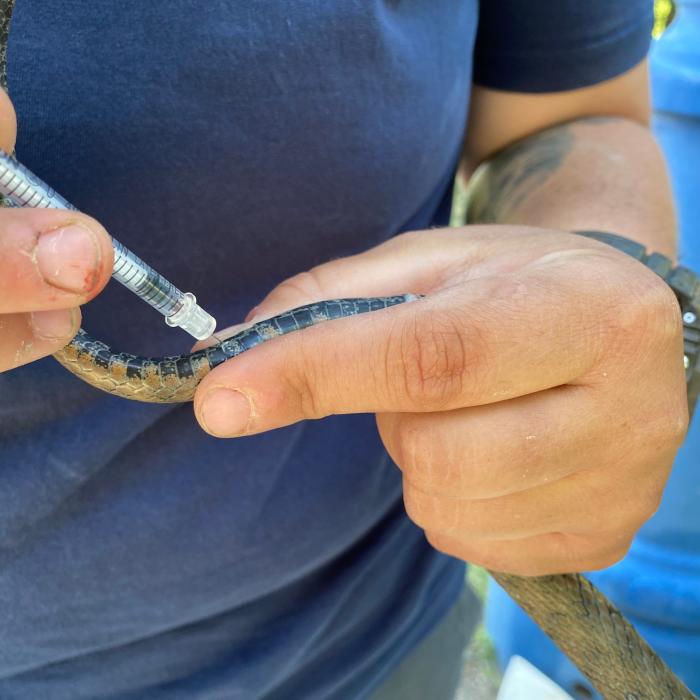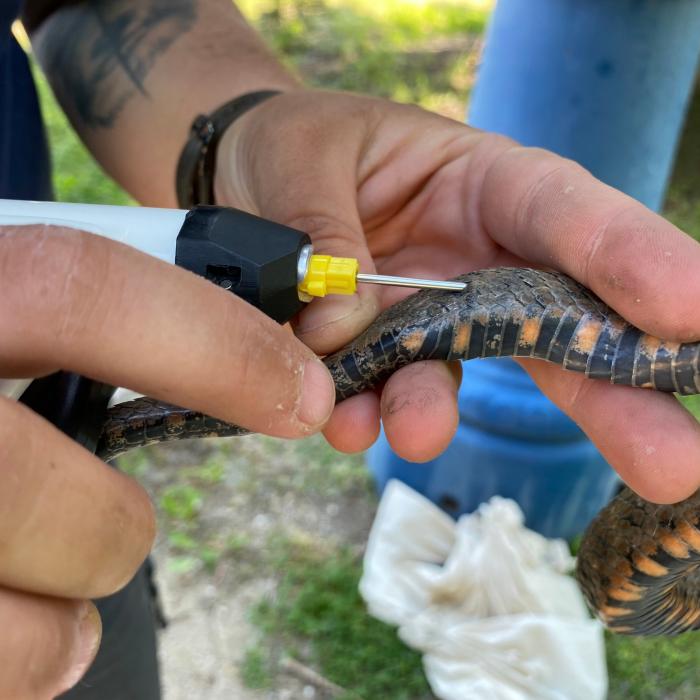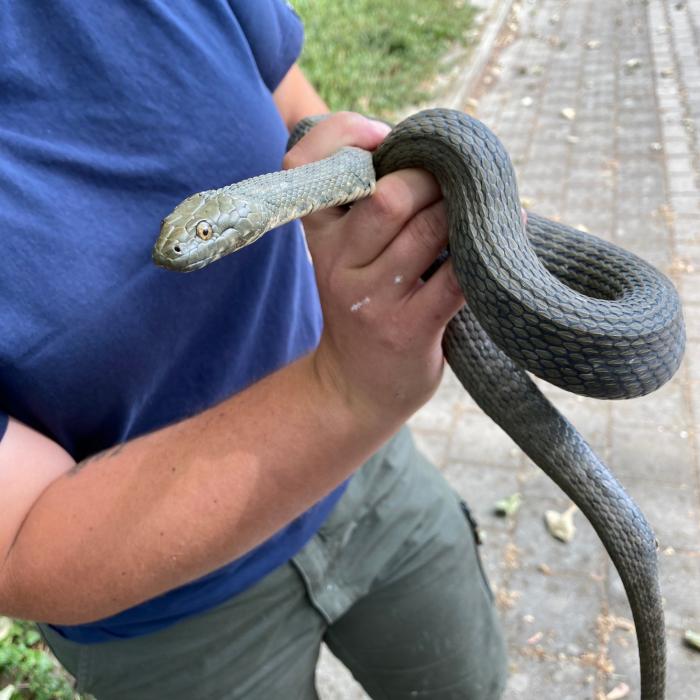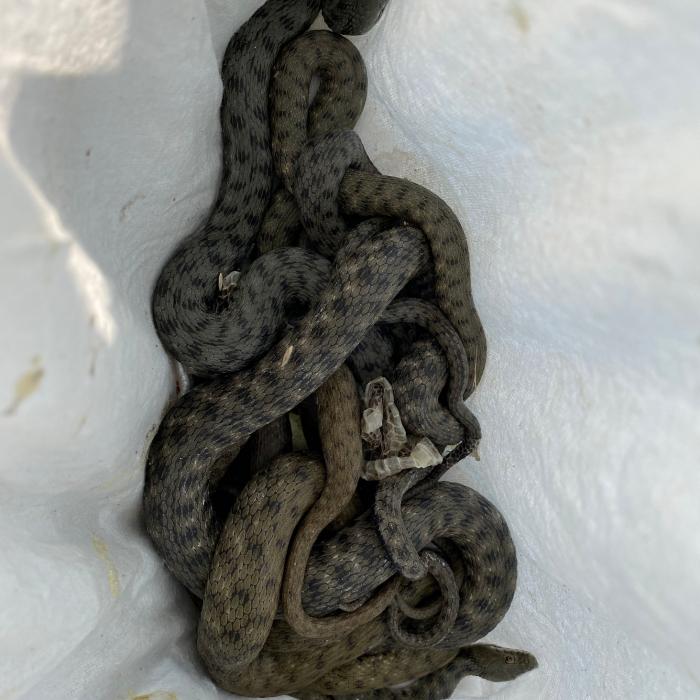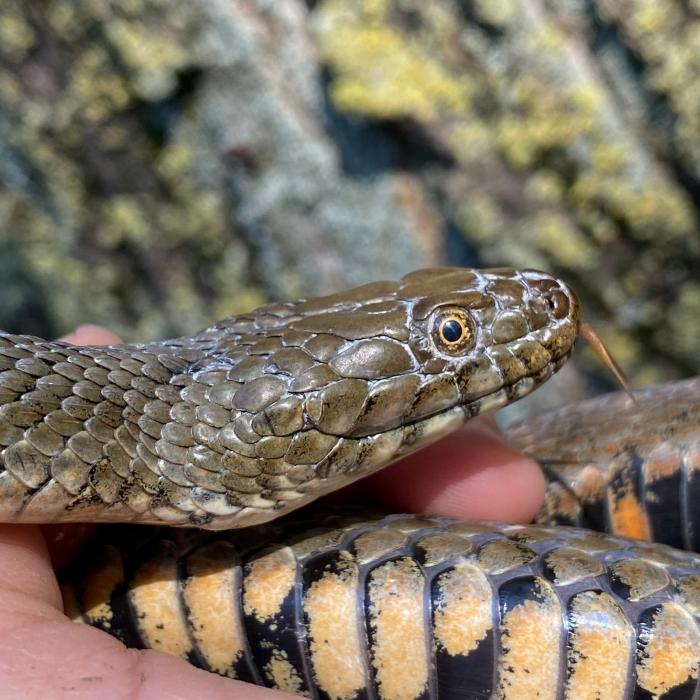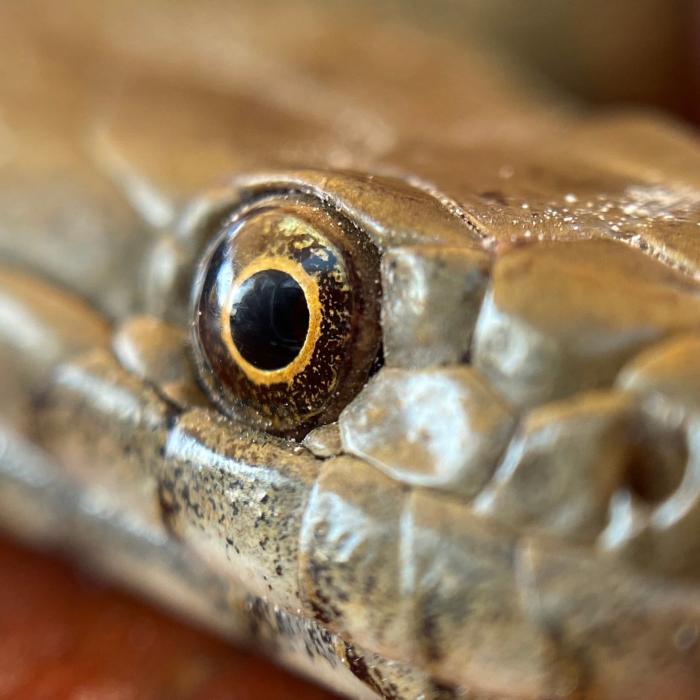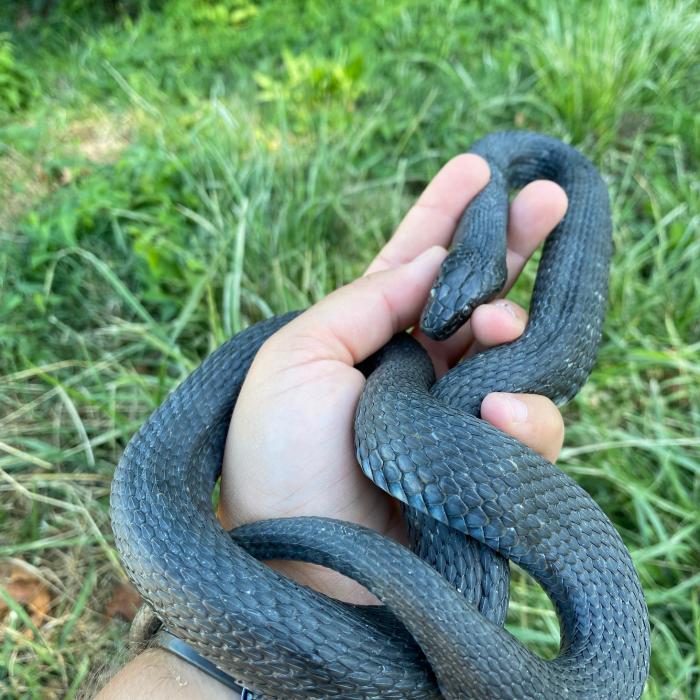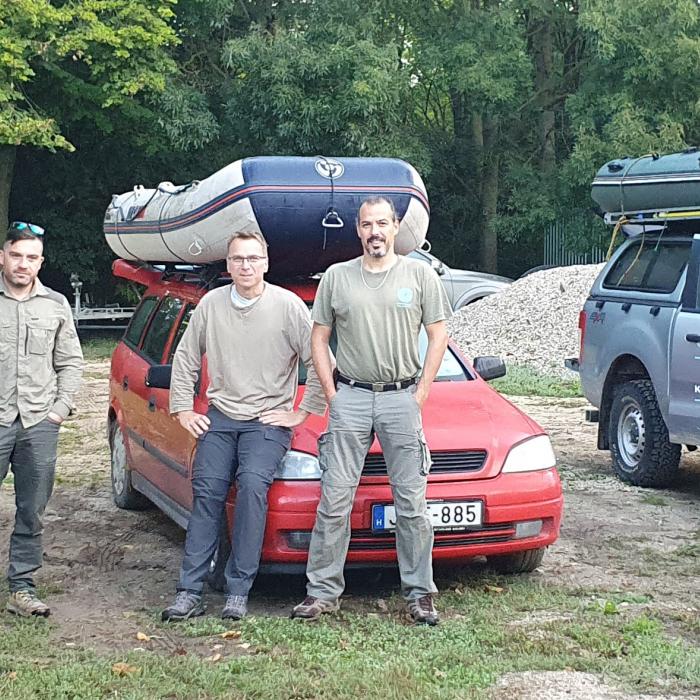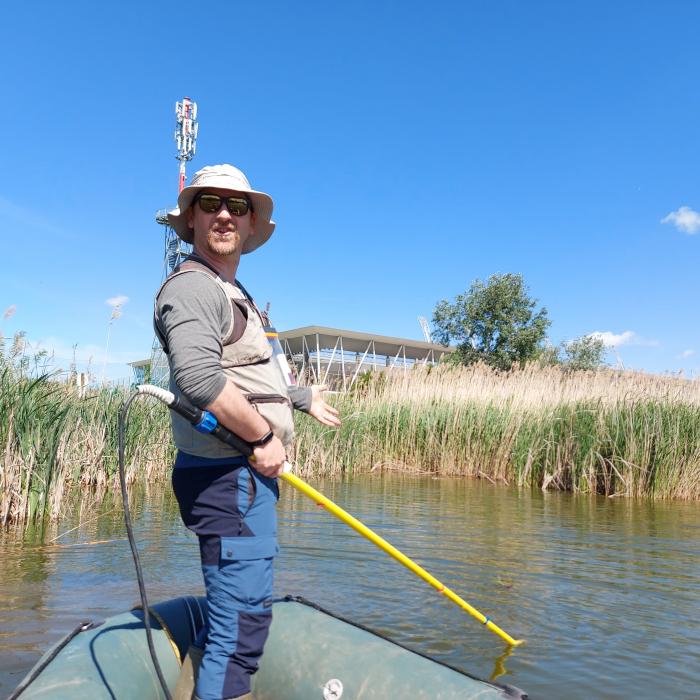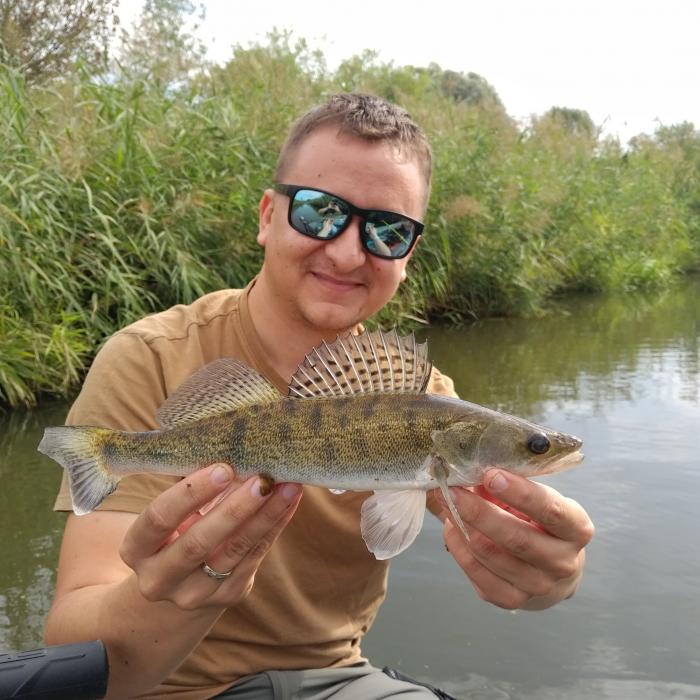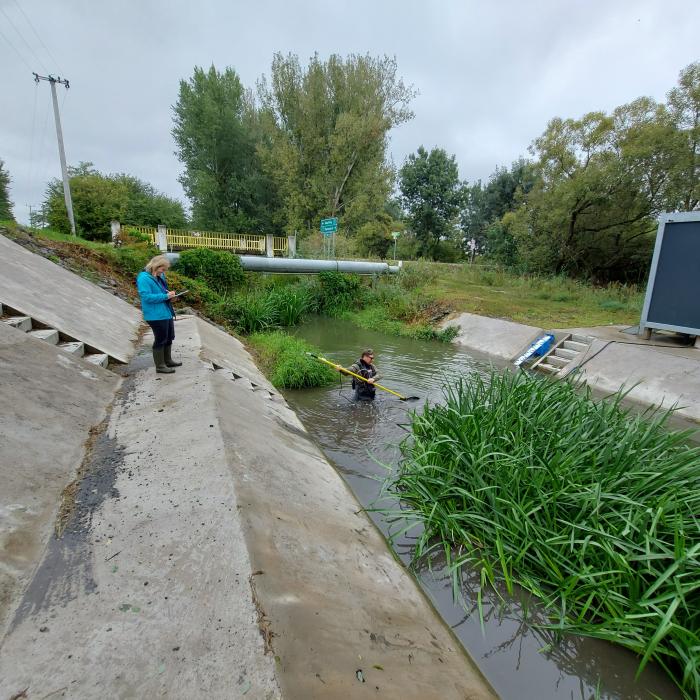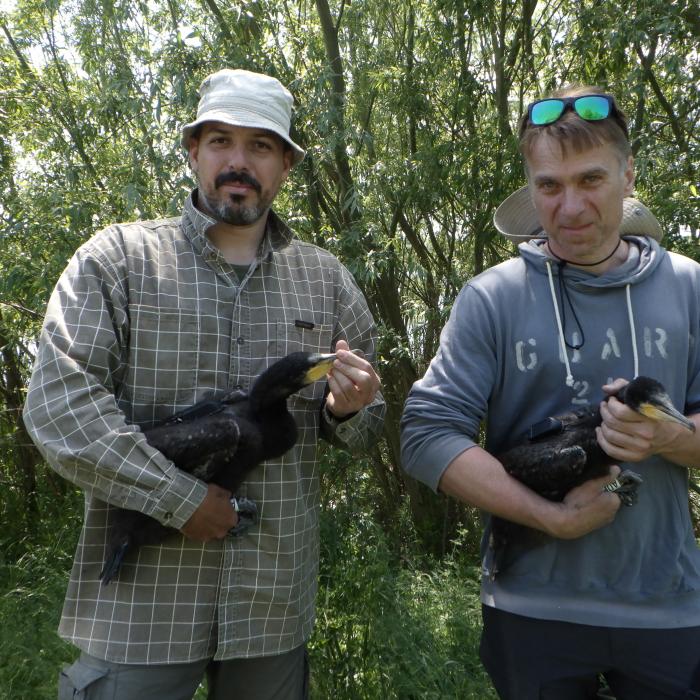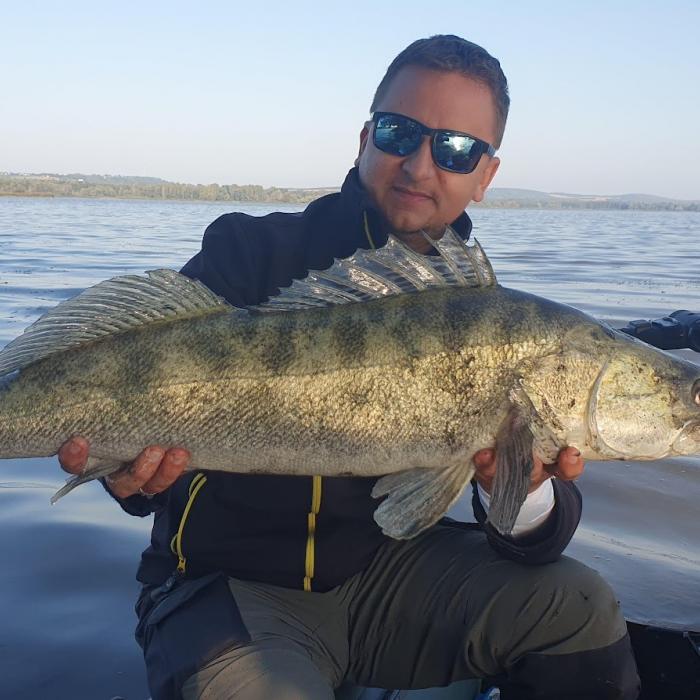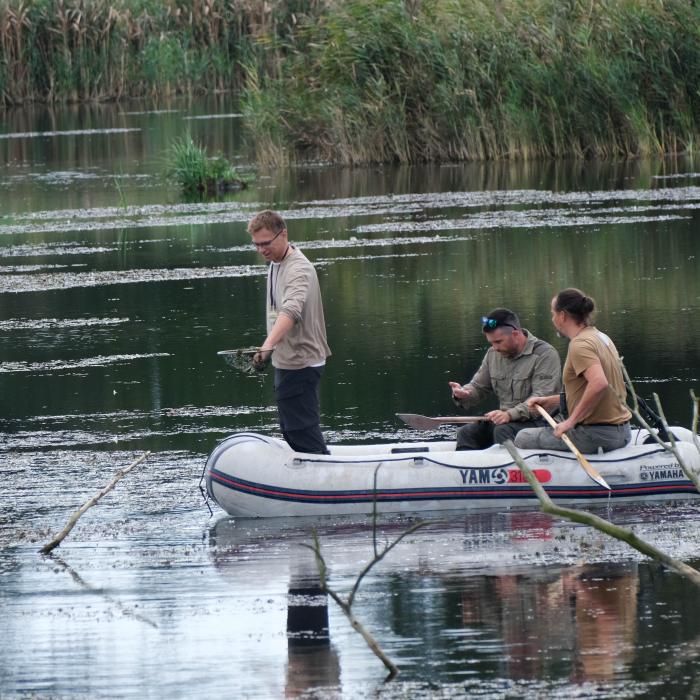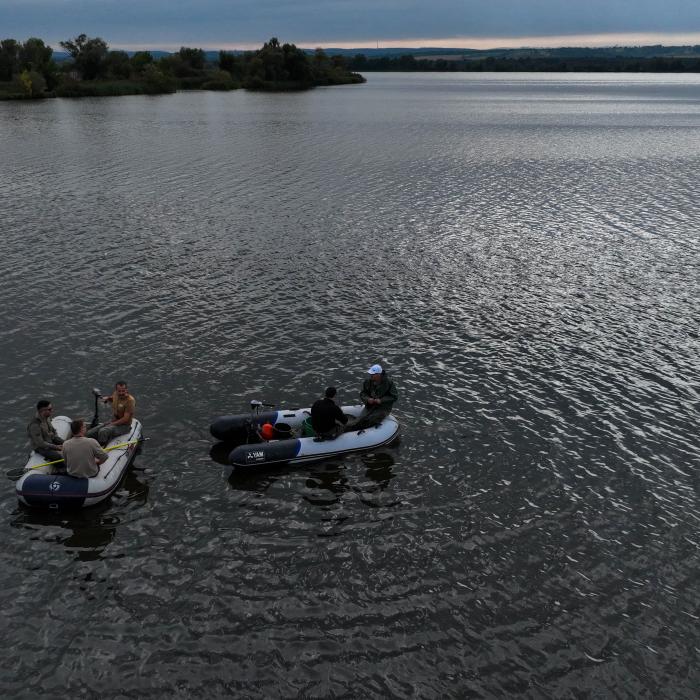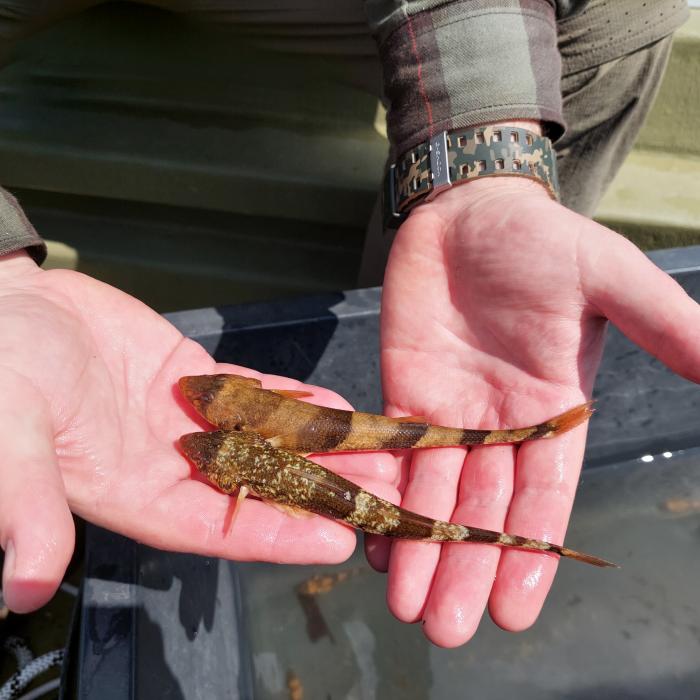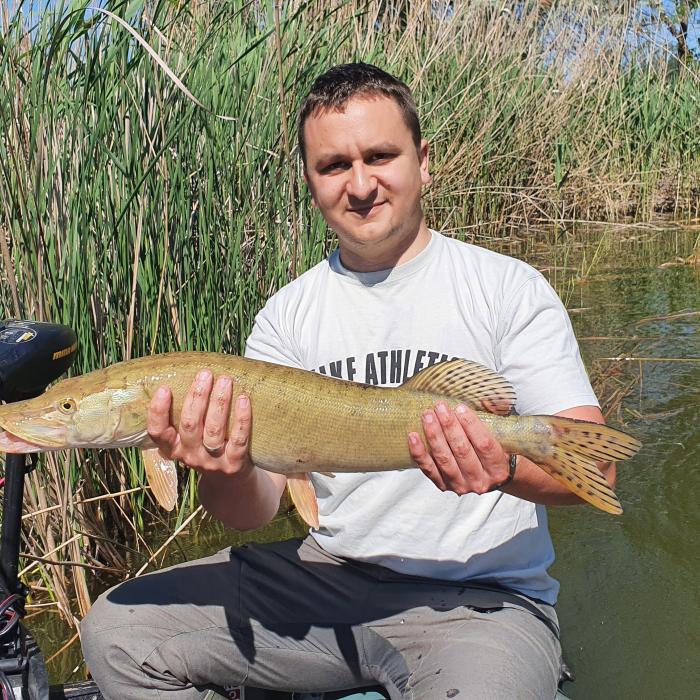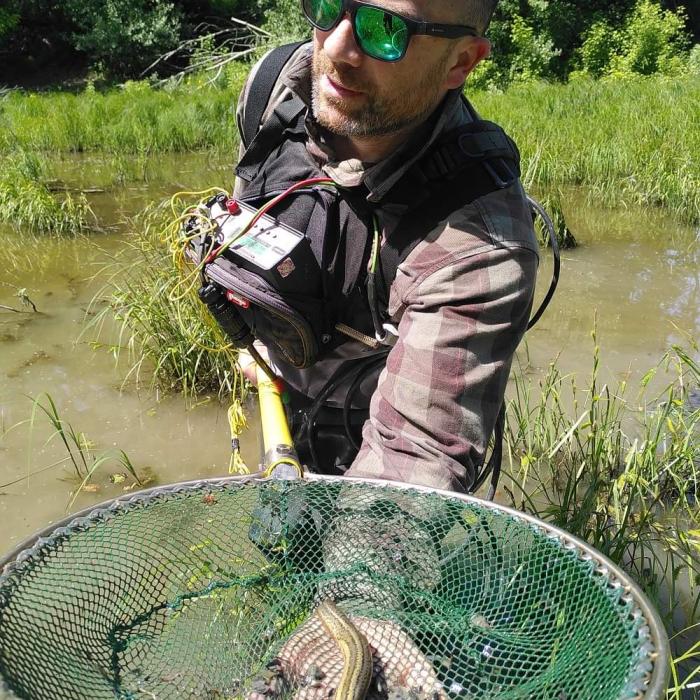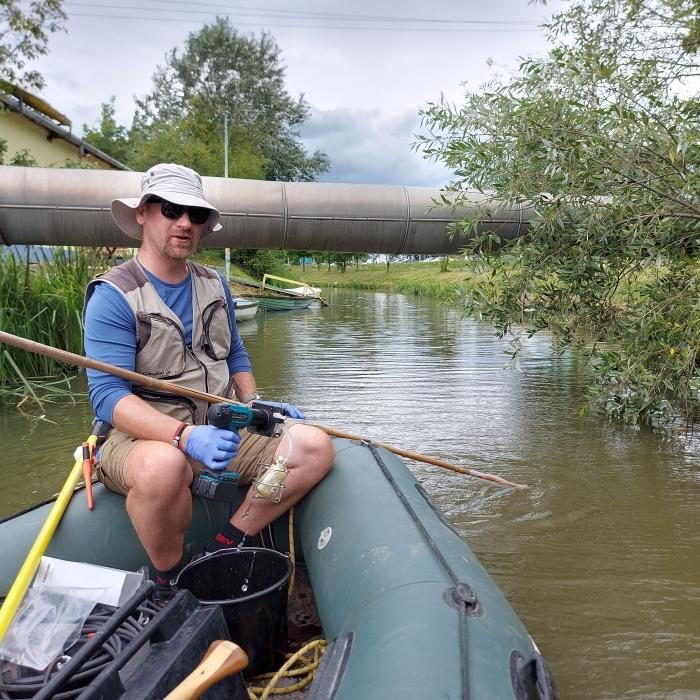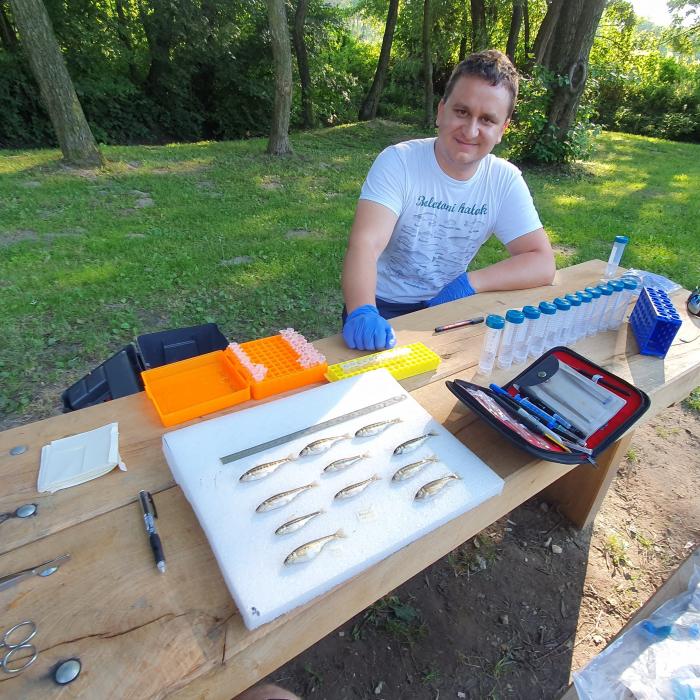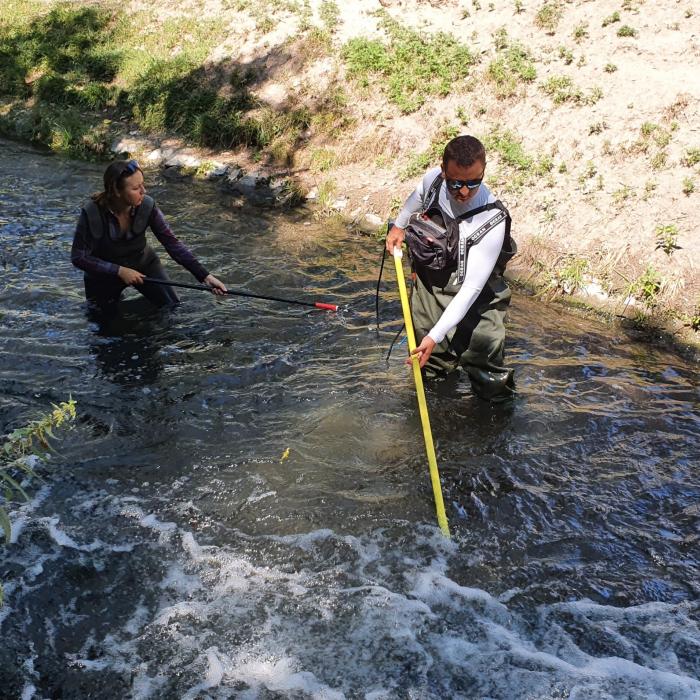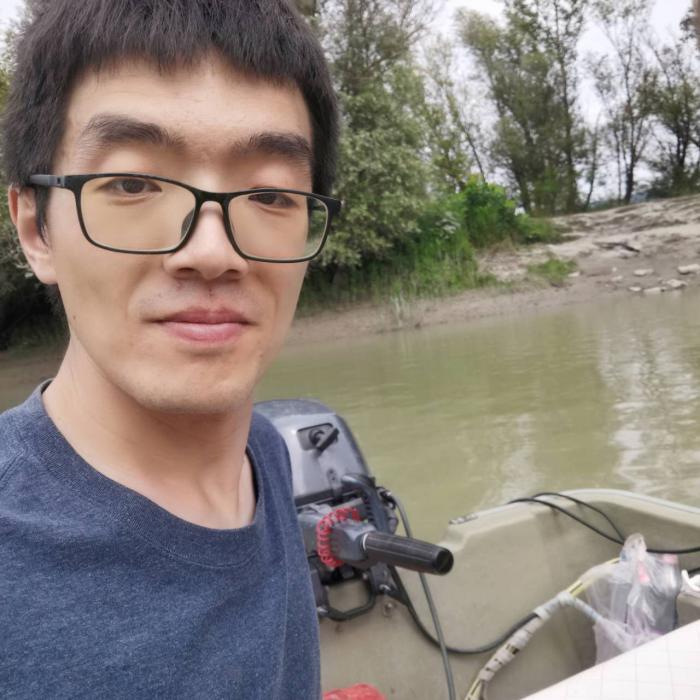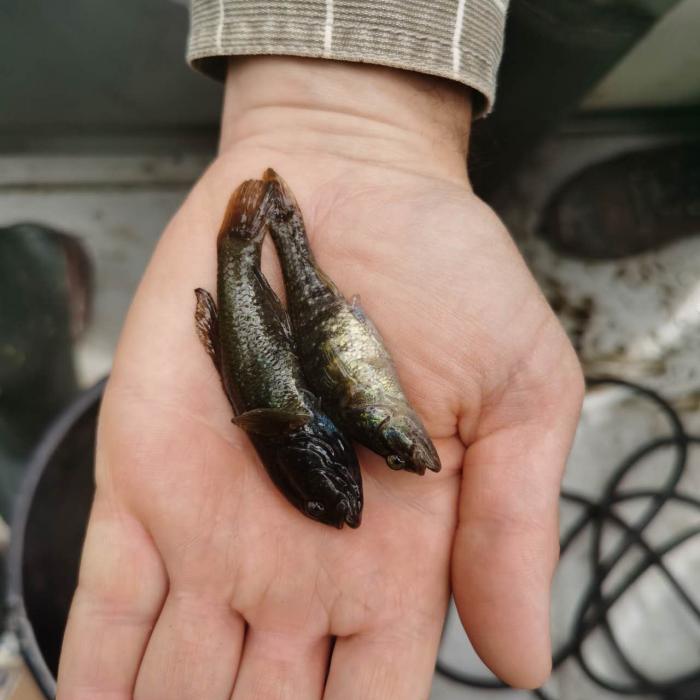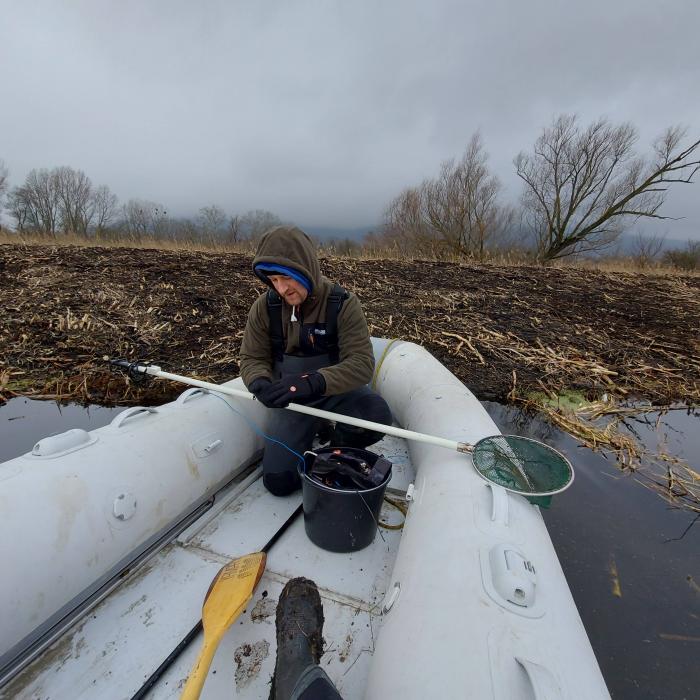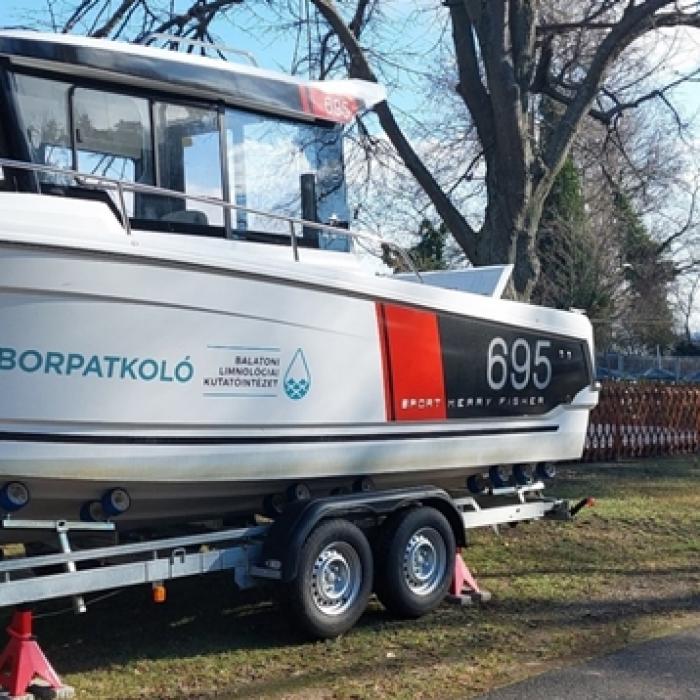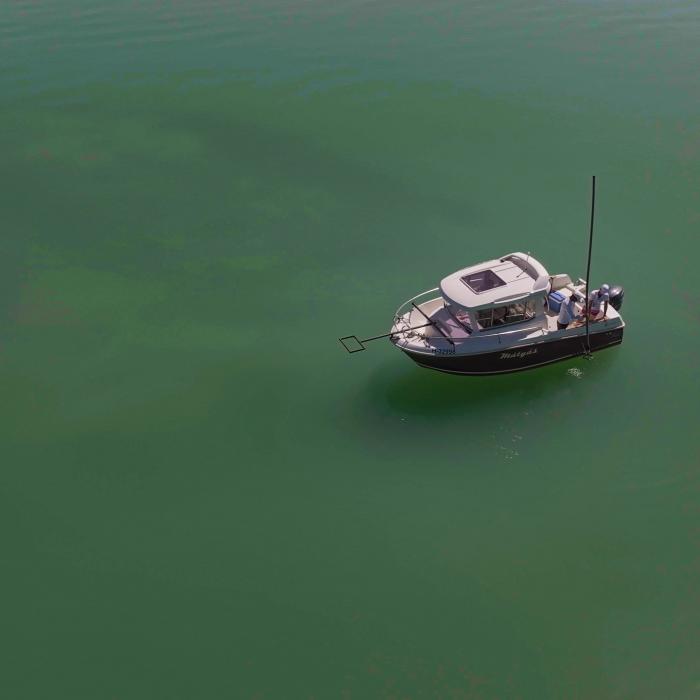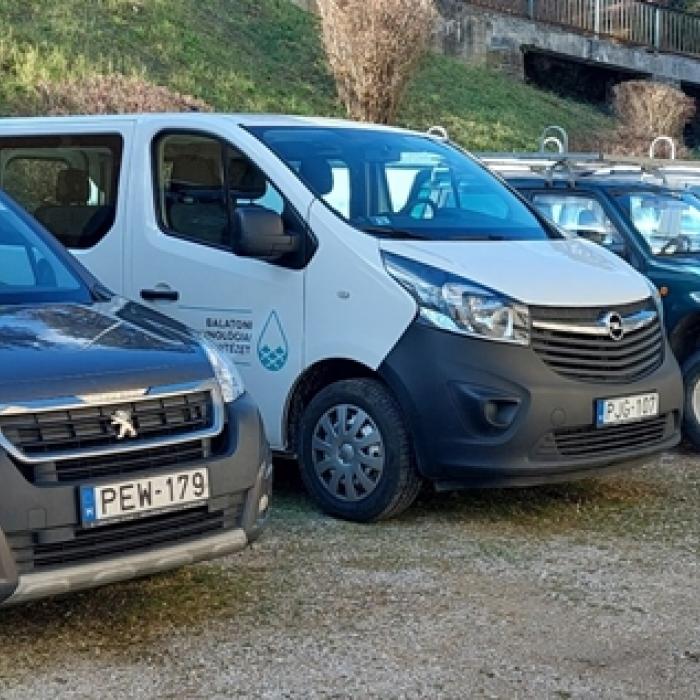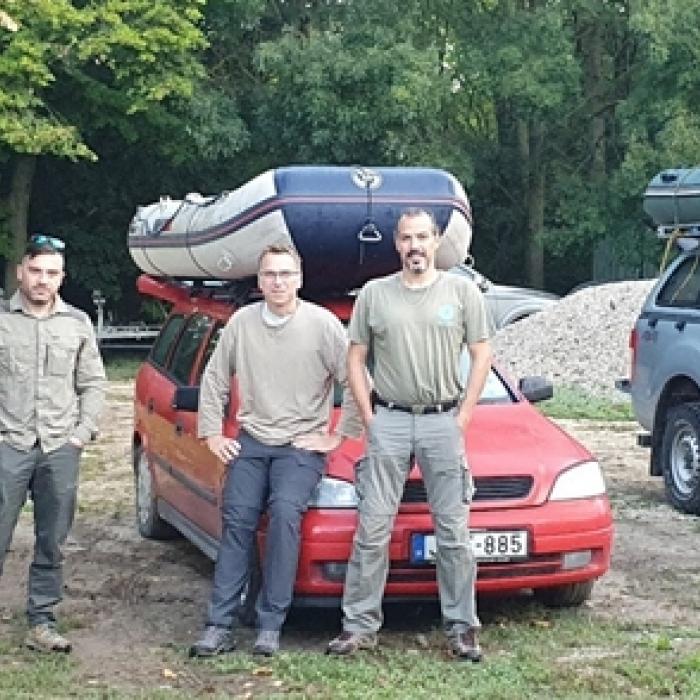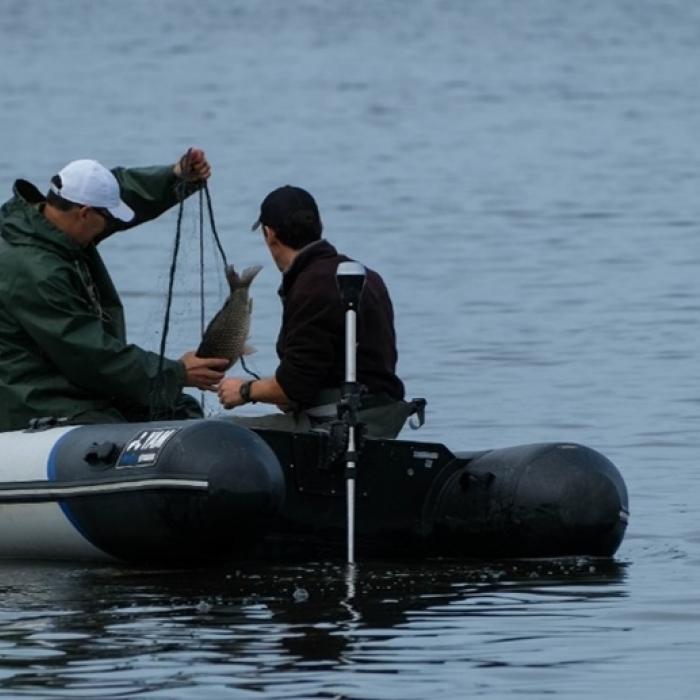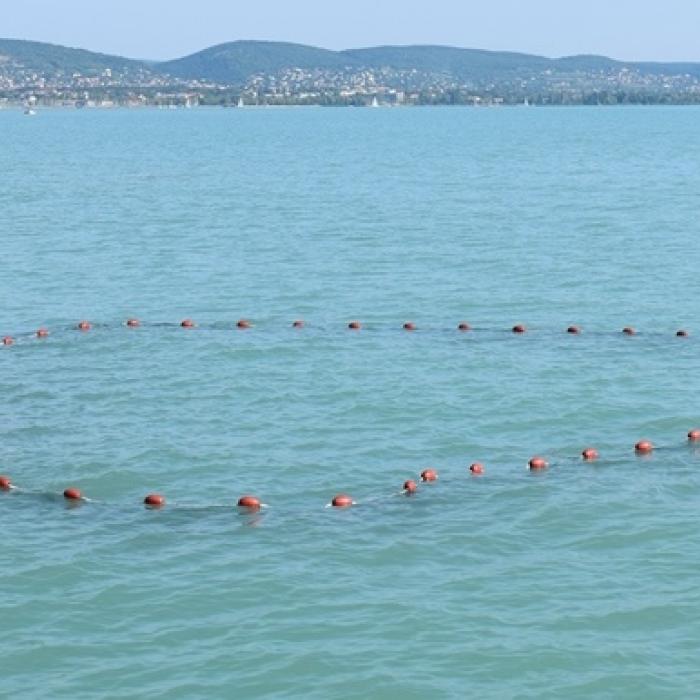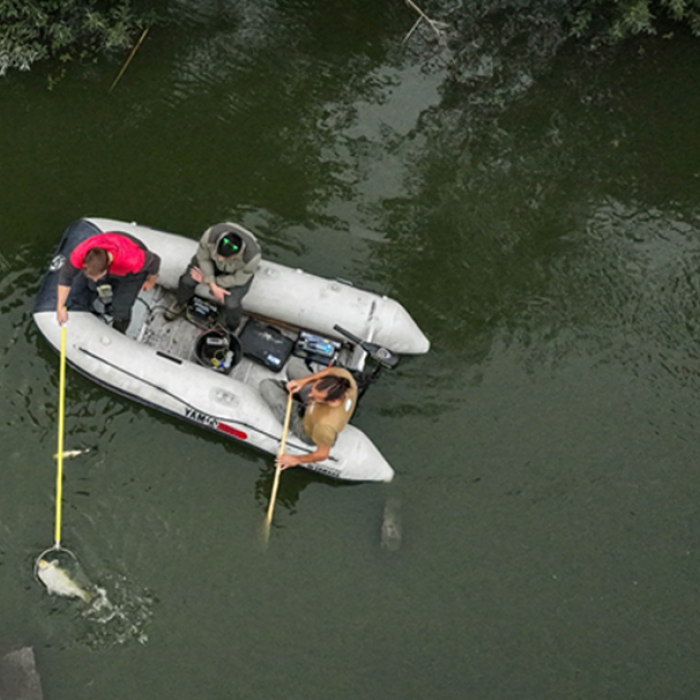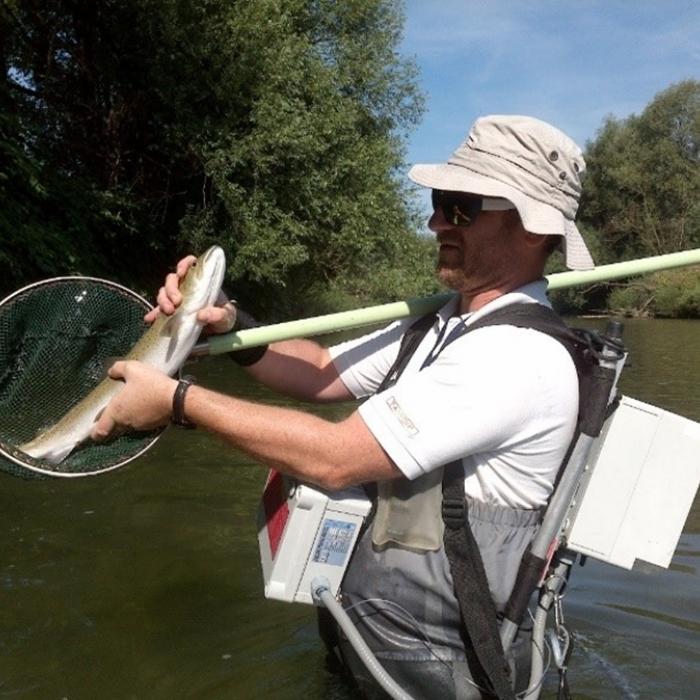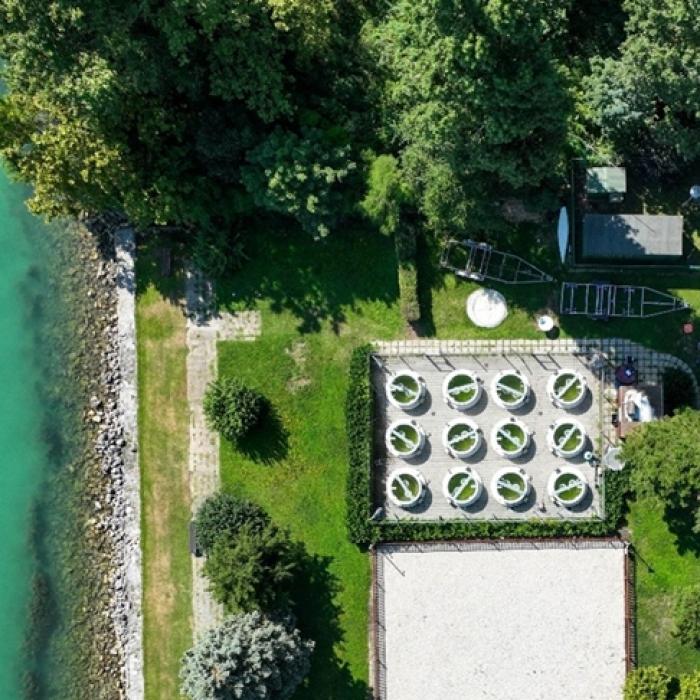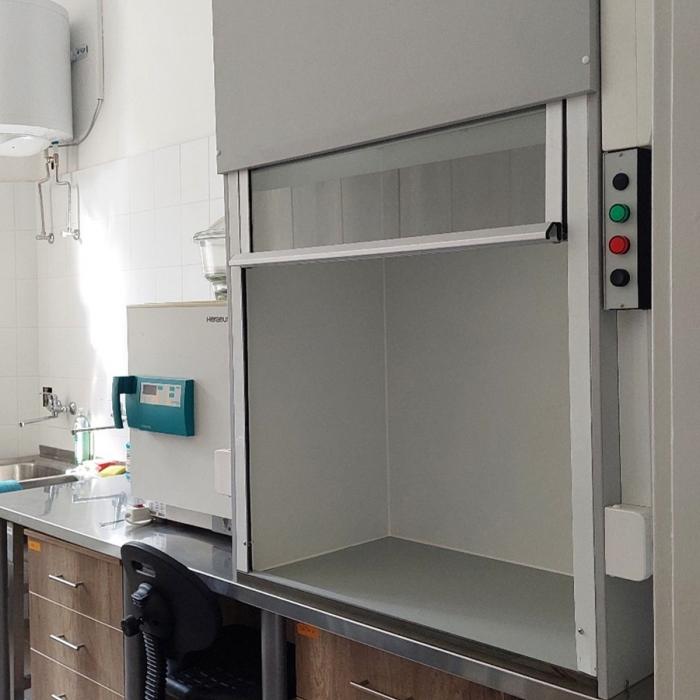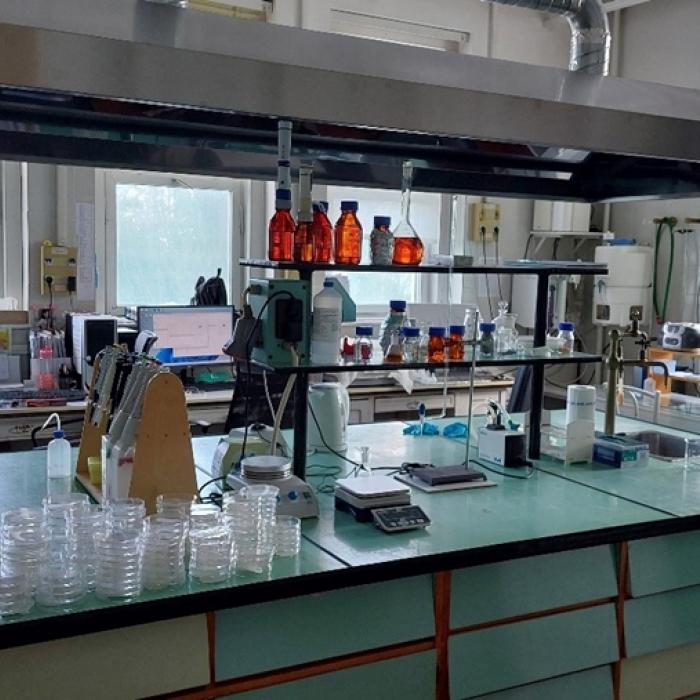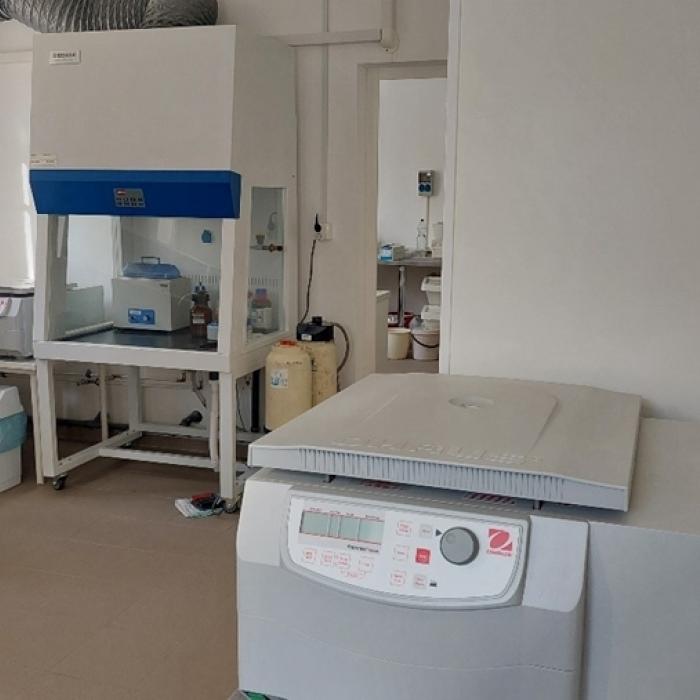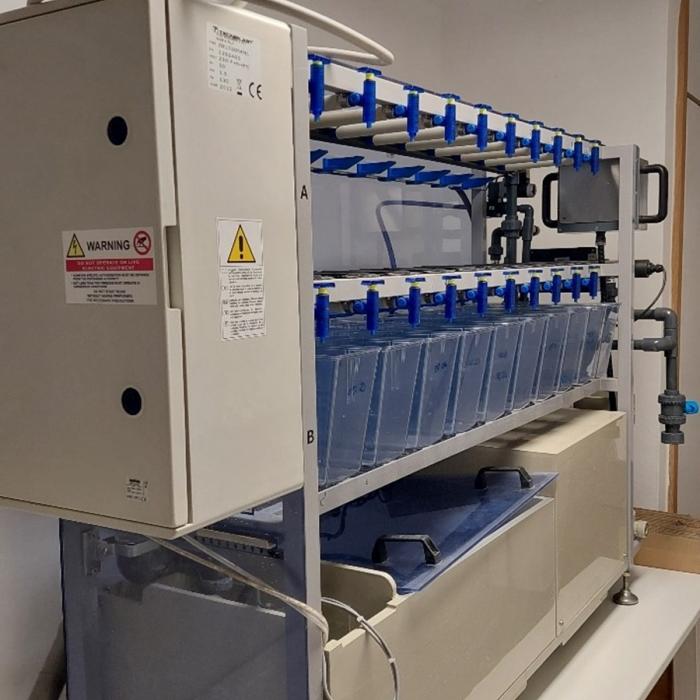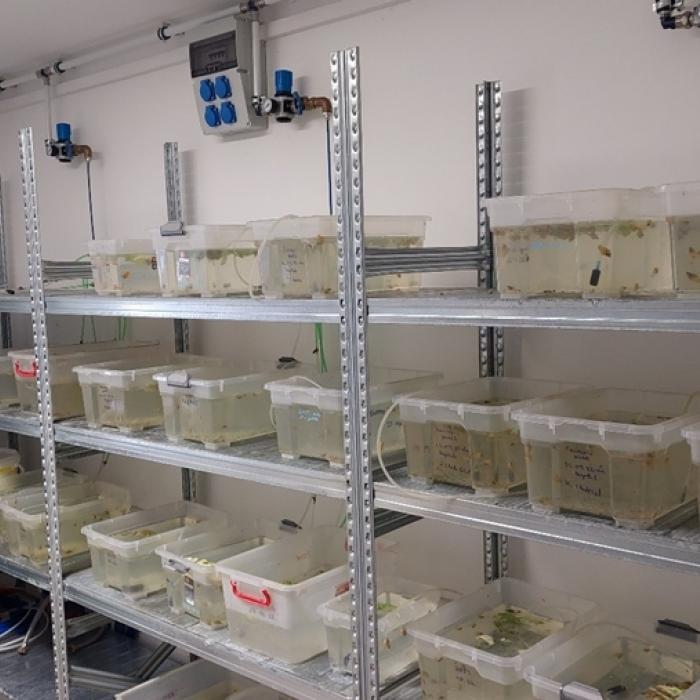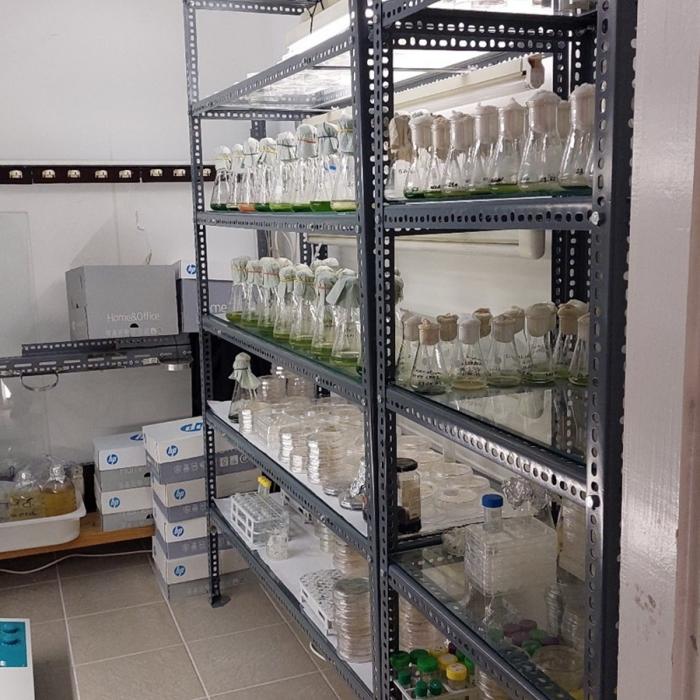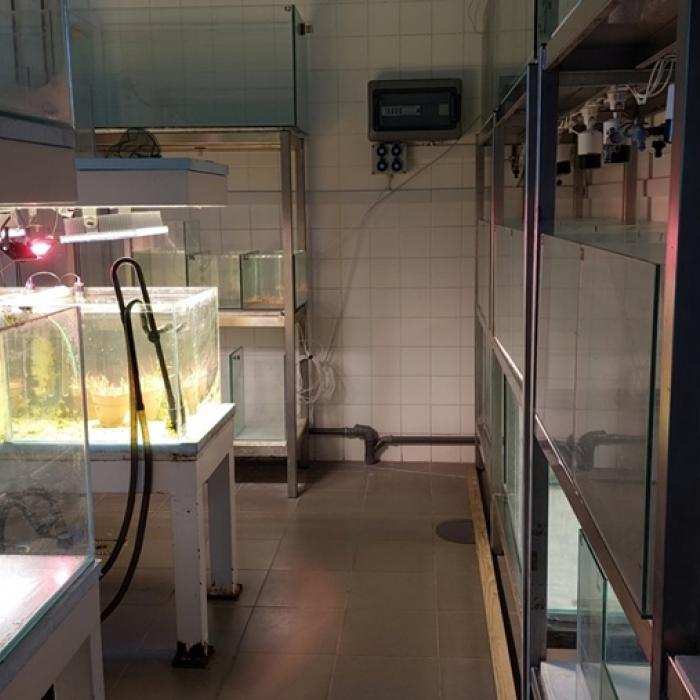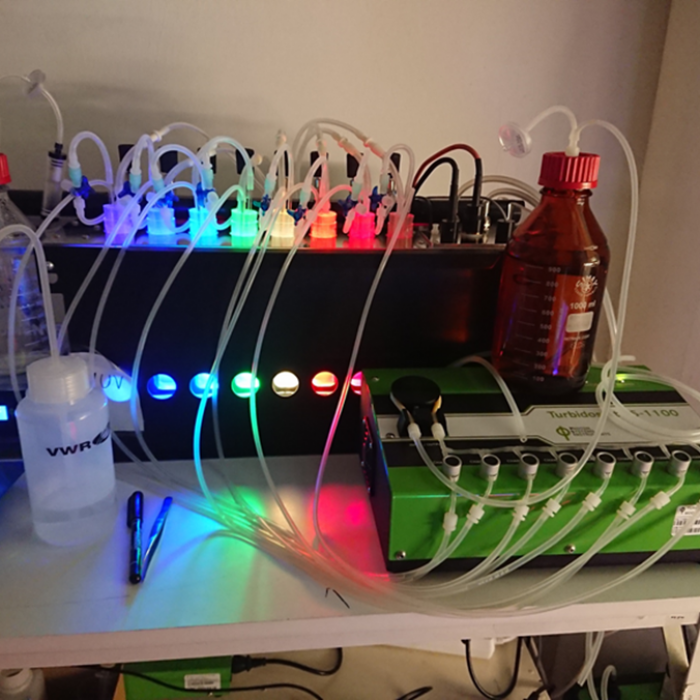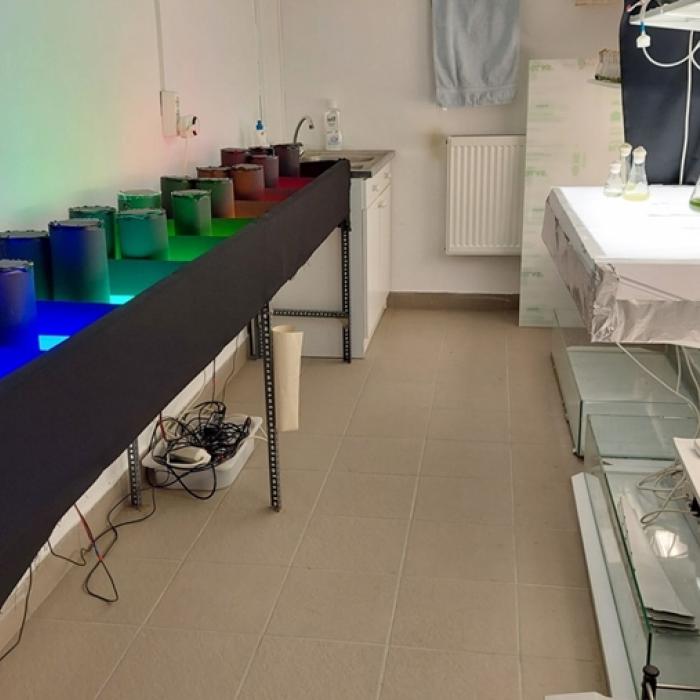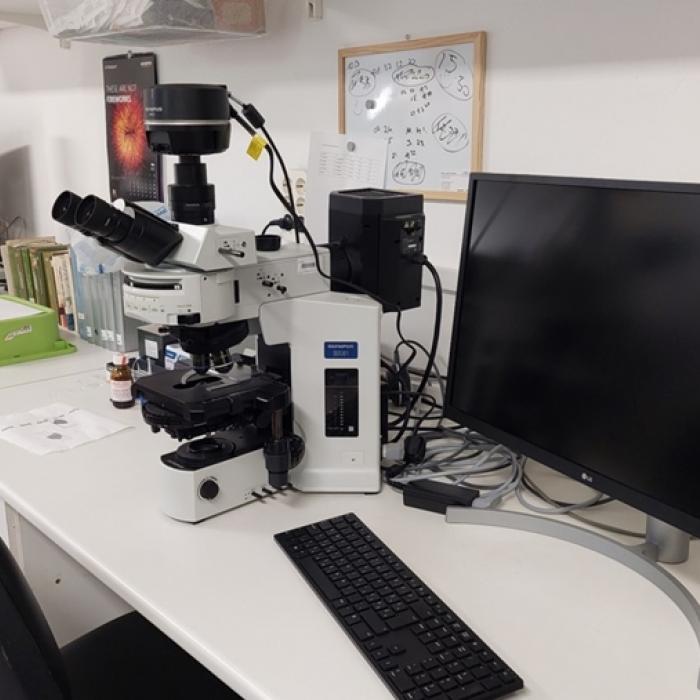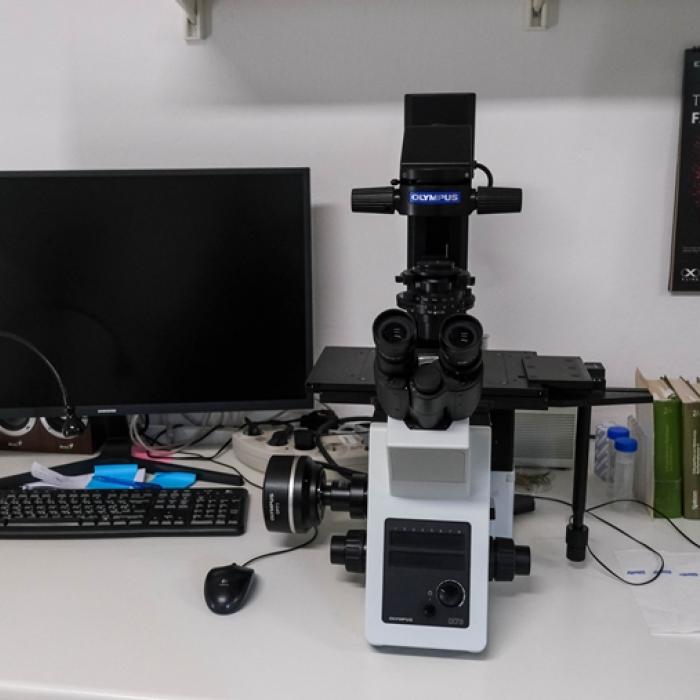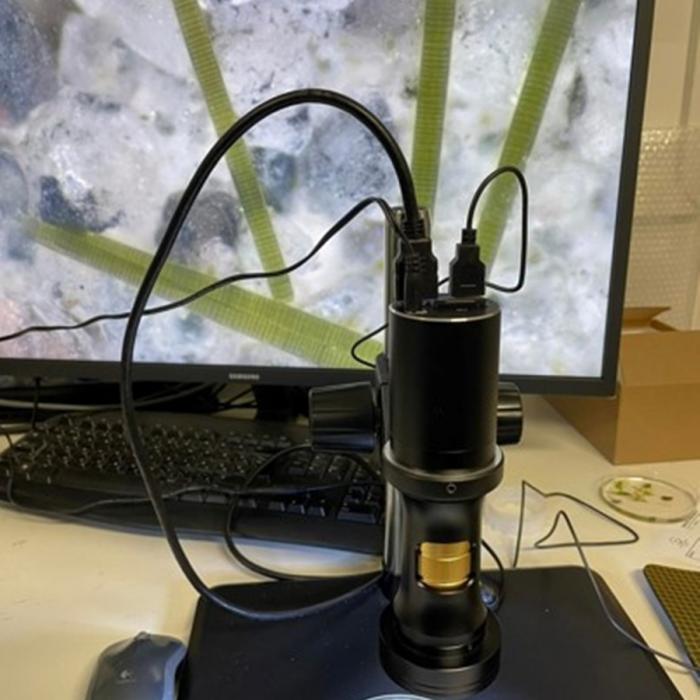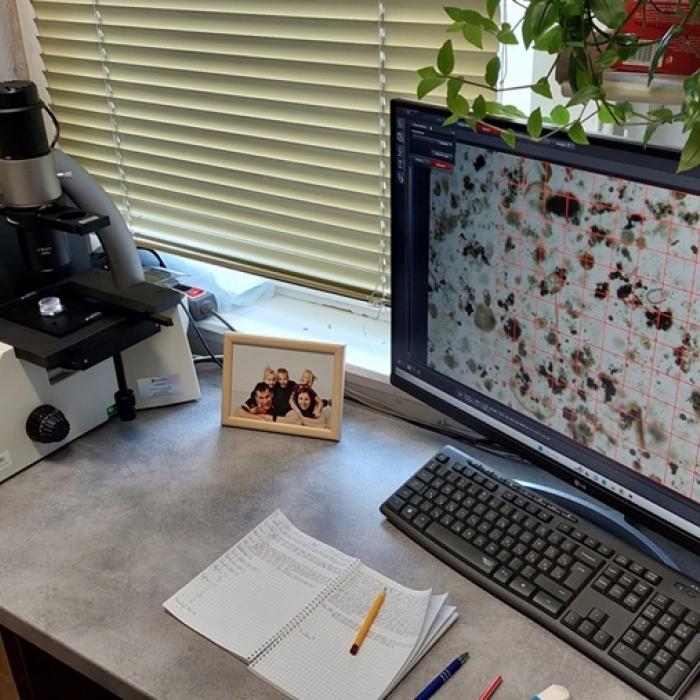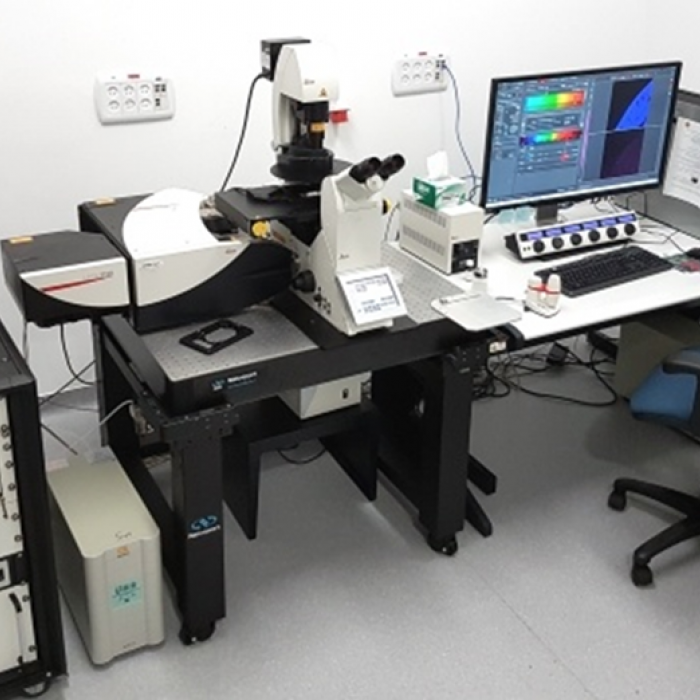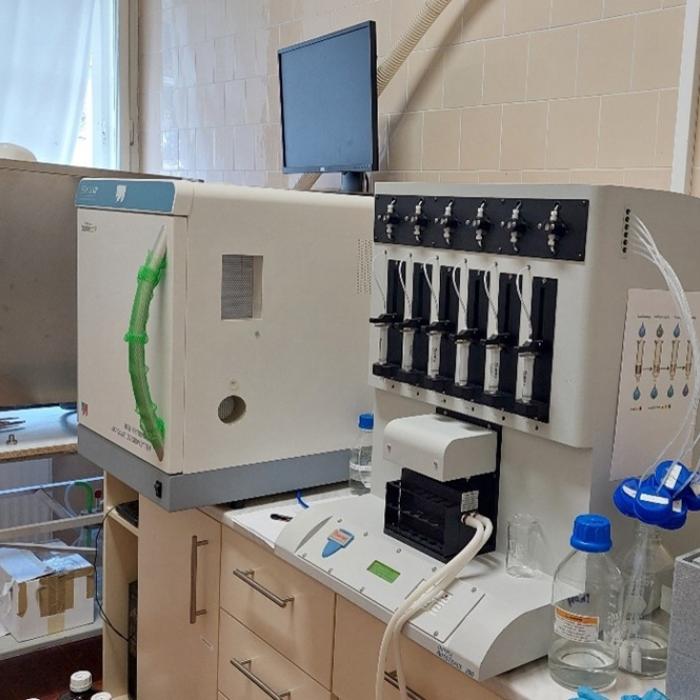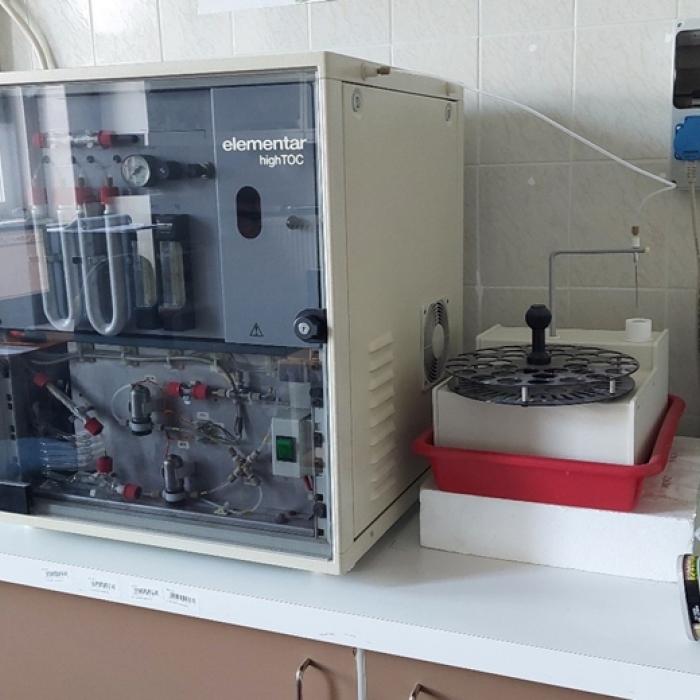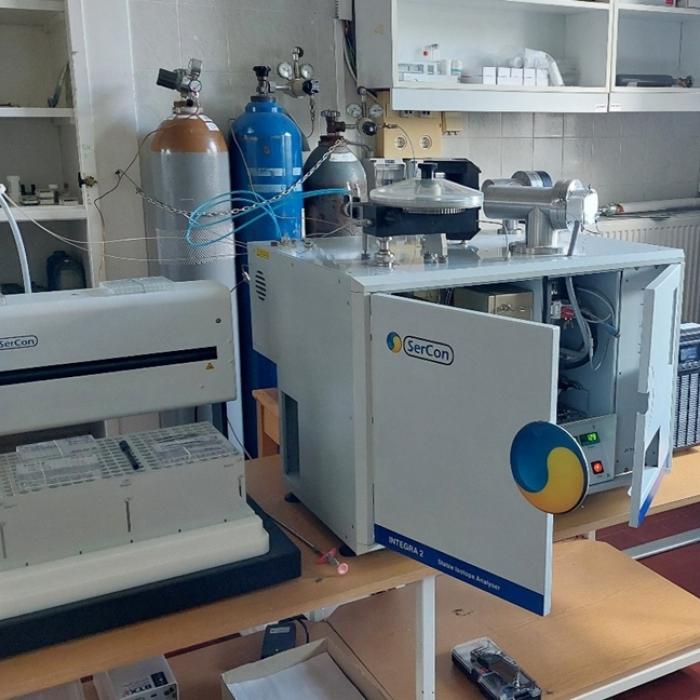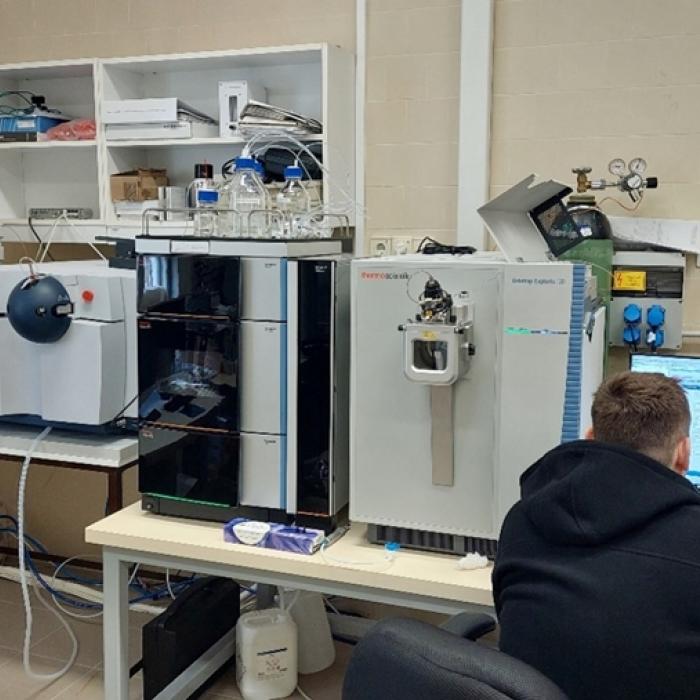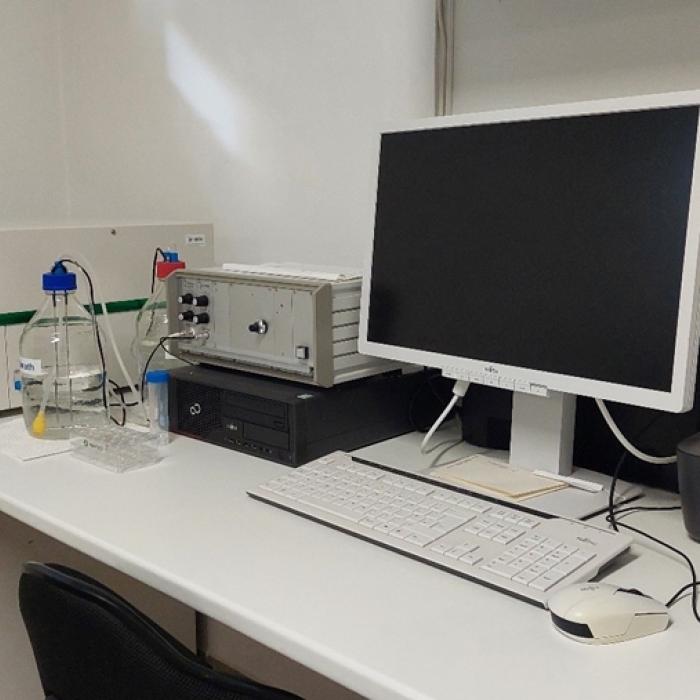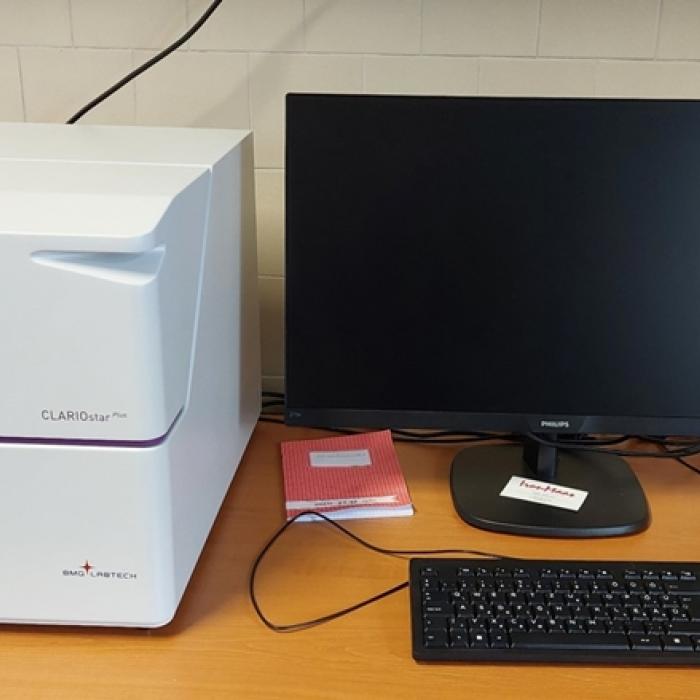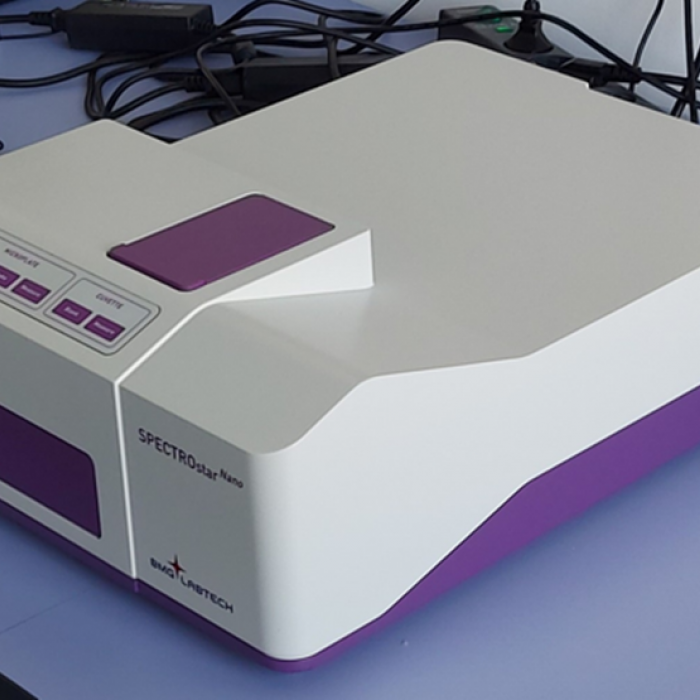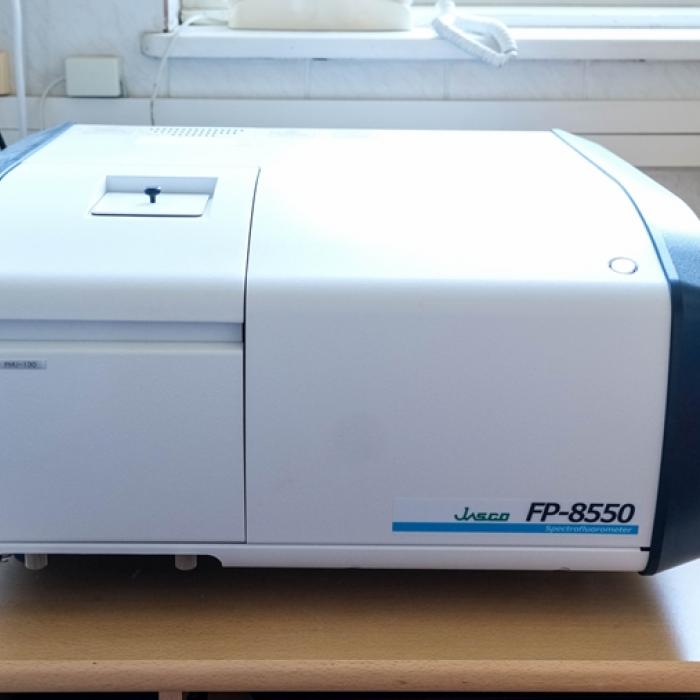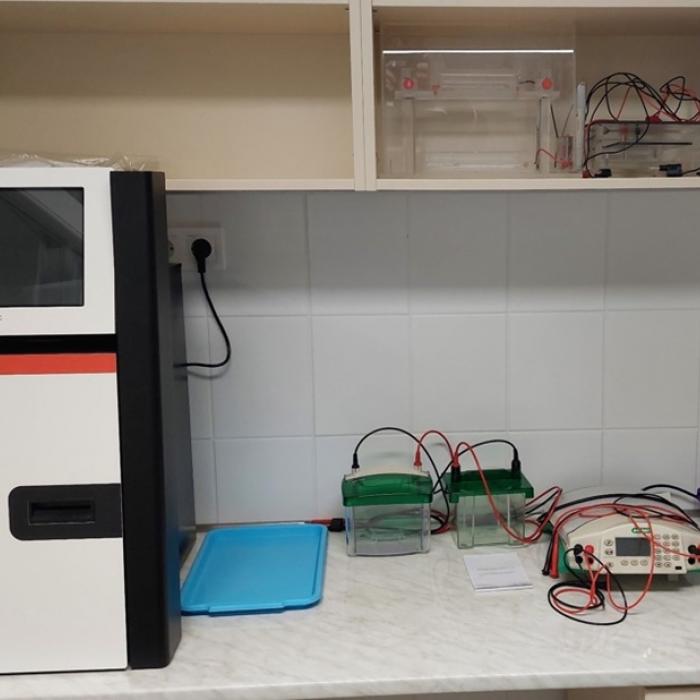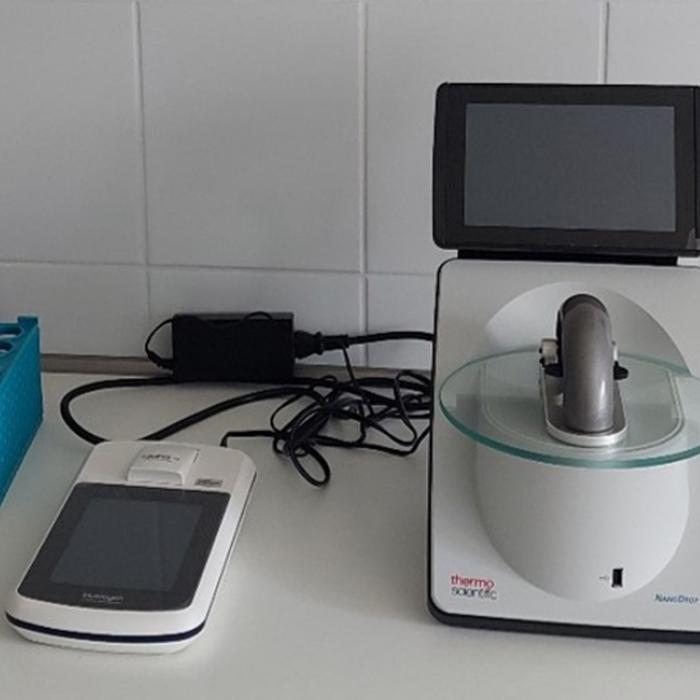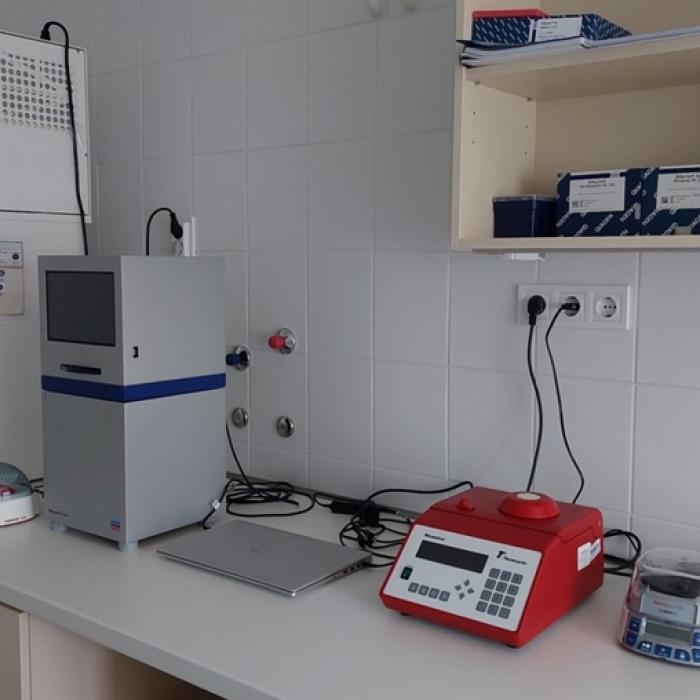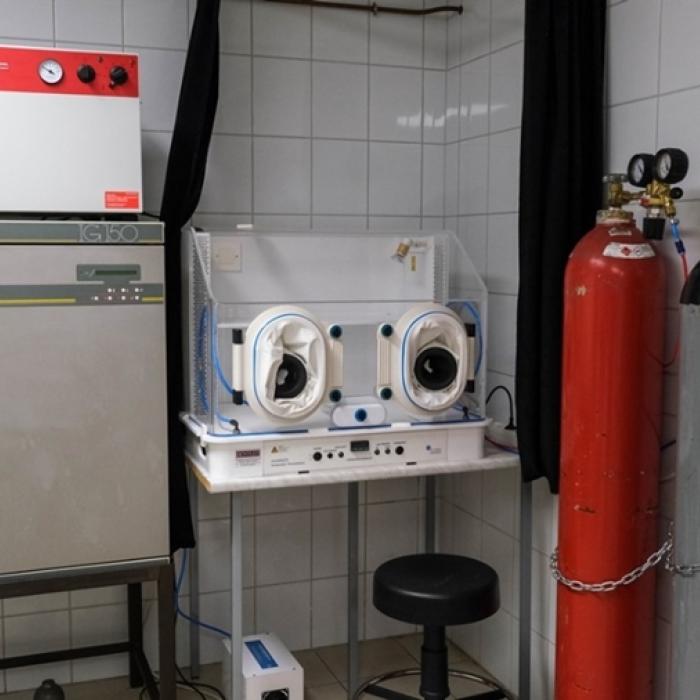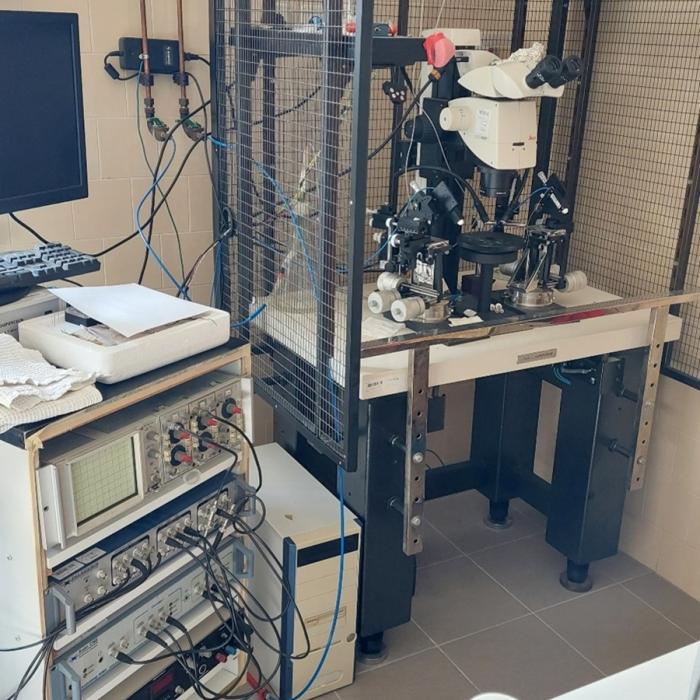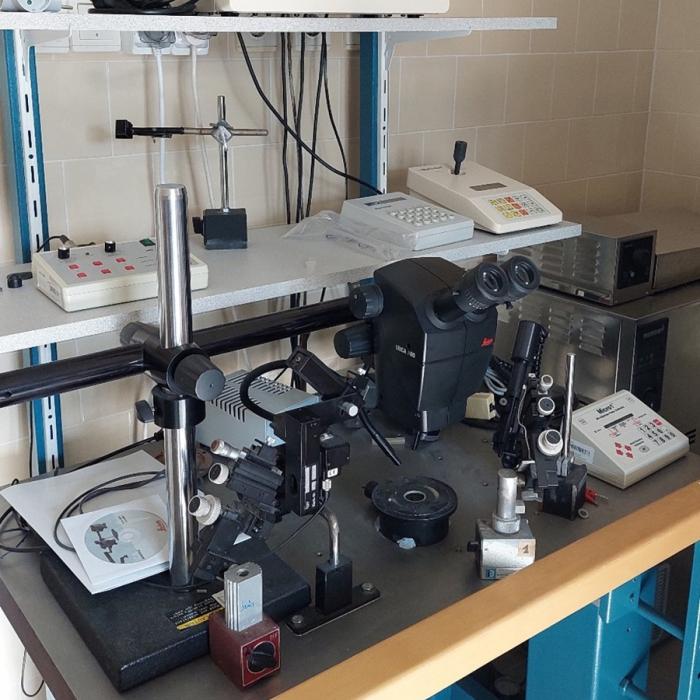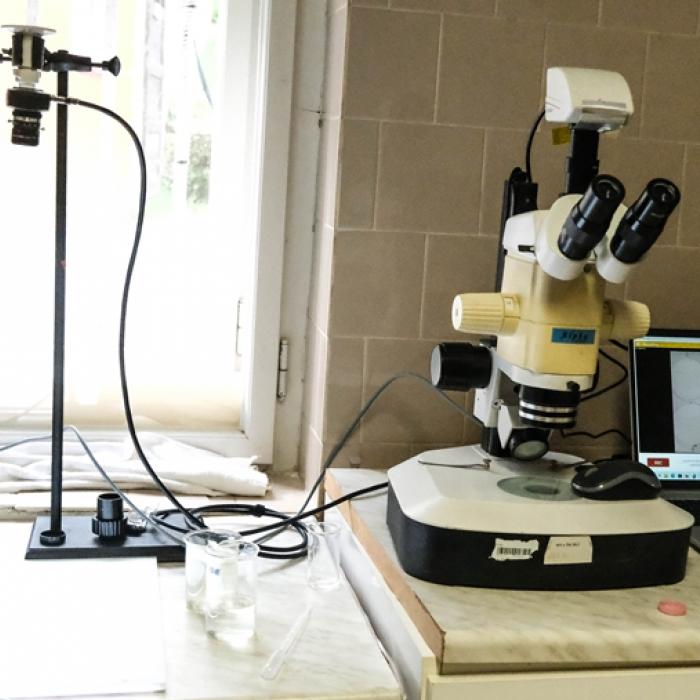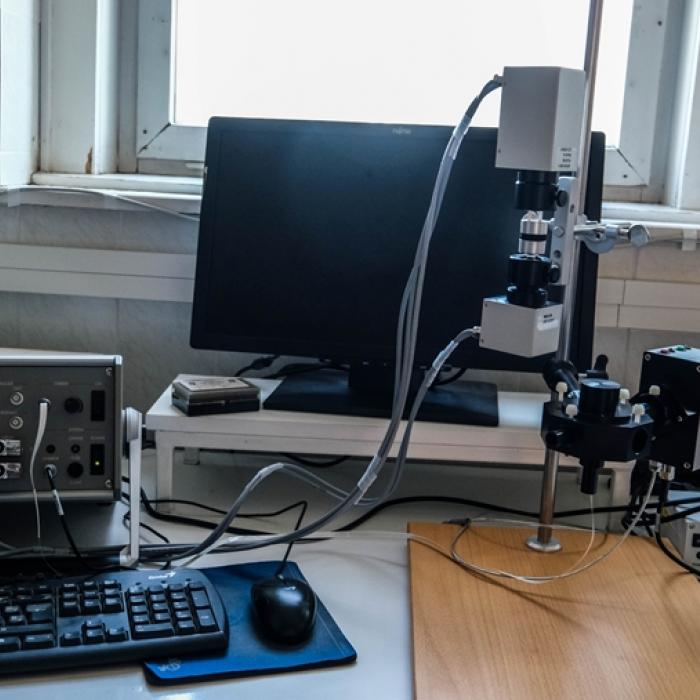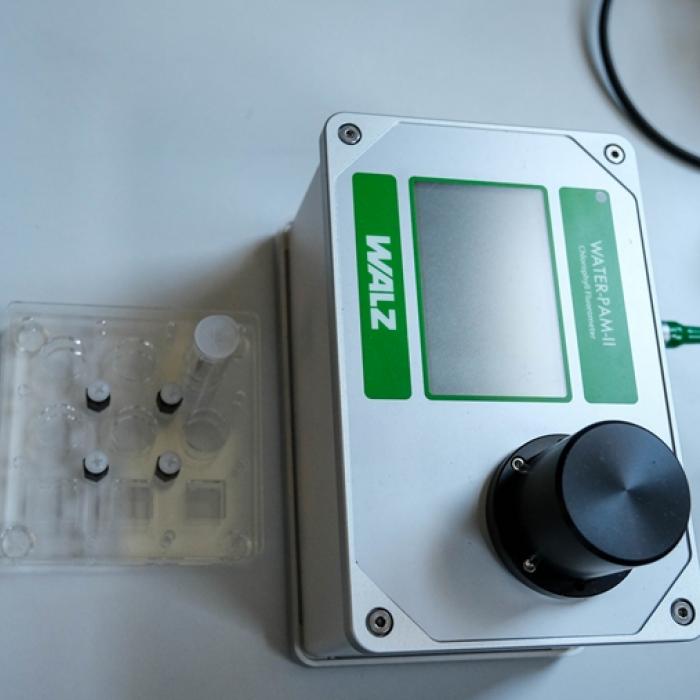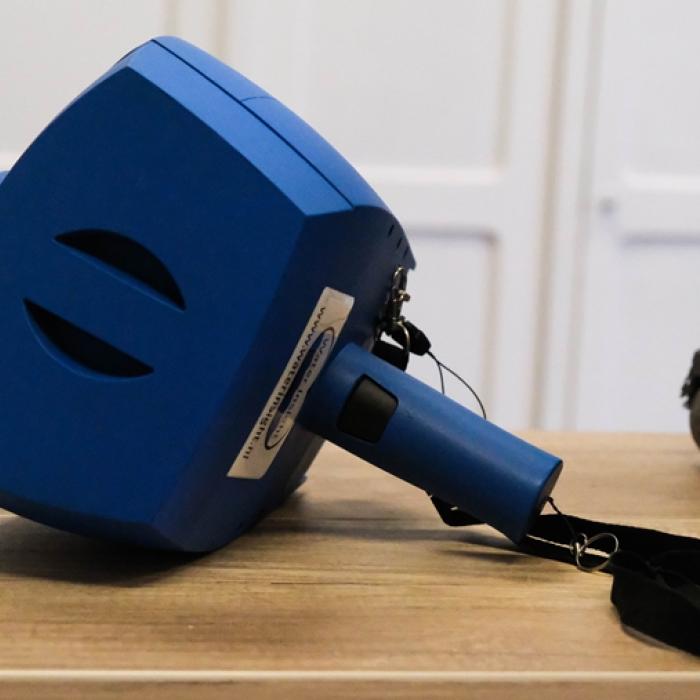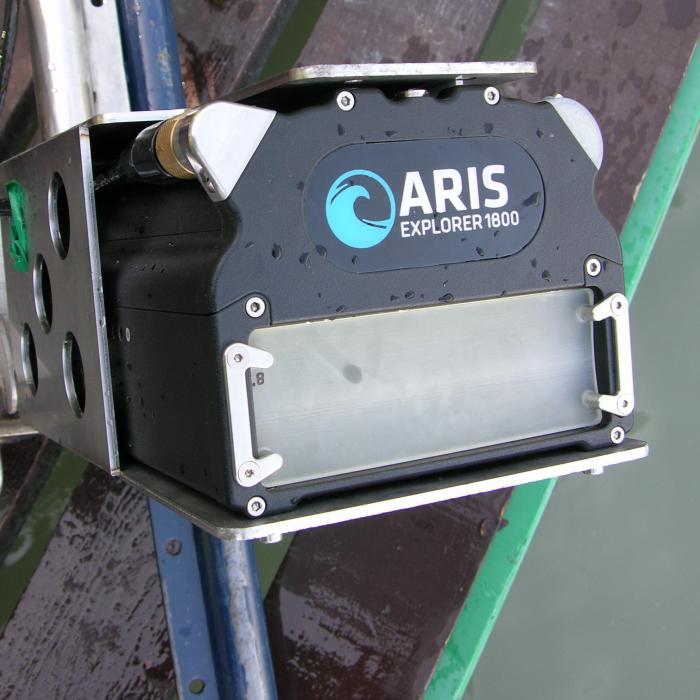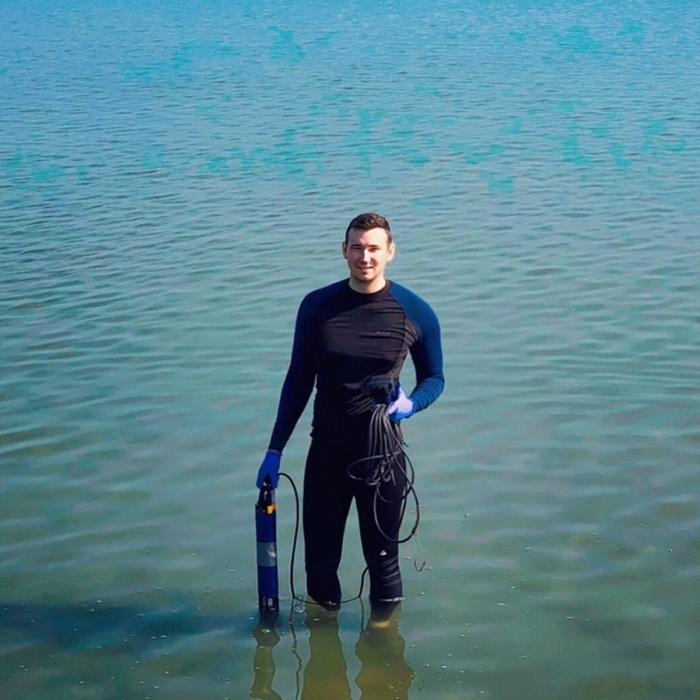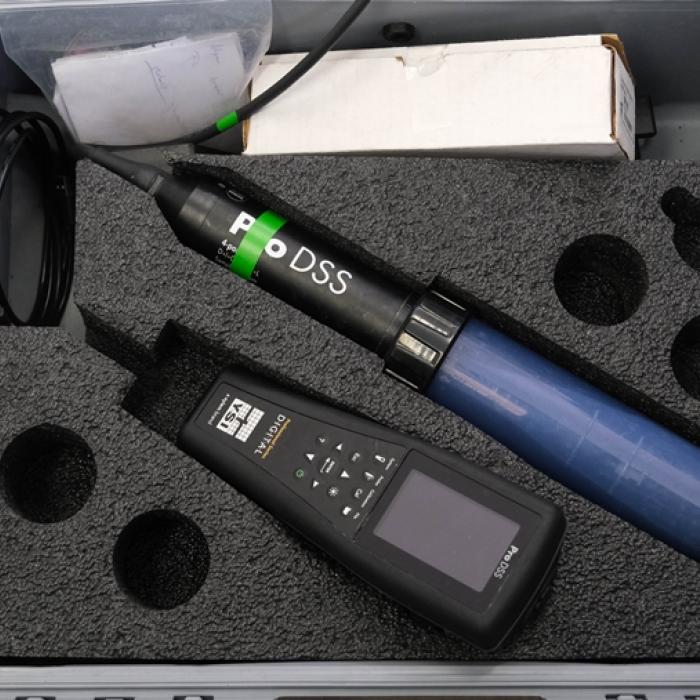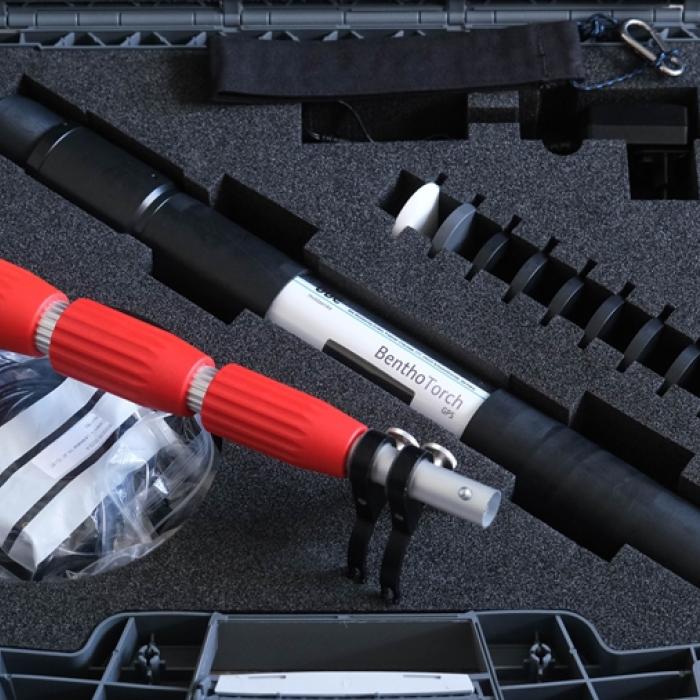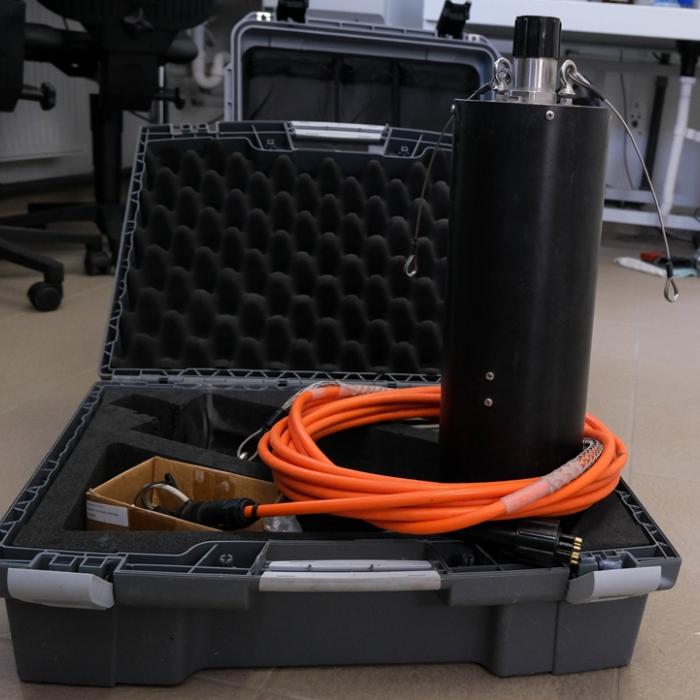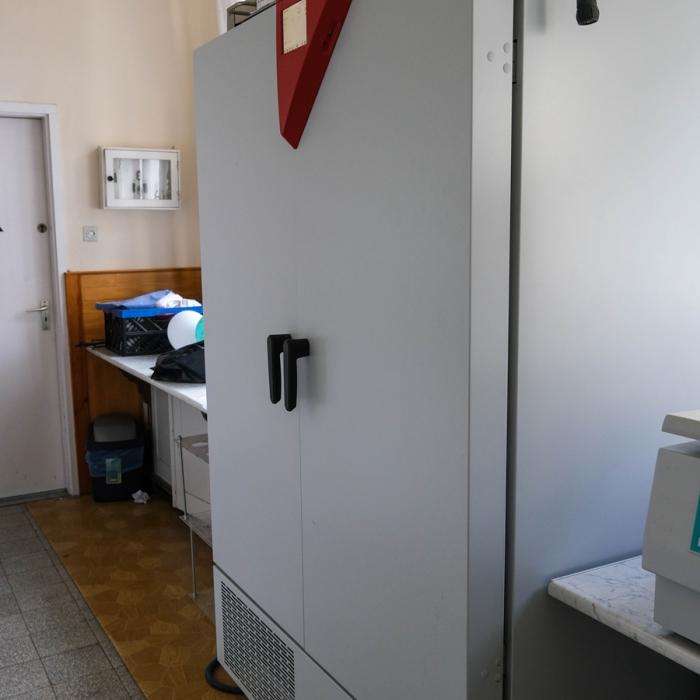Research groups
Aquatic Botany and Microbial Ecology Research Group
Leader of the research group
Group members
The research group investigates the effect of external and internal nutrient loading on trophic state and nutrient cycling in the continental standing waters, especially regard to the primary production and decomposition trophic levels. The group analyses the bacterial and alga production, the light and nutrition limitation of primary production, as well as the trophic state and ecological quality of standing waters by remote sensing control techniques. The group works on the long-term monitoring of phytoplankton in the Lake Balaton, as well as maintains an isolated algal culture collection from Lake Balaton and other standing waters as a reference for classical and molecular taxonomic investigations. The group studies the distribution, production and ecophysiology of emergent and submerged macrophytes, by means of various methods e.g. physiology, genetics and remote sensing control etc. The group especially carry out exploratory limnological research of extreme and unique standing waters (e.g. soda and saline lakes) in Eurasian scope. These fundamental limnological research includes investigation of role of waterbird population in the nutrient cycling, energy flow and trophic relationships. In the frame of national and international collaboration, the research group also works on ecosystem services survey projects of Eurasian waters by our fundamental limnological databases and diverse expertise.
Selected publications
- IF: 2,051
Aquatic Invertebrates and Community Ecology Research Group
Leader of the research group
Group members
1. Investigation of the ecological role of invasive mussel species in Lake Balaton
Our research focuses on the population dynamics and ecological role of the invasive dreissenid species. We examine the colonization, food preference and metabolism of the animals using experimental methods on animals collect from natural habitats, on implanted ones and on those kept in aquaria. We examine also the ecological role of dreissenids in the food we structure of Lake Balaton.
2. Human impacts on freshwater biodiversity
We examine the effects of human impacts on freshwater biodiversity. We focus on how the different facets (taxonomic, phylogenetic and functional) and components (alpha and beta) of diversity, as well as the taxonomic- and trait-based community respond to anthropogenic disturbances such as urbanization, pollution, habitat degradation, spread of invasive species or climate change.
3. Development and use of methods of numerical ecology
We deal also with the methodology of community ecology. We are interested in approaches quantifying community-level phenomena such as beta diversity or nestedness, as well as in methodology enumerating functional diversity.
Selected publications
Ecophysiological and Environmental Toxicological Research Group
Leader of the research group
Group members
Activity of the research group:
The research group was established in 2021 from the previous Adaptive Neuroethological Research Group supported by National Brain Program (NAP2.0) and Chemical Ecology Research Group.
Mission of the research group:
Complex (eco)physiological and toxicological investigations of the effects of both natural and anthropogenic pollutants detected in Lake Balaton on aquatic invertebrate and lower vertebrate species in a top-down approach with model multidisciplinary applications. An important part of our mission is to communicate the practical implications of our scientific findings to the decision makers, water authorities, nature conservationists, and also to the public.
Tasks of the research group:
1) Monitoring of the presence of natural and anthropogenic pollutants (e.g., cianotoxins, drug residues, UV-filters, pesticides, rodenticides, microplastics) in Lake Balaton. Chemical characterization of aquatic environment (water body, sediment, phyto- and zooplankton, phyto-and zoobenthos, macrophyton, macro invertebrates, fish) with special attention to the spatio-temporal variations of pollution sources as well as identification, quantification and adsorption of different pollutants.
2) Investigation of the long-term combined effects of climate change and anthropogenic stressors in aquatic ecosystems. We examine the changes of the abiotic environmental factors (e.g., extreme temperature, salinity, pH, and redox processes) caused by climate change on the physiological functions and adaptive ability of major animal taxa (zooplankton, arthropods, mollusks, fish). Characterization of molecular underpinnings of adaptation.
3) In the framework of field studies, we analyze the effects of anthropogenic pollution of wetlands on the general condition, reproductive capacity, and cellular and molecular level changes of aquatic invertebrate and fish indicator organisms. At the population level, we obtain information by comparing the condition indices of individuals collected from more polluted (e.g., harbors, beaches, around treated sewage inlets) and more protected (e.g., nature conservation bays) areas.
4) In controlled laboratory experiments, we investigate the individual and mixture effects of pollutants on (neuro)physiological functions (feeding, locomotion, breathing, development, reproduction, learning) of representative aquatic model organisms from laboratory-bred animals at the individual, tissue, cell and molecular levels (top-down approach), using multidisciplinary (physiological, histological, biochemical, molecular, genetic) methods. At the cellular level, we map the mechanism of action of toxicity on oxidative stress and biotransformation systems, as well as investigate neurophysiological effects on identified cells and simple neural networks during exposure to environmentally relevant complex pollutant mixtures. At the molecular level (mRNA), we investigate the expression changes of known stress markers (e.g. GnRH/CRZ, CREB, DJ- 1, p38alpha, JNK1, etc.).
5) A complex environmental condition assessment of Lake Balaton and the development of a reliable exposure- and biomarker-based wetland monitoring strategy based on environmental analytical surveys, environmental risk assessment and the general toxicity of pollutants. In this way, we can determine the general condition of the organisms inhabiting the given wetland in a cost-effective and environmentally friendly way, and at the same time we can weight the importance of the complex stress effects on the aquatic community from natural and anthropogenic sources on the environment.
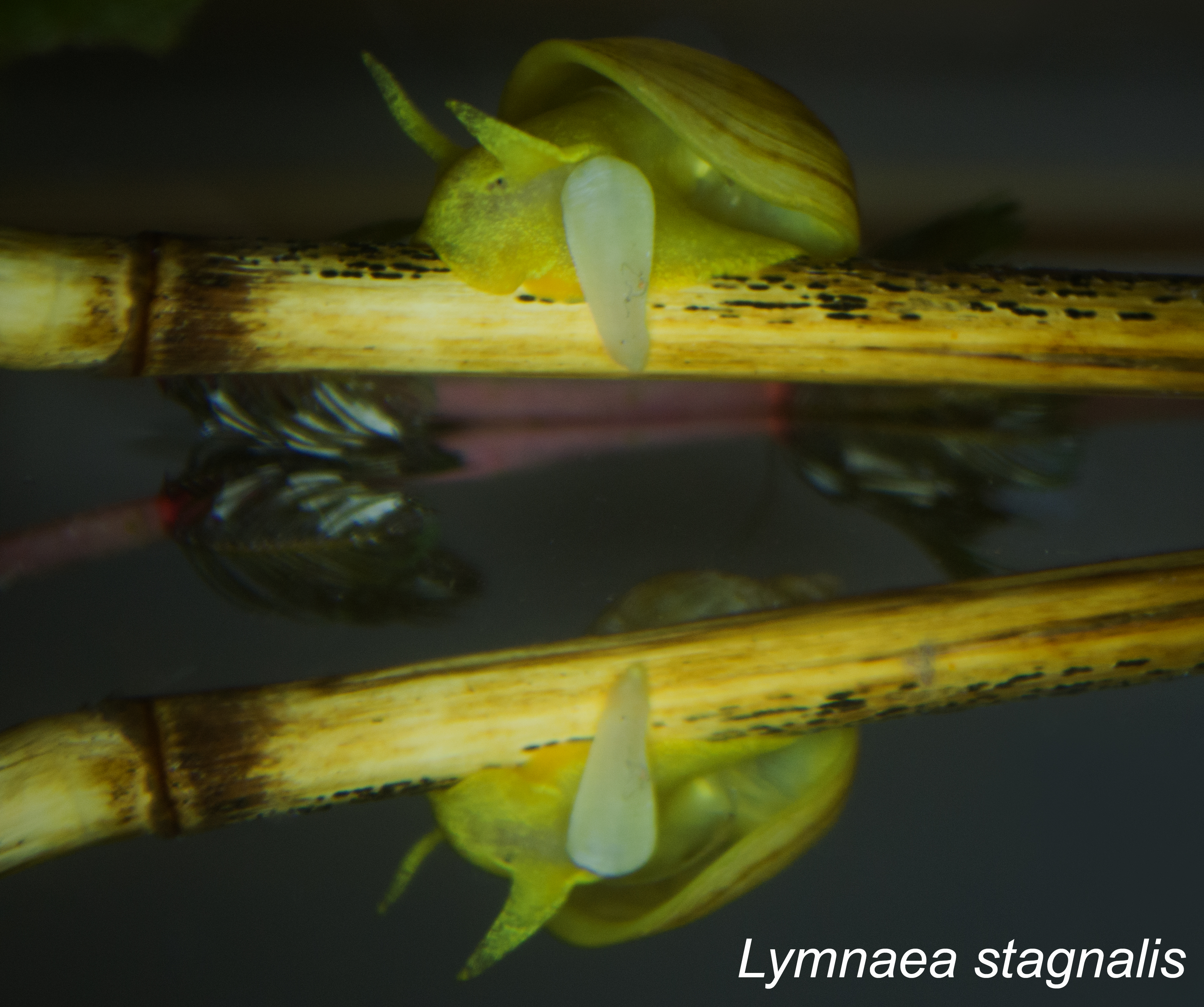
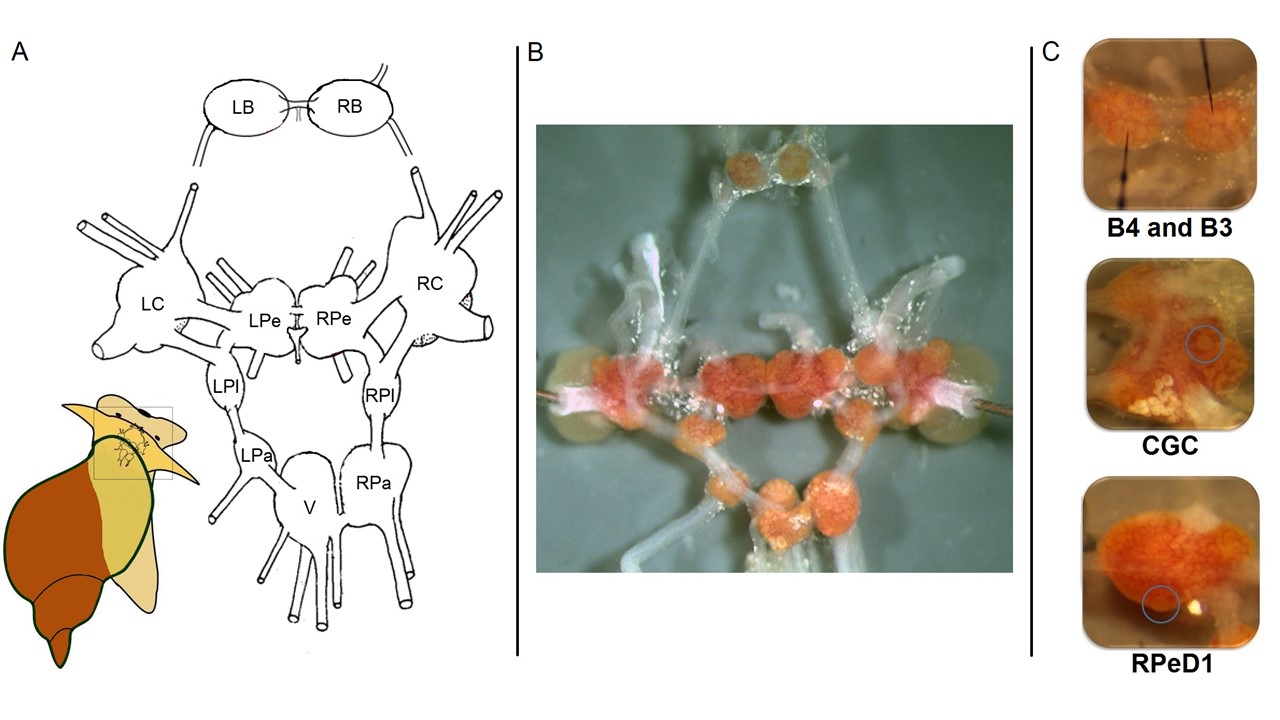
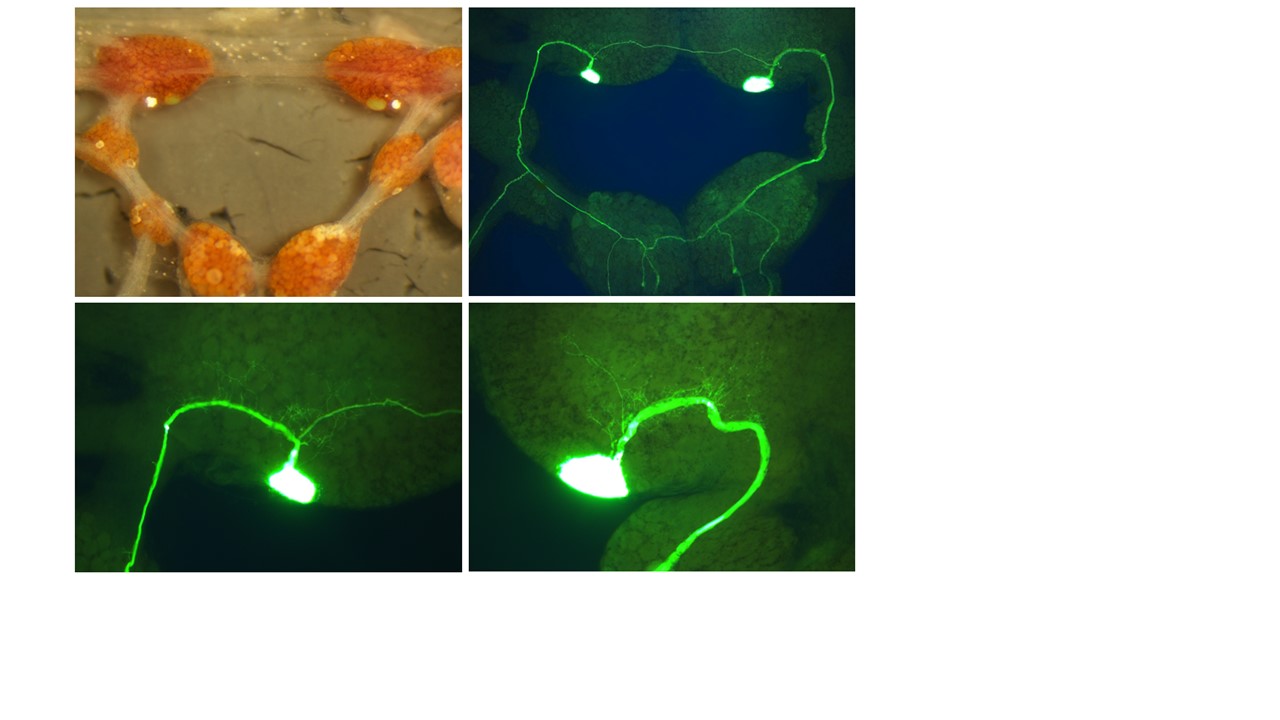
Selected publications
Fish and Conservation Ecology Research Group
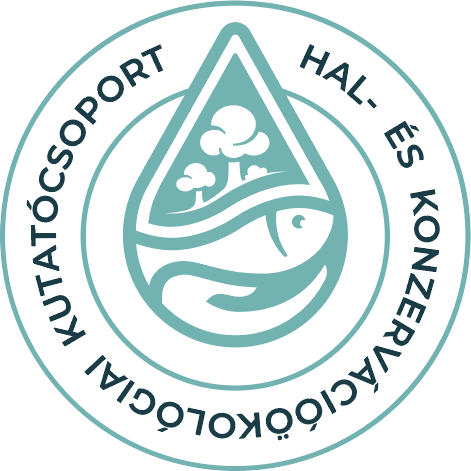
Leader of the research group
Group members
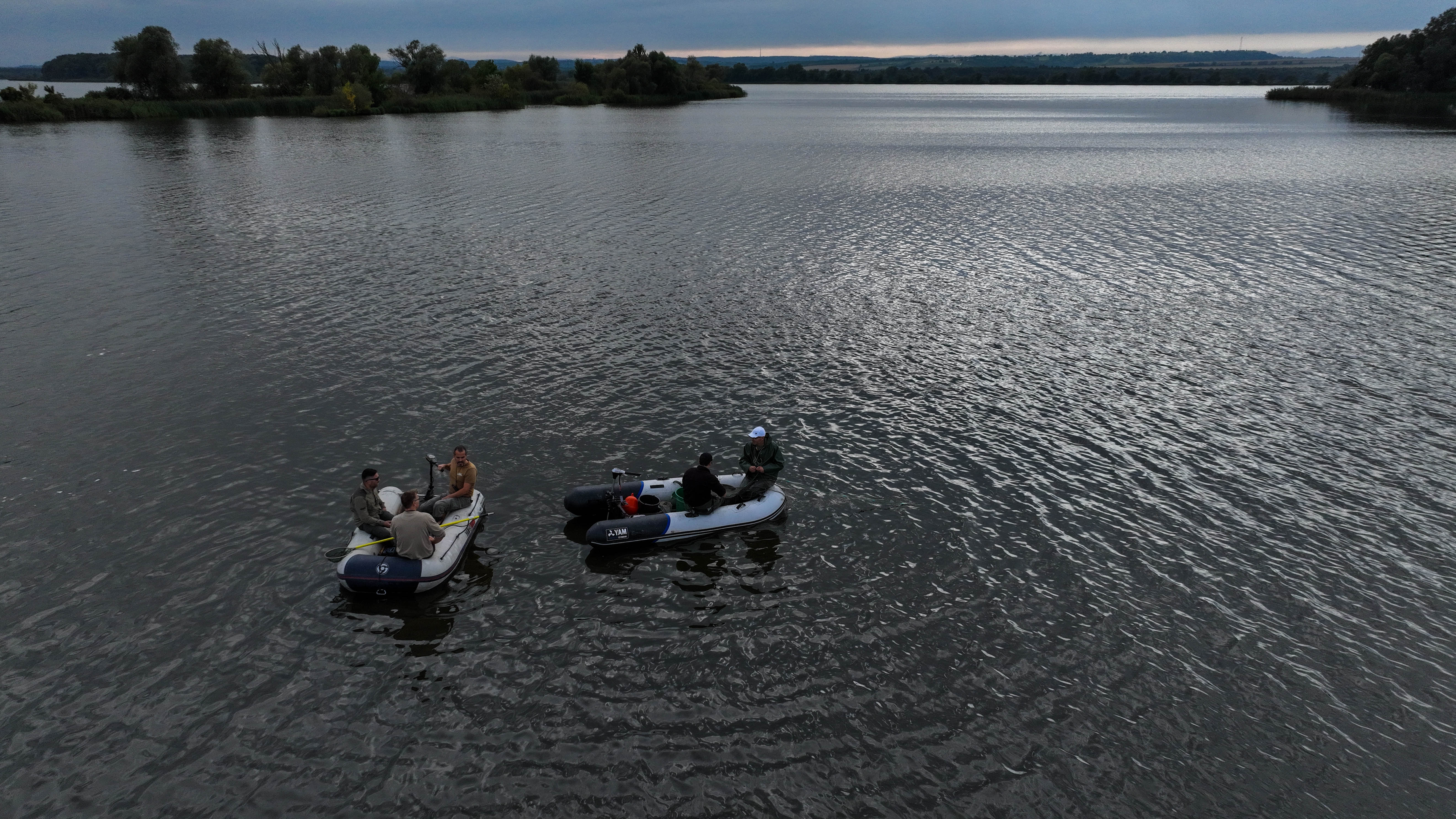
We examine the biodiversity and organization of freshwater fish assemblages.
Our primary model system are the Danube and Lake Balaton and its catchment, which is affected by a variety of human impacts. The primary focus is to explore the environmental drivers of population dynamics and assemblage organization, and, from an applied perspective, to provide suggestions for environmental managers and conservationists to mitigate human impacts. Specifically, we examine the habitat use, ontogenetic diet patterns, trophic relationships, growth, and survival of fish in Lake Balaton. The main task of the monitoring of the waterbasin’s streams is to follow the distribution of non-native invasive species and to explore their impact on the native fauna. We also examine the organization of fish assemblages in the River Danube and its floodplain system.
Increasing emphasis is given to the study of the diversity and distribution of fish in a regional (country-wide) scale to develop monitoring systems for evaluating environmental health, to base conservation planning actions and to explore the effects of human impacts on freshwater biodiversity in the Pannon Ecoregion.
Selected publications
Zooplankton and Ecological Interactions Research Group
Leader of the research group
Group members
The task of the Research Group is to investigate and monitor the biomass and composition, spatial heterogeneity, and seasonal dynamics of the zooplankton community inhabiting Lake Balaton. Zooplankton refers to the animal component of the planktonic community in aquatic ecosystems, which mediates nutrients and energy between lower (algae, bacteria) and higher trophic levels (e.g., fish) of the food chain. It serves as the basic food source for all juvenile fish in Lake Balaton, but several fish species also consume it in their adult stages. Through filter feeding, zooplankton can control the quantity of floating algae, thus exerting an important influence on water quality.
The Research Group also operates the mesocosm system of BLKI, consisting of 12 outdoor tanks (mesocosm: an experimental system that examines the natural environment under controlled conditions). In these five cubic meter tanks, water temperature, nutrient levels, water flow rate, incident light intensity, and other factors depending on the objective of the experiments can be regulated. Sensors installed in the tanks continuously measure the most important physical parameters in the water (e.g., incoming light, water temperature, pH, dissolved oxygen, etc.). The mesocosm tanks can be filled either with unfiltered water from Lake Balaton (pumped in directly from the lake) or with lake water filtered in three stages (gravel-, sand-, and UV-filtration). With this system, researchers can investigate/model ecological phenomena under controlled conditions, such as the impact of global climate change on aquatic communities or the interactions of environmental factors promoting algal blooms.
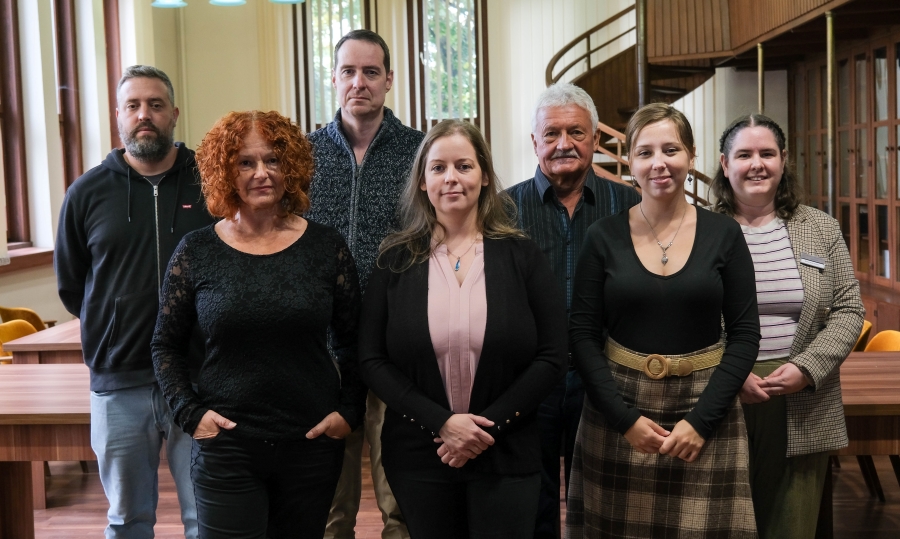
Selected publications
Researchers
Projects
Hungary Biodiscovery Hub - Basecamp Research Limited 2025
"The aim of the partnership between HUN-REN BLRI and Basecamp Research is the microbial and chemical analysis of environmental samples collected from the diverse habitats in Hungary with both commercial and research objectives. Basecamp Research, a biotechnology company based in London, UK, conducts commercial research on genetic material and associated digital sequence information (DSI) from microorganisms derived from environmental samples collected in marine and terrestrial habitats through Biodiversity Collaborations established, among others, with HUN-REN BLRI who conduct ecological research to explore the distribution and diversity of microbial communities. The partnership involves mutually beneficial aspects of technology- and knowledge transfer or scientific publications.
REFBAR Reinforcing network for enriched freshwater phytoplankton barcode library
The aim of REFBAR project is to create an international, intersectoral and interdisciplinary network to facilitate the exchange of staff to progress developments in eDNA metabarcoding and genetic reference library for freshwater plankton microalgae that can
significantly enhance data quality, data quantity and usability across aquatic ecosystems in Europe and beyond. The focus will be on
developing staff and partner skills in the areas of long-read sequencing, (meta)barcoding, and metadata standards coupled with
improved molecular bioinformatics techniques which in turn will offer more reliable DNA reference library for eukaryotic and
prokaryotic photoautotrophs. The consortium is comprised of an international network of beneficiaries and partners with
internationally-recognized track record on metabarcoding and world leaders in development of eDNA filters and portable next generation sequencing capabilities. The academic beneficiaries will benefit from gaining experience in the development of on-site
filtering of eDNA, third generation sequencing and bioinformatics. Industrial staff will benefit from bi-lateral exchanges from the
scientific domains of biosystematics and freshwater ecology that is necessary for developing innovative eDNA solutions from the first
sampling step to bioinformatics pipeline.
Danube Lifelines (DLL) – Safeguarding Migratory Fish and Their Habitats in the Danube River Basin and Beyond HORIZON Project 2025–2029
The main goal of the Danube Lifelines (DLL) Horizon project is to restore ecological connectivity and natural habitat conditions in representative river stretches within the Danube River Basin. This involves improving the rivers’ natural flow dynamics, reviving floodplains and wetlands, and enhancing biodiversity, all while engaging local communities and respecting their interests.
To achieve this, the project will explore nature-based solutions at its demonstration sites. These include removing obsolete dams, restoring natural riverbanks, reviving wetlands, and reconnecting tributaries.
The project’s key activities will be carried out at eight demonstration sites across seven countries—Germany, Austria, Slovenia, Slovakia, Hungary, Romania, and Bulgaria—covering the upper, middle, and lower Danube Basin.
These sites, located on the Inn, Pielach, Sava, Ipoly, Rába, and Danube rivers, were selected for their ecological value as potential focal points for reviving valuable habitats and critical migration routes. Through these efforts, the project will contribute to the EU-wide target of restoring at least 25,000 km of rivers as ecological corridors by 2030.
Community response of planktic and benthic microorganisms to anthropogenic pressures and the applicability of DNA metabarcoding in the ecological status assessment of lakes
Our project studies the effect of anthropogenic stressors or other environmental variables on lake ecosystems through the analysis of planktic and benthic microbial communities. We study how these stressors affect the composition, diversity and co-occurrences of algae, bacteria and fungi assemblages. The methodological aspect of the project explores the advantages of DNA metabarcoding compared to conventional methodology in identifying communities of microorganisms, their hidden diversity and potential standardisation of the method. Our data is going to be complemented with those from international cooperations in order to develop DNA-based metrics to optimise ecological status assessment within the European Water Framework Directive.
Light Acclimation of Nitrogen-Fixing Cyanobacteria
The primary goal of the project is to study the photosynthesis of marine diazotrophic cyanobacteria, with particular focus on i) daily and depth-dependent changes in underwater light conditions, and ii) the dependence of photosynthetic and closely related cellular activities on light wavelength. We have chosen the single-celled model cyanobacterium Crocosphaera watsonii as the subject of our investigations.
Under natural conditions, due to the natural movement of the water column, C. watsonii cells occur at constantly changing water depths (0-50 m) – and the intensity of the light reaching them changes accordingly: for example, only about 10% of the light reaching the surface reaches a depth of 50 m. The intensity of light reaching C. watsonii cells thus depends both on the time of day and water depth. To model this under laboratory conditions, we regulate the illumination accordingly using a custom written software. The control cultures are illuminated with constant light so the average daily light intensity is the same in both cases.
Not only the intensity of light, but also its color changes significantly with water depth. The red and violet components of light are absorbed at shallower depths, with only blue and green light reaching the deeper water layers. The change in light color depending on water depth is also modeled under laboratory conditions using a so-called multicultivator system, where C. watsonii cells are grown under different colored lighting.
NATIONAL LABORATORY FOR WATER SCIENCE AND WATER SECURITY
The National Laboratory for Water Science and Water Security (VVNL) aims to provide comprehensive support for integrated water management. Its activities cover rivers and floodplains, large shallow lakes, groundwater systems, as well as regional, agricultural, and urban water management. It also addresses wastewater management and catchment water quality assessment, contributing to the implementation of the EU Water Framework Directive (WFD). As a consortium partner, the Balaton Limnological Research Institute carries out international-level research and methodological developments focusing on the organization of freshwater communities and the dynamics of aquatic matter and energy flows, with particular emphasis on the impacts of human activities. Another key mission is fostering the next generation of researchers through the supervision and support of students and PhD candidates.
National Multidisciplinary Laboratory for Climate Change
The National Multidisciplinary Laboratory for Climate Change, led by the University of Pannonia, is being developed through a cross-disciplinary program in collaboration with domestic universities, research institutes, and the National Meteorological Service, under unified scientific management. The national laboratory investigates the characteristics of climate change; assesses its impacts on human health, natural and economic systems, and society; and conducts research and development on technological, economic, and social adaptation.
Characterization of the Neurophysiological and Neurodegenerative Effects of Cyanotoxins Isolated from Lake Balaton Using a Well-Established Invertebrate Model System
Principal Investigator: Dr. Zsolt Pirger
Adaptive Neuroethological, Ecophysiological and Environmental Toxicological Research Group, HUN-REN BLRI
Participants: Prof. Vasas G., Dr. Riba M., Prof. Kemenes G., Prof. Kemenes I., Dr. Svigruha R., Dr. Fodor Istvan., Szanto A., Nemeth Z., Laszlo Z.
Main objectives of the project and the proposed hypothesis
Harmful Algal blooms (HABs) are classified into three main classes based on their effects on the environment and humans. One class, which includes Cyanobacteria, Dinoflagellates, Diatoms, and Raphidophytes, is characterized by the production of several toxins able to find their way through the food chain and have the potential to cause different neurological and gastrointestinal problems in humans through the consumption of aquatic organisms and/or exposure to toxin infested water. In this project, we will explore the effects of cyanobacterial toxins (cianotoxins) on the well-defined nervous system of the highly-recognised freshwater invertebrate model species Lymnaea stagnalis. This species is a globally acknowledged freshwater model organism in neurophysiological studies due to its well-characterized and experimentally accessible nervous system and its numerous advantages.
Cyano-HABs are regularly occurring potentially harmful phenomena not just in the largest shallow lake of Central Europe, Lake Balaton, but worldwide in freshwater lakes and oceans alike, with so far little-known effects on the nervous system. We hypothesize that learning and memory as well as neurodevelopmental and endocrine processes are affected by naturally occurring identified toxins produced by Cyanobacteria. We further hypothesize that levels of reported concentrations measured in cyano-HABs, including species of Lake Balaton, have similar effects on invertebrate and vertebrate nervous systems, including humans.
Therefore, we aim to investigate the following questions:
How do well-known and frequently occurring algal toxins, such as saxitoxin (STX), ß-N-methylamino-L-alanine (BMAA), cyanopeptides and anatoxin, affect aquatic organisms at the level of behaviour, neural circuits, individual neurons, and molecules?
How can the revealed mechanisms be utilised to prevent or eliminate the toxic effects in the nervous system?
Cellular and molecular mechanisms of age-related changes in a defined neuronal network encoding associative memory
With the increase of lifespan, age-related memory decline is affecting an increasing number of people. Although there is much known about neurobiological disorders, the processes underlying memory decline during normal biological aging are less understood. To investigate these processes at the level of defined circuits and individual neurons is problematic in vertebrates. The great pond snail (Lymnaea stagnalis), a well-established model organism in memory research, provides an opportunity to investigate the evolutionarily conserved mechanisms underlying age-related memory decline, even at the level of identified neurons. This approach builds upon the decades of expertise and accumulated knowledge available within the research institute.
Aims:
To discover the cellular and molecular mechanisms of memory decline during natural aging and study the effects of environment factors influencing these processes.
To establish substrates for interventions that could potentially slow or reverse the memory decline by using electrophysiological and genetic techniques.
Expected results:
Deeper understanding of the cellular and molecular level changes leading to natural age-related memory decline. Elucidation of changes in the electrical properties of identified neurons responsible for memory decline during aging. Identification of target genes/molecules and establishment of their suitability for memory enhancement.
Importance:
Our results will reveal cellular and molecular mechanisms in age related memory decline and by intervening with these processes we will provide potential targets for memory enhancement or reversal of memory decline with age in healthy individuals.
Effects of anthropogenic disturbances on freshwater biodiversity
Responsible person at BLKI
Project (team) members at BLKI
Selected publications
Environmental chemical factors induced ... IN ENGLISH ... Kémiai környezeti faktorok által kiváltott neurális válaszok molekuláris, sejt és viselkedési szinteken gerinctelen és gerinces vizi szervezetekben
Responsible person at BLKI
Project (team) members at BLKI
IN ENGLISH PLEASE ...
Kémiai környezeti faktorok (hormonok, gyógyszermaradványok, peszticidek) által kiváltott neurális válaszok molekuláris, sejt és viselkedési szinteken gerinctelen és gerinces vizi szervezetekben - Nemzeti Agykutatási Program 2.0 támogatás
Nearly 100 Years in Service of Lake Balaton
Lake Balaton, the largest shallow lake in Central Europe, is one of the most popular tourist destinations in Hungary. Millions of people visit here annually, making the preservation of its good water quality, ecosystem, and biological diversity crucial from an economic perspective as well.
The HUN-REN Balaton Limnological Research Institute has been operating for nearly 100 years, and with its unique and versatile array of equipment, specializes in environmental research of freshwater bodies, focusing on Lake Balaton and its watershed. The Institute examines the flora and fauna of Lake Balaton and the associated watercourses, their spatial and temporal changes, the nutrient cycling and dynamics, and the abiotic and biotic environmental factors influencing aquatic ecosystems. The Institute possesses a complex array of equipment valued at nearly 1.6 billion Hungarian Forints, which is outstanding by international standards and meets the challenges of the time. In recent years, researchers of the Institute have addressed fundamental questions such as the water level and quality of Lake Balaton, the phenomenon of aquatic macrophyte proliferation, reed degradation, summer algal blooms, various types of human-induced pollution, and the phenomenon of salinization.
Using its extensive array of equipment, the Institute conducts comprehensive examinations of samples collected from natural ecosystems (e.g., Lake Balaton) and experimental systems (e.g., from the mesocosm facility). The research infrastructure includes important elements such as outdoor and indoor experimental systems, modern instrumental analytical devices, microscope systems, sample collection-, preparation-, and processing tools, remote sensing system for water quality monitoring, microbiological and molecular biological laboratories. Such a comprehensive research infrastructure suitable for studying aquatic life and the aquatic environment is not found within a single institution elsewhere in the country, making it unique.
The main research tools are illustrated in the following gallery.
Outdoor mesocosm system of the Balaton Limnological Research Institute
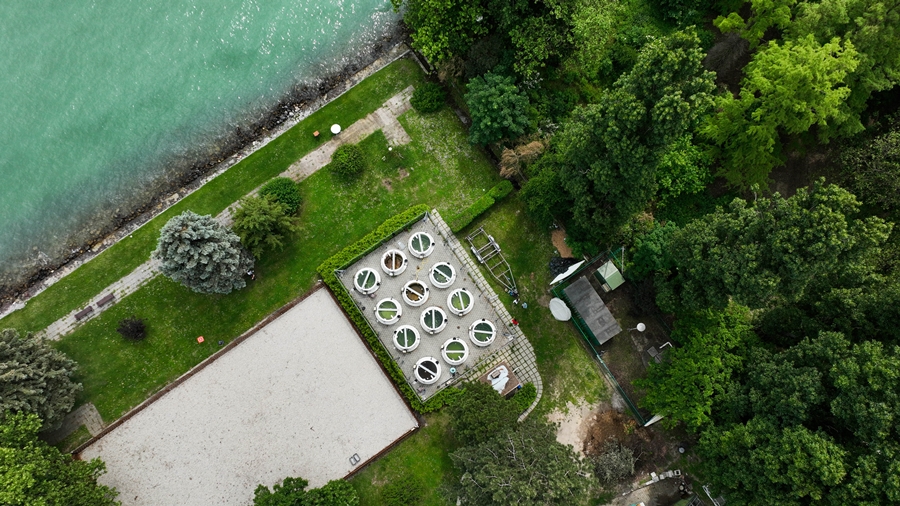
The outdoor mesocosm facility of Balaton Limnological Research Institute (mesocosm: an experimental system that examines the natural environment under controlled conditions) consists of 12 outdoor cylindrical plastic tanks; each has a volume of 5 cubic meters. Water temperature, nutrient levels, water circulation, light intensity, and several other relevant parameters can be controlled in the tanks, depending on the experimental hypotheses to be tested. The sensors deployed in the mesocosms gauge the most important physical parameters (e.g., light irradiation, water temperature, pH, dissolved oxygen, etc.). The tanks can be filled either with unfiltered water from Lake Balaton (pumped in directly from the lake), or with lake water filtered in three phases (gravel, – sand, – and UV filters).
The mesocosm system enables the researchers to study/model ecological processes under controlled conditions, such as the impacts of global climate change on aquatic food-webs, or the interactions of environmental factors promoting algal blooms.
Contact person, leader scientist: Gergely Boros, PhD (boros.gergely@blki.hun-ren.hu)
DigiRec
A home-built refraction-based optical recording system for pharmacological investigations
The Ecophysiological and Environmental Toxicological Research Group of the Balaton Limnological Research Institute, in collaboration with researchers at the University of Sussex (UK), developed a novel and unique in vitro pharmacological method based on a refraction-based optical recording approach and contractile tissue preparations. The recording system has an own Java application named DigiRec, which was developed by Mr. Tamás Barta (bartatamas@gmail.com) and runs under Linux. The system was tested and validated on isolated heart preparations obtained from the well-established molluscan model species, the great pond snail (Lymnaea stagnalis). The developed system can be a suitable tool both in neuroscience and ecotoxicology.
Events
The LXVI. Hydrobiologist Days
The LXVI. Hydrobiologist Days were held between 1–3 October 2025 in Tihany, jointly organized by the Limnological Section of the Hungarian Hydrological Society, the HUN-REN Balaton Limnological Research Institute, the Hungarian Academy of Sciences’ National Water Science Programme, and the National Laboratory for Water Science and Water Security. This long-standing conference, first organized in 1957, is one of the most prestigious and traditional forums of Hungarian hydrobiologists and limnologists. Its primary aim is to present and discuss recent research results in freshwater hydrobiology and related disciplines, bringing together leading researchers and practical experts in water management and aquatic ecology.
The central theme of this year’s meeting was “Vulnerability and Resilience of Aquatic Ecosystems.” The event attracted great interest, with 103 participants from all major Hungarian universities and research institutions, as well as from water authorities, government offices, and national parks.
Each day opened with an invited lecture: József Gacsályi (General Directorate of Water Management) presented the national “Vizet a Tájba (Water to the Landscape)” program; Vera Istvánovics (HUN-REN–BME Water Management Research Group) discussed the eutrophication and climate-related challenges of Lake Balaton; and Gábor Vasas, director of the HUN-REN Balaton Limnological Research Institute, spoke about the consequences of algal blooms in Lake Balaton. In total, 43 additional oral presentations were delivered, and a round-table discussion focused on the “Water to the Landscape” program.
The Best Scientific Presentation Award of the MTA National Water Science Programme went to Arnold Móra and co-authors for their work on chironomid head capsules as indicators of spatial and temporal changes. Tihany Municipality sponsored prizes for young researchers: Silvia Bartóková won first place, while Dorottya Bischof-Weisz and Emese Gyökeres shared the second prize. Special awards offered by Aranyponty Fisheries Ltd. were presented to Eduárd Csépes and László G.-Tóth.
By maintaining this traditional forum in Tihany, the organizers aim to further strengthen the scientific standards of Hungarian hydrobiology and to inspire the next generation of young researchers and professionals to engage in aquatic science and water management.
LXVI. Hydrobiologist Days in Tihany
LXVI. Hydrobiologist Days in Tihany
The LXVI. Hydrobiologist Days were held between 1–3 October 2025 in Tihany, jointly organized by the Limnological Section of the Hungarian Hydrological Society, the HUN-REN Balaton Limnological Research Institute, the Hungarian Academy of Sciences’ National Water Science Programme, and the National Laboratory for Water Science and Water Security. This long-standing conference, first organized in 1957, is one of the most prestigious and traditional forums of Hungarian hydrobiologists and limnologists. Its primary aim is to present and discuss recent research results in freshwater hydrobiology and related disciplines, bringing together leading researchers and practical experts in water management and aquatic ecology.
The central theme of this year’s meeting was “Vulnerability and Resilience of Aquatic Ecosystems.” The event attracted great interest, with 103 participants from all major Hungarian universities and research institutions, as well as from water authorities, government offices, and national parks.
Each day opened with an invited lecture: József Gacsályi (General Directorate of Water Management) presented the national “Vizet a Tájba (Water to the Landscape)” program; Vera Istvánovics (HUN-REN–BME Water Management Research Group) discussed the eutrophication and climate-related challenges of Lake Balaton; and Gábor Vasas, director of the HUN-REN Balaton Limnological Research Institute, spoke about the consequences of algal blooms in Lake Balaton. In total, 43 additional oral presentations were delivered, and a round-table discussion focused on the “Water to the Landscape” program.
The Best Scientific Presentation Award of the MTA National Water Science Programme went to Arnold Móra and co-authors for their work on chironomid head capsules as indicators of spatial and temporal changes. Tihany Municipality sponsored prizes for young researchers: Silvia Bartóková won first place, while Dorottya Bischof-Weisz and Emese Gyökeres shared the second prize. Special awards offered by Aranyponty Fisheries Ltd. were presented to Eduárd Csépes and László G.-Tóth.
By maintaining this traditional forum in Tihany, the organizers aim to further strengthen the scientific standards of Hungarian hydrobiology and to inspire the next generation of young researchers and professionals to engage in aquatic science and water management.
1st Central European Wetland Fish Workshop
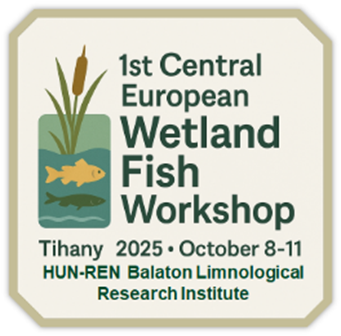
Programme
Wednesday, 8 October
- Arrival
- Room check-in
- Walk in and around the Institute or, upon request, in the village
- Dinner and informal discussion
Thursday, 9 October
08:30–09:00 – Péter Takács – brief introduction to the HUN-REN Balaton Limnological Research Institute and the work carried out here
09:00–12:00 – Short presentations or paper/project ideas from participants; assigning roles and contributors
- Josef Wanzenböck – Fish ecology at the Research Department for Limnology, Mondsee – ongoing projects and future directions
- Marek Šmejkal – Introduction to our institution and lab activities
- Marek Šmejkal – Suggestion for bibliometric study: Overview of conservation activities focused on non-commercial freshwater species
- Yevdokiia Stepanyshyna – Suggestion for bibliometric study: Methods of eradication and population control of invasive freshwater fish: habitat-specific approaches and their development over time
- Pankaj Gorule – Suggestion for bibliometric study: Conservation strategies across freshwater and marine ecosystems
- Sakshi Tripathi – Suggestion for bibliometric study: Trait-based invasion success in freshwater fishes of Central Europe
- Million Tesfaye – Suggestion for collaboration on original article: Response of a key freshwater predator to a continuously changing environment
12:00–13:00 – Lunch break
13:00–16:00 – Short presentations or paper/project ideas from participants; assigning roles and contributors
- István Lehoczky – Activities connected to the fishes of muddy waters in the National Centre for Biodiversity and Gene Conservation: present status and future plans
- Dušan Jelić – Population, ecology and habitat associations of the endangered mudminnow (Umbra krameri) in Croatia
- András Attila Nagy – The status of the European mudminnow (Umbra krameri) in Romania
- Ladislav Pekarik – Umbra krameri in Slovakia: lessons learnt and future perspectives
- Péter Takács – Project plan to reveal the functional diversity of the Middle Danubian fish fauna
- Additional talks (TBA)18:00 – Fish soup cooking over open fire, by Sallai & Co.
Friday, 10 October
09:00–11:00 – Summary and conclusions on the papers/projects to be pursued
12.00– Field trip to an “original” Umbrahabitat (approx. 45 km from Tihany) During the field trip, we may visit Szigliget Castle and/or have lunch in the Badacsony wine region (TBD)
18.00– Dinner and informal discussion
Saturday, 11 October
09:00 – Short walk in the village of Tihany
11:00 – Departures
16th International Symposium on Aquatic Oligochaetes (ISAO16)
The 16th International Symposium on Aquatic Oligochaetes was held from September 15 to 20 at our institute, organised by an international and local committee that provided a scientific platform for the community of oligochaetologists. The symposium was supported by HUN-REN BLRI, Auroscience Consulting (Budapest)and Györei Ltd (Pécs).
Participants arrived from Australia, Belgium, the Czech Republic, Germany, Hungary, Iraq, Japan, Poland, Russia, Serbia, Spain and Sweden. Károly Elekes, professor emeritus, gave an impressive overview of the history and scientific activity of our institute.
Most presentations focused on the evolution, taxonomy and systematics of aquatic oligochaetes, and new results were also shown on the organisation and evolution of the reproductive organs in microdrile and megadrile species, as well as the ecology of littoral oligochaetes.
Senior and young researchers of the Ecophysiology and Environmental Toxicology Research Group, with their Hungarian collaborators, presented new results on the cellular organisation of the innate immune system of oligochaetes and its role in embryonic development and segment regeneration.
A memorial lecture was held in honour of the recently deceased, outstanding colleague, Mark Wetzel.
The five-day conference, held in the uniquely beautiful surroundings of our institute, concluded with great success and satisfaction. We look forward to meeting again in 2028 with internationally recognised researchers of oligochaetology at the selected country and university by the electronic vote of our community.
Second Symposium on Invertebrate Neuroscience
Symposium on Invertebrate Neuroscience (SIN)
Organized once again by the HUN-REN Balaton Limnological Research Institute, the international Symposium on Invertebrate Neuroscience (SIN) brought together researchers from the United States, Canada, the Netherlands, France, Germany, Japan, Russia, Israel, and Italy. Since 1967, our institute has been the traditional venue of this renowned conference on invertebrate neuroscience, providing a unique platform for scientists from East and West to exchange knowledge and foster fruitful collaborations. This year’s symposium was supported by the Hungarian Neuroscience Society (MITT) and the National Brain Research Program (NAP 3.0).
The conference focused on the latest advances in invertebrate neuroscience, covering a wide range of topics such as adaptive mechanisms, neural networks, behavior, the molecular processes underlying learning and memory formation, cognitive aging, evolution and development, neuromorphology, visual and chemical perception, and (neuro)genetics. In addition to the broad scientific scope, special emphasis was placed on cutting-edge techniques and technologies in invertebrate neuroscience. The symposium also aimed to highlight the significance and potential of invertebrate model systems in addressing and understanding the pressing challenges and questions of our time. Two memorial lectures were held in honor of recently deceased colleagues.
Seven senior and early-career researchers from our Ecophysiology and Environmental Toxicology Research Group contributed to the program with oral and poster presentations showcasing their latest findings.
The five-day conference, held in the uniquely beautiful surroundings of our institute, concluded with great success and satisfaction. According to tradition, we look forward to meeting again in 2028 with the internationally recognized researchers of invertebrate neuroscience.

